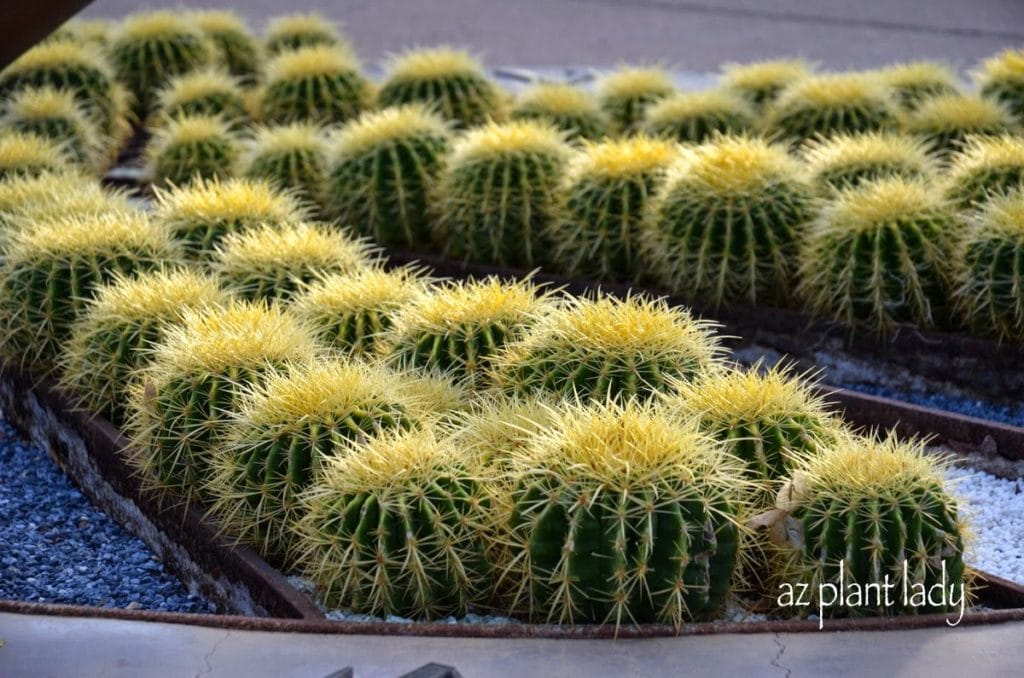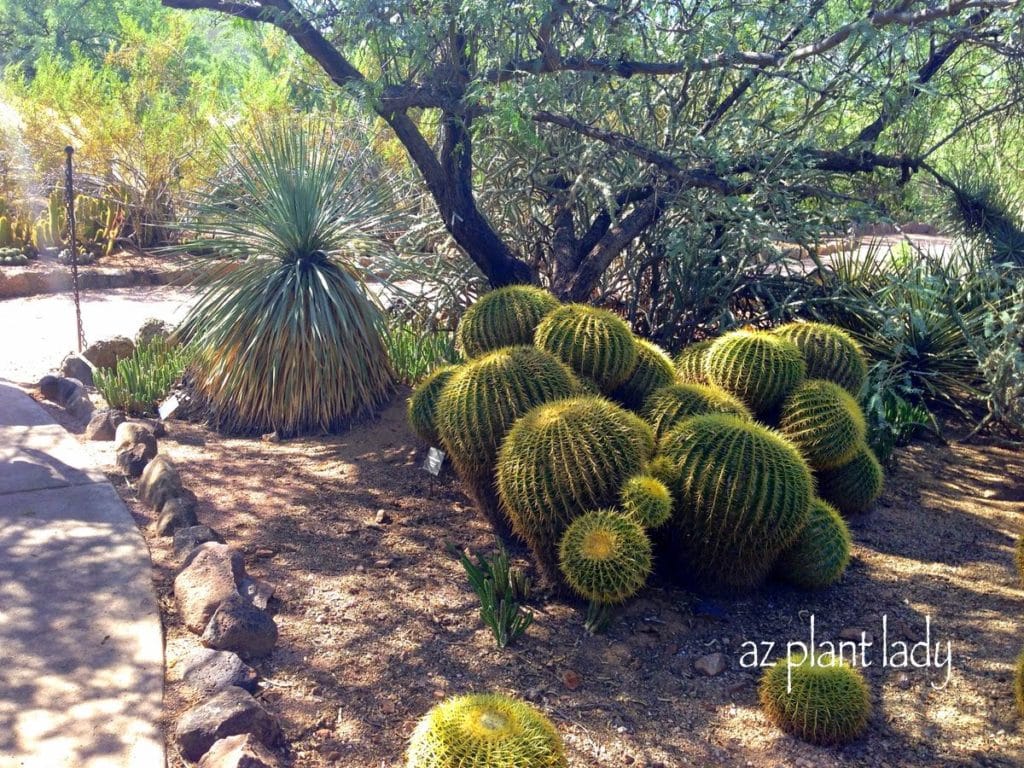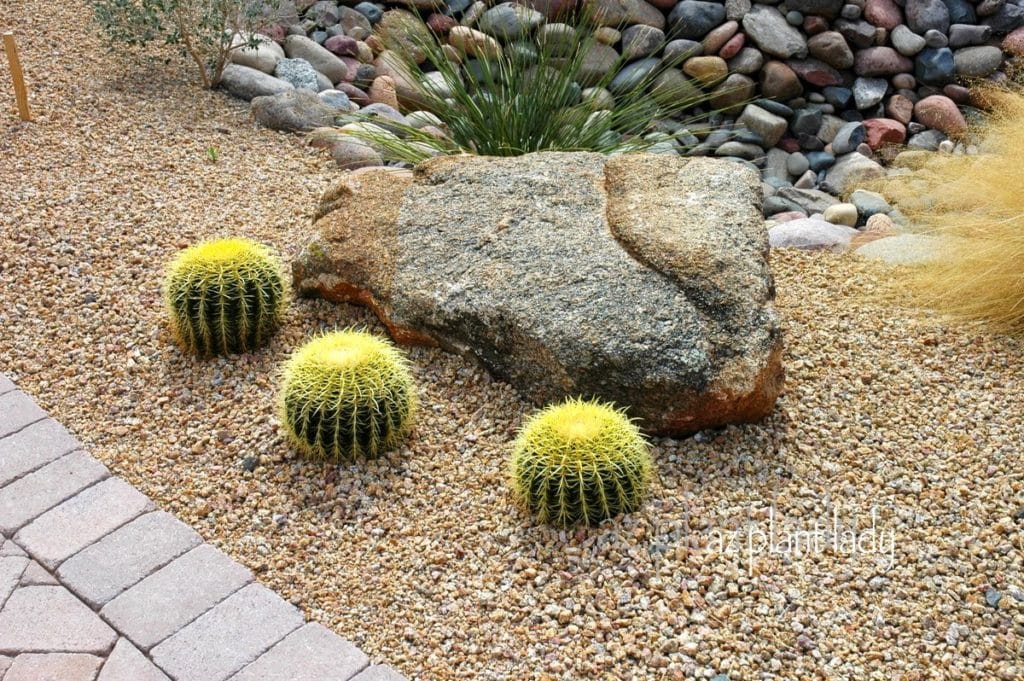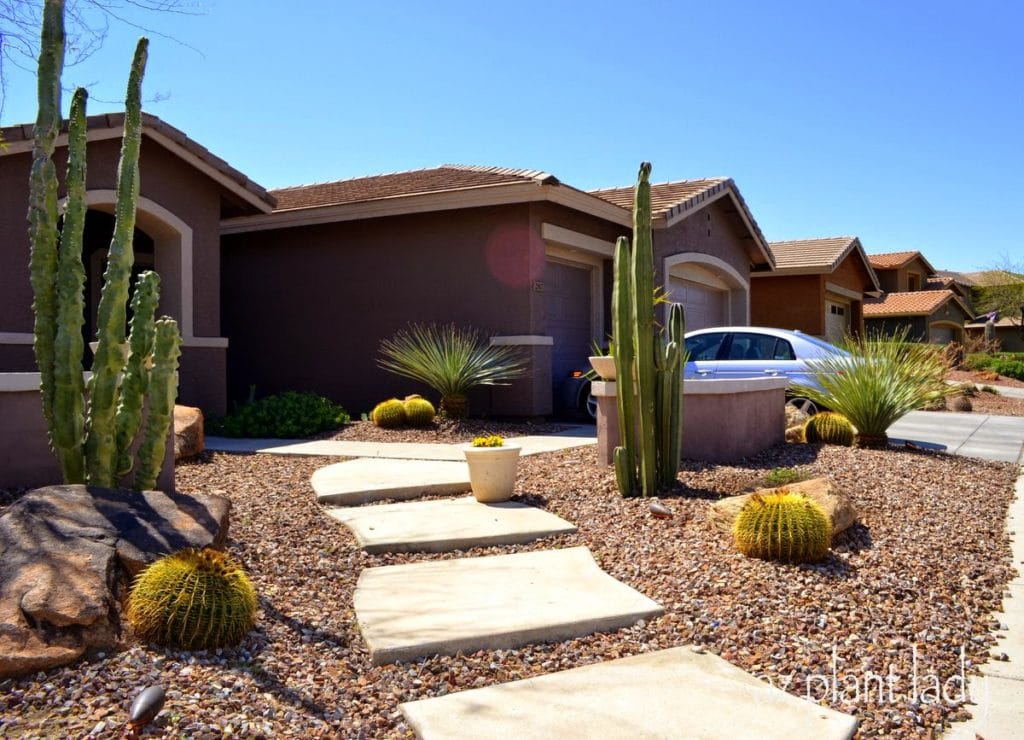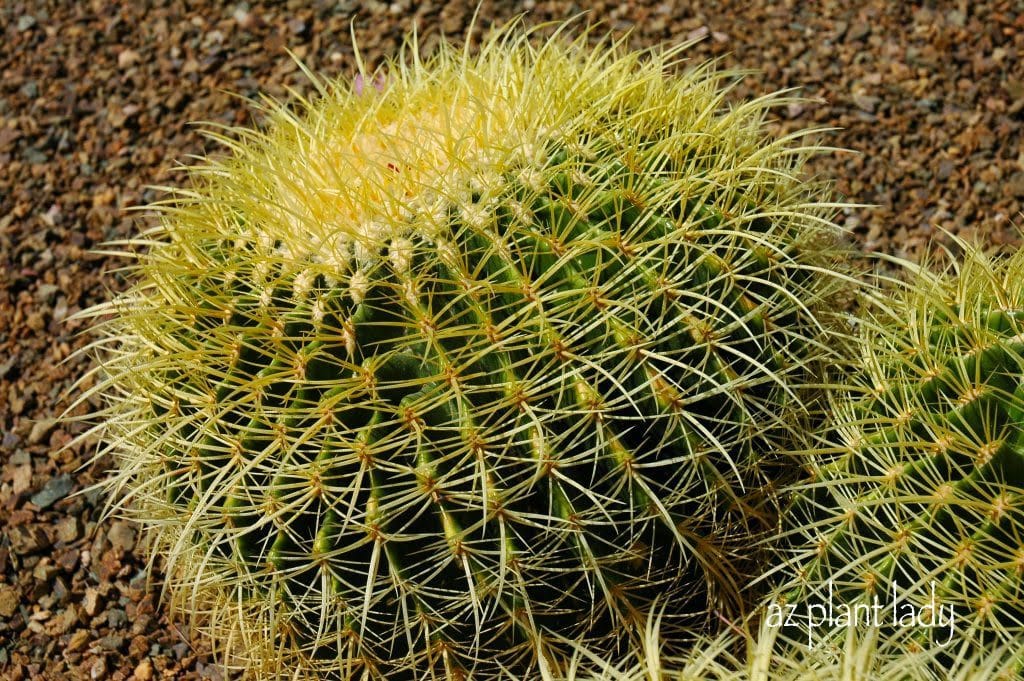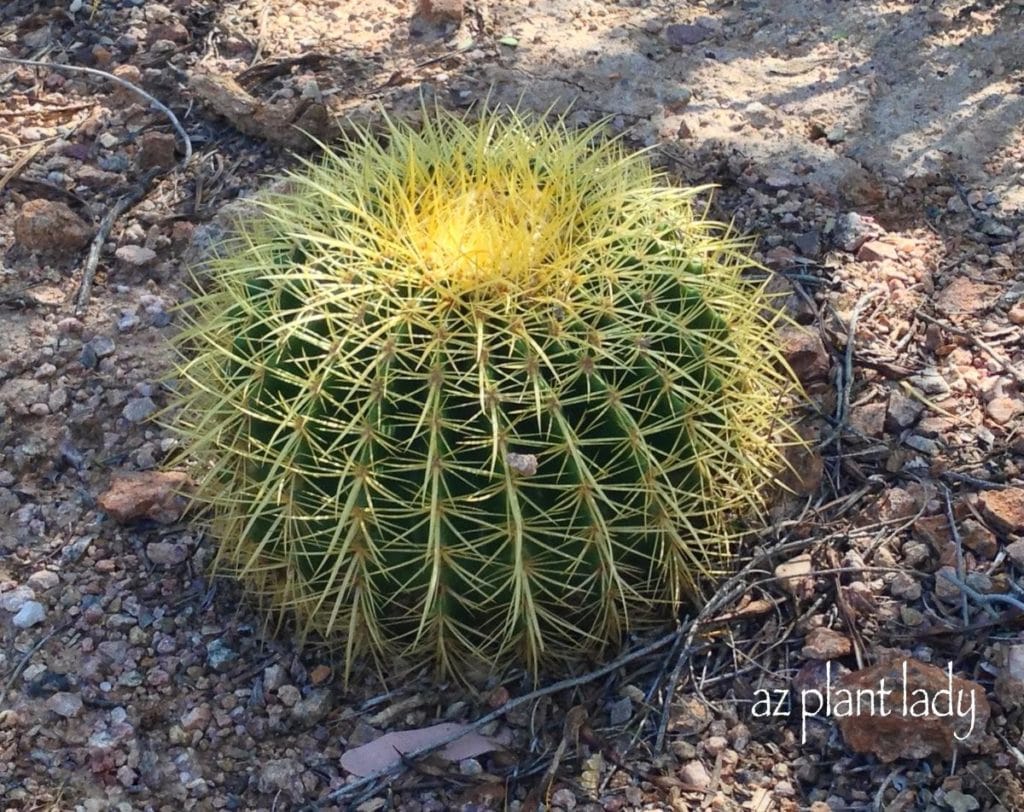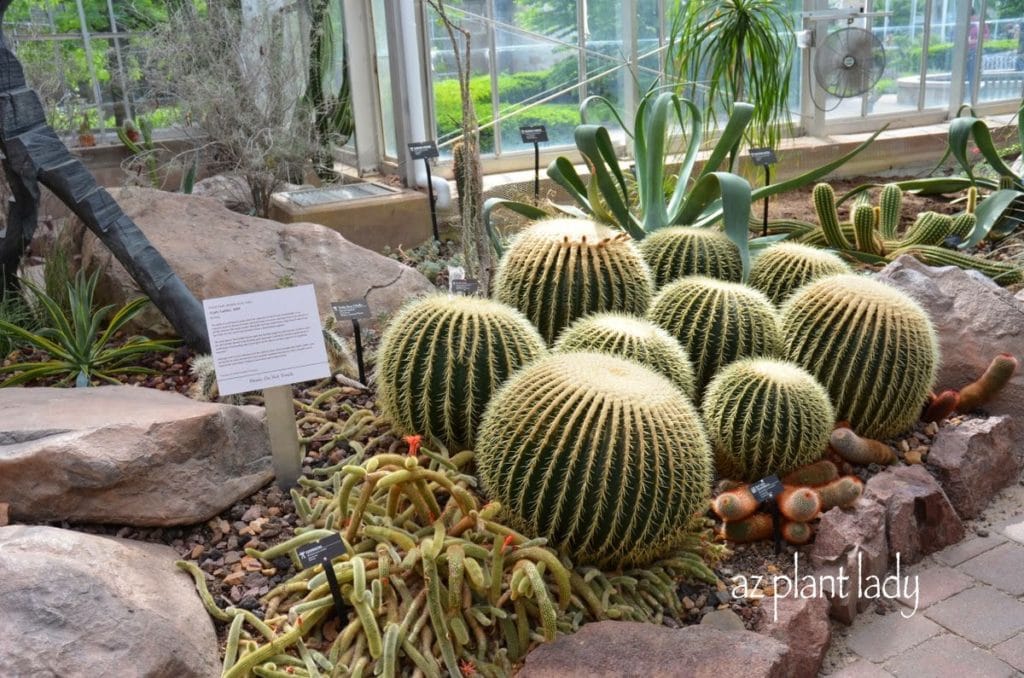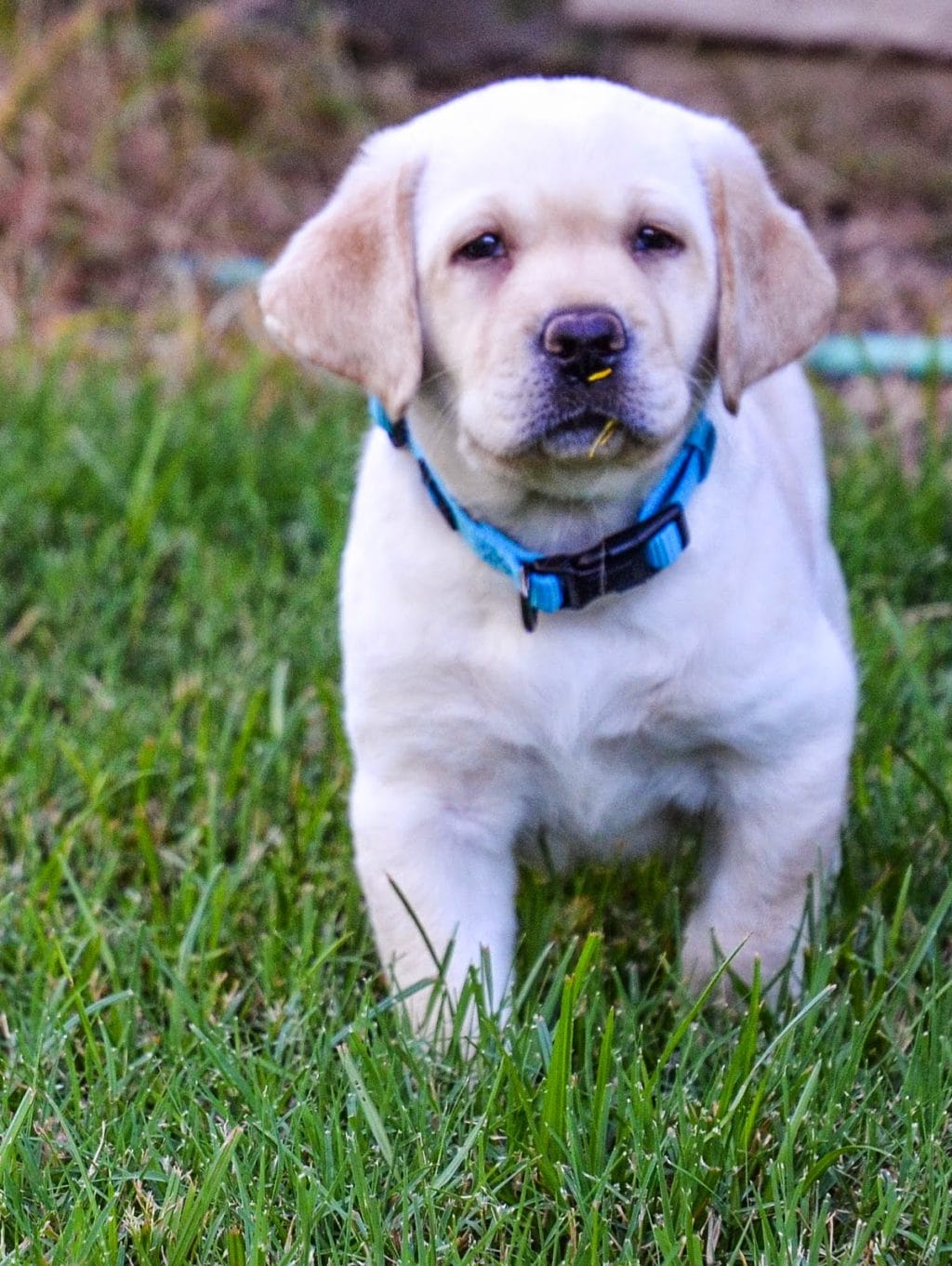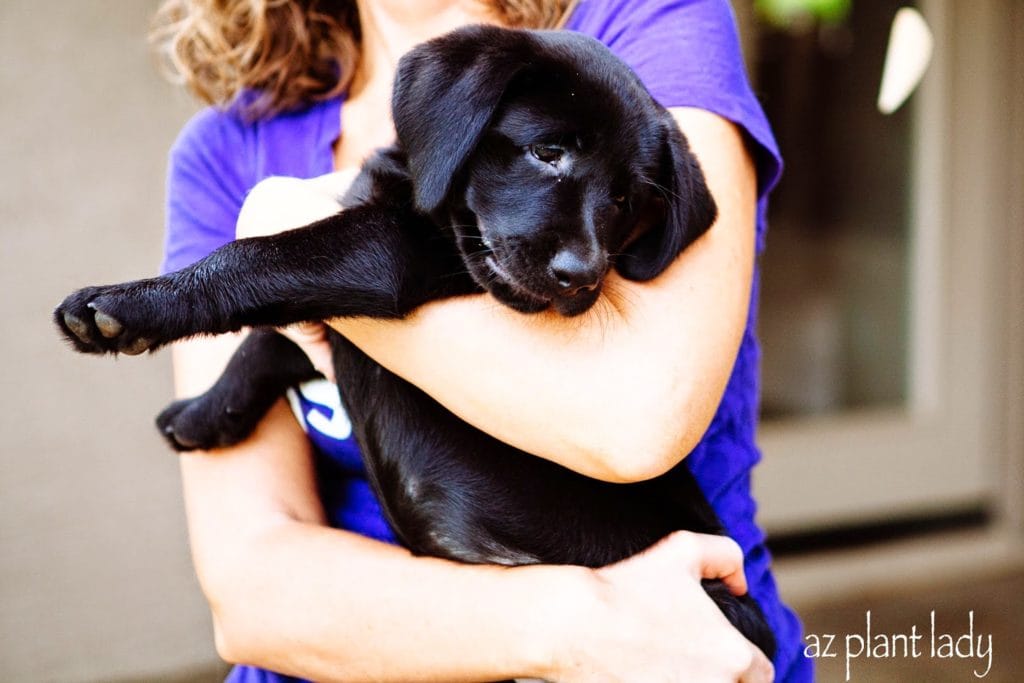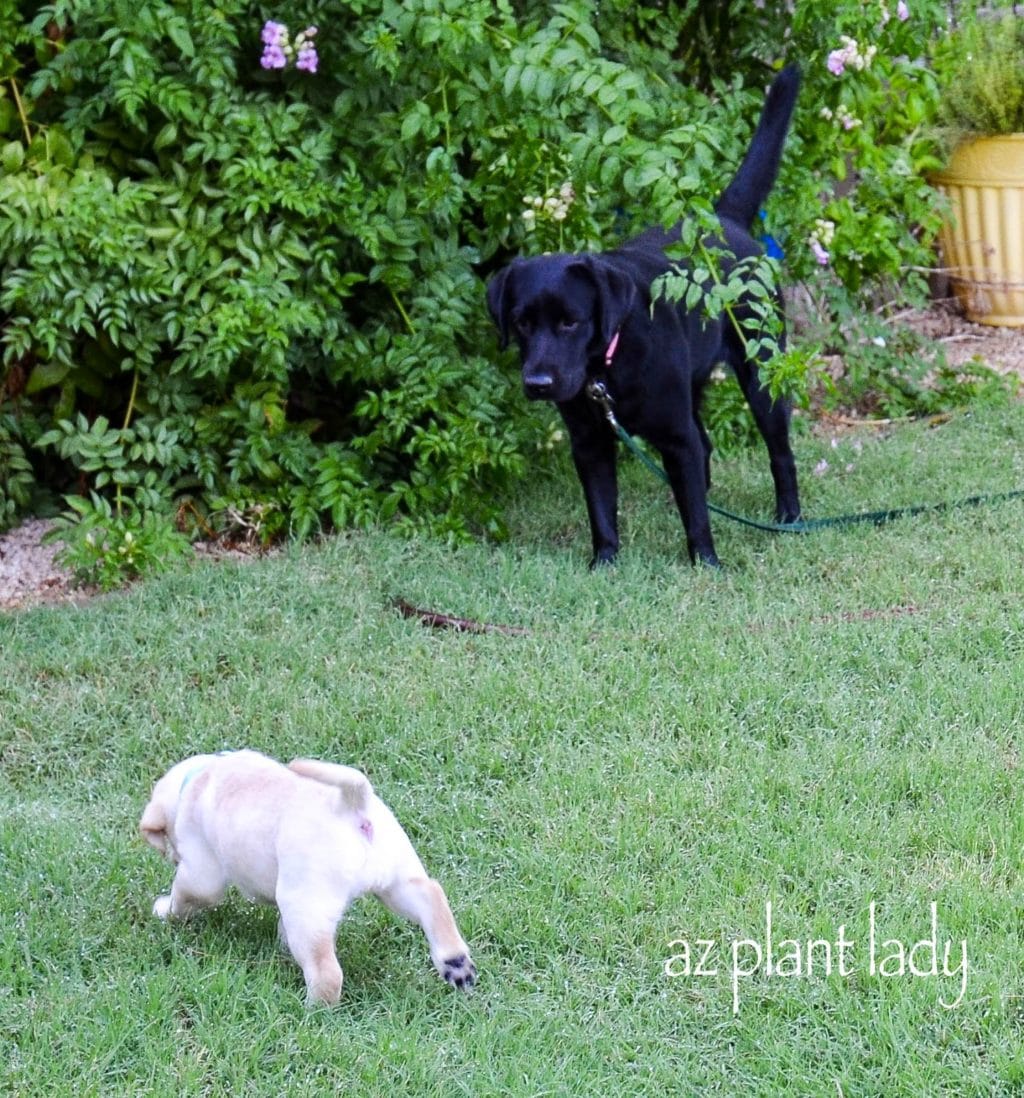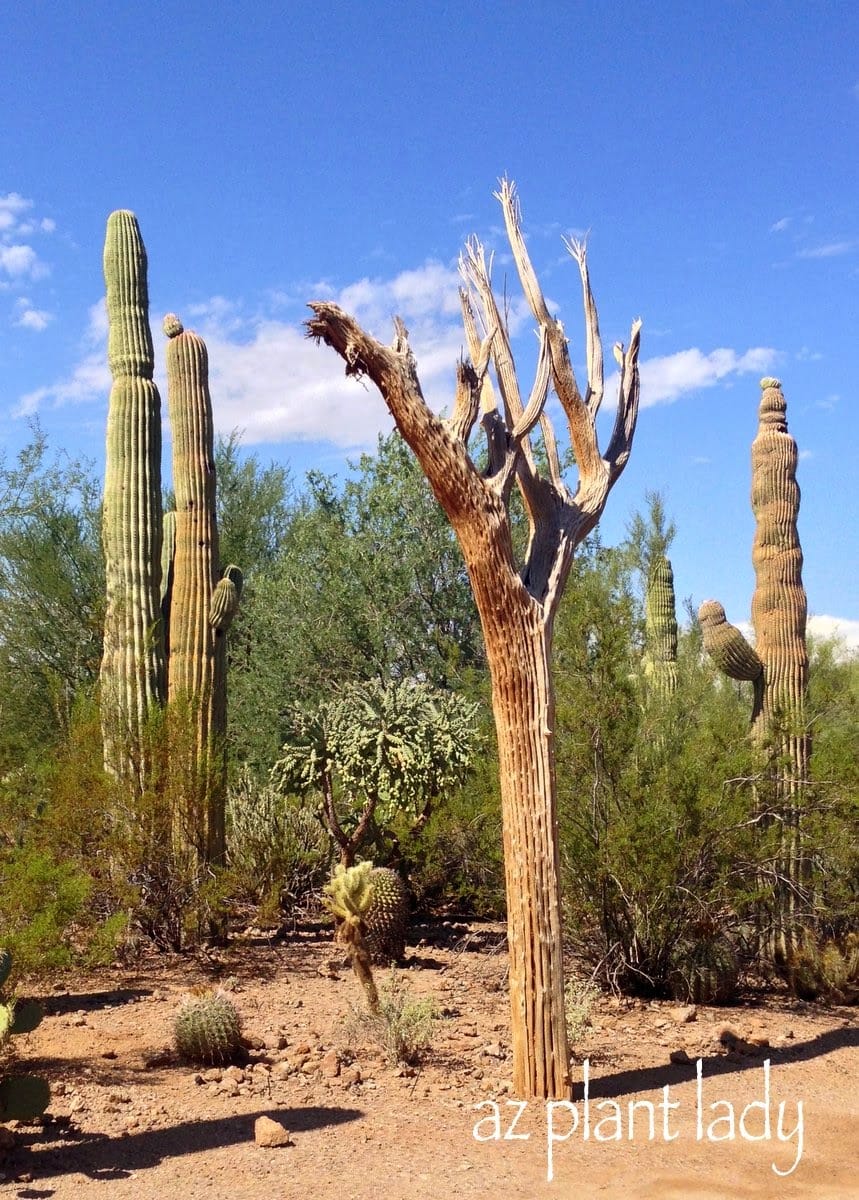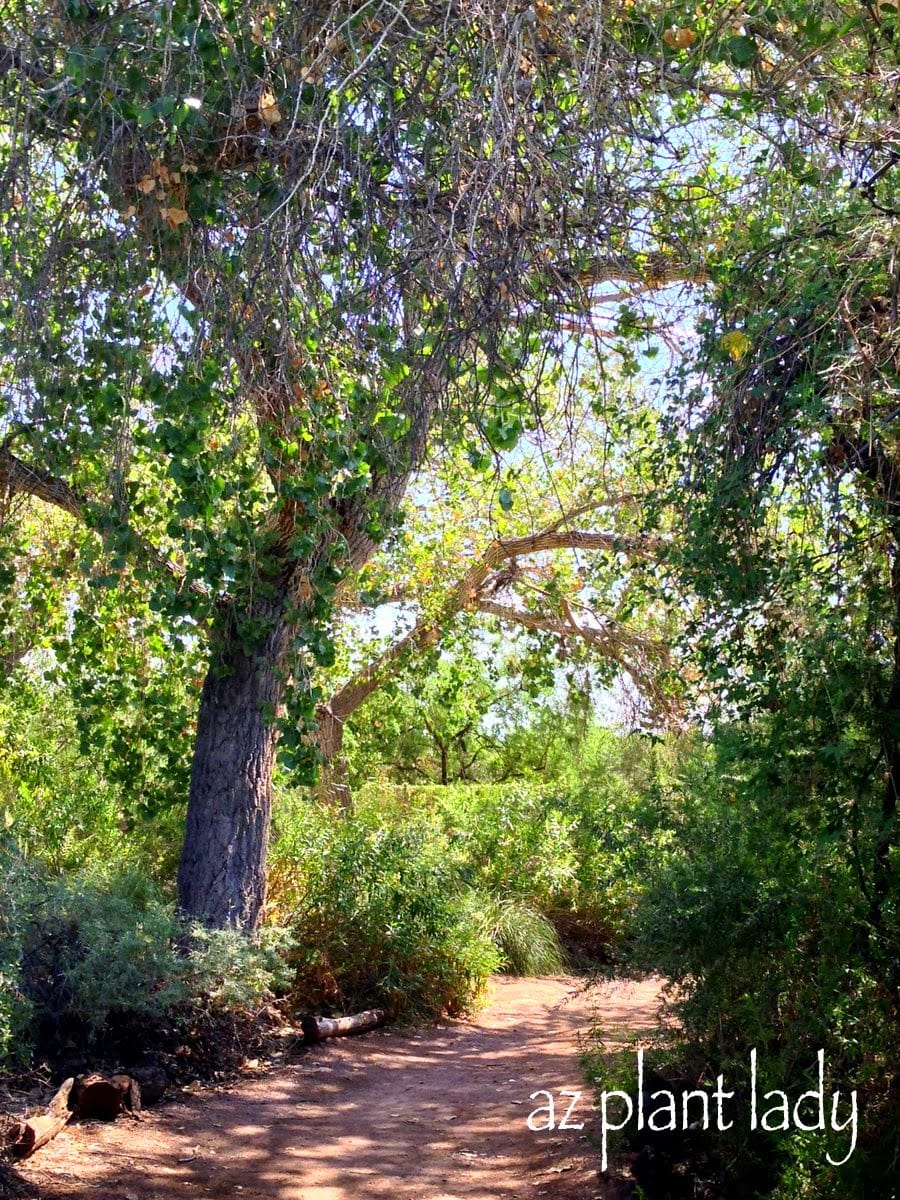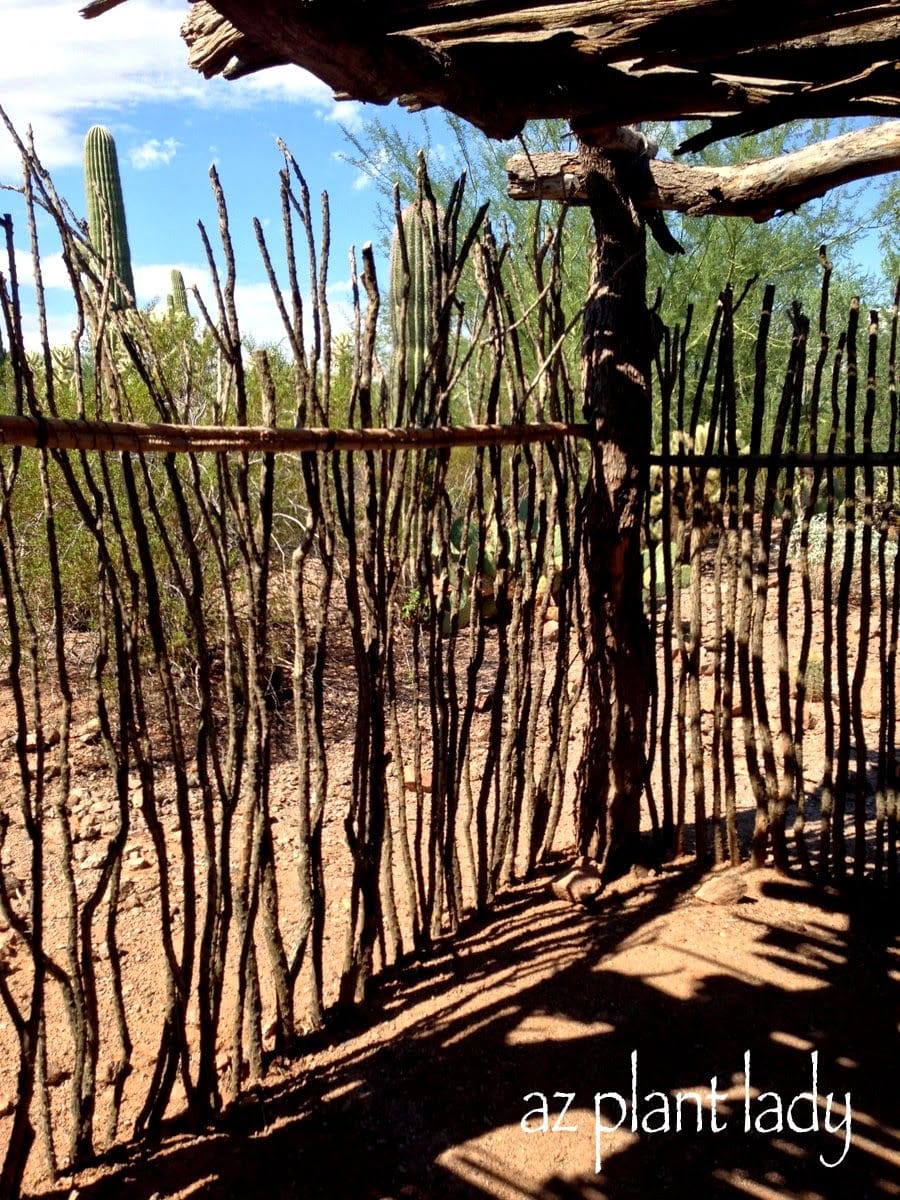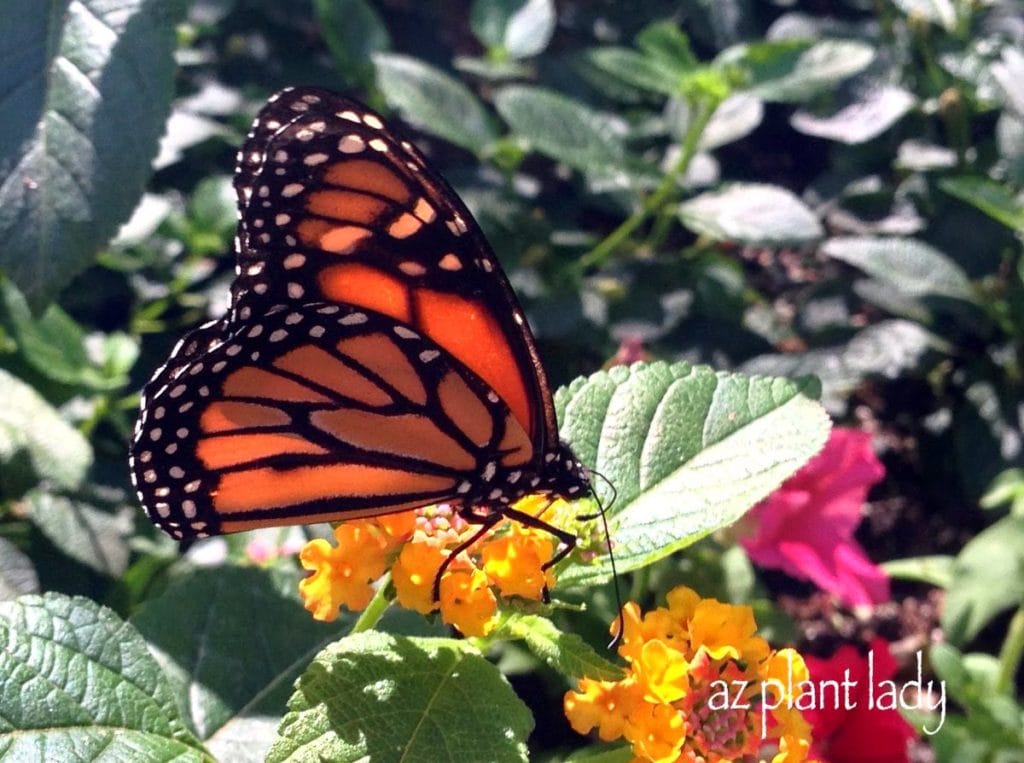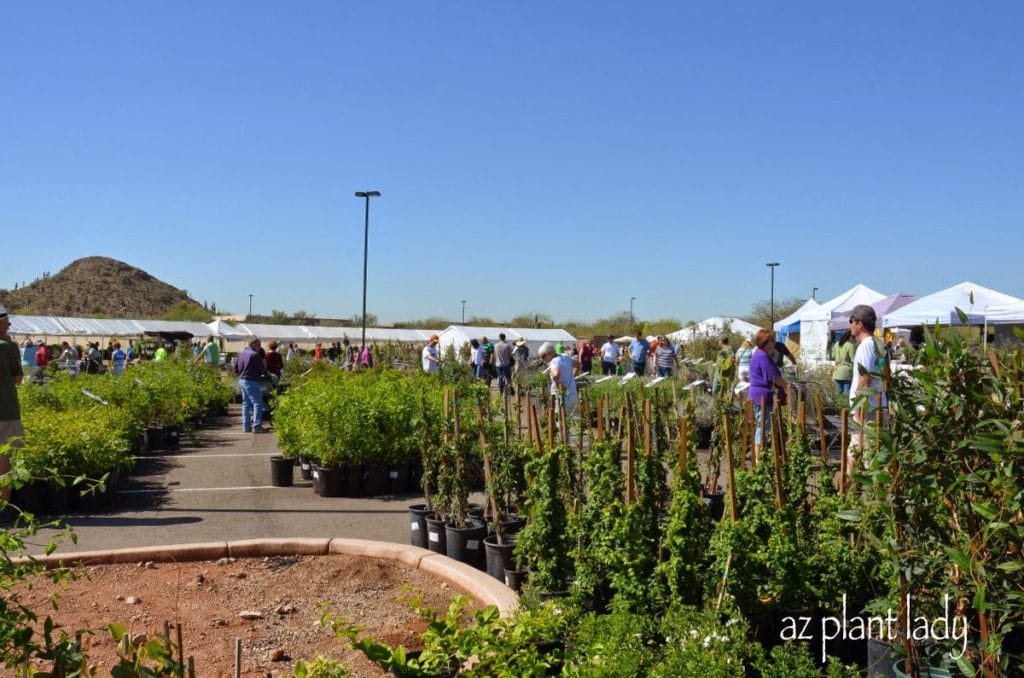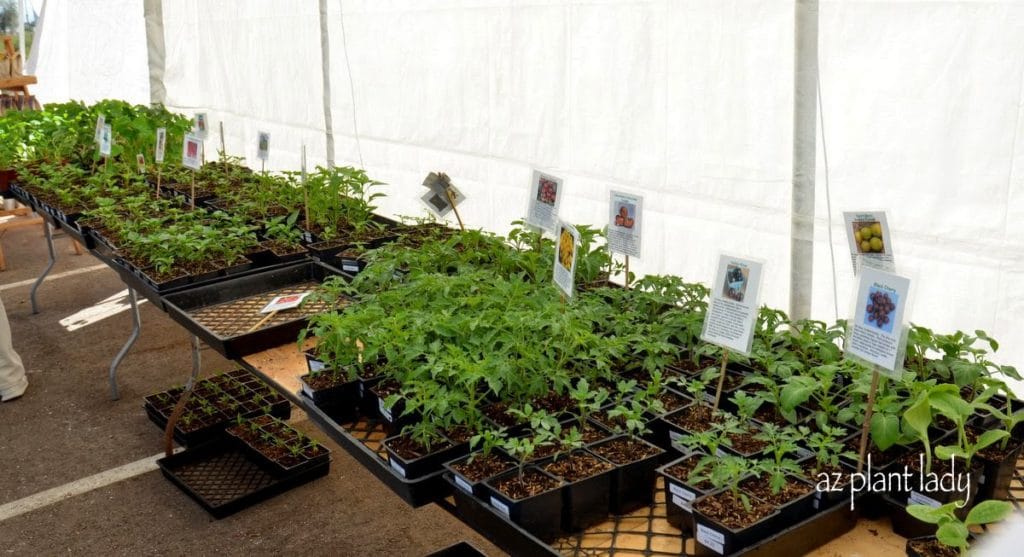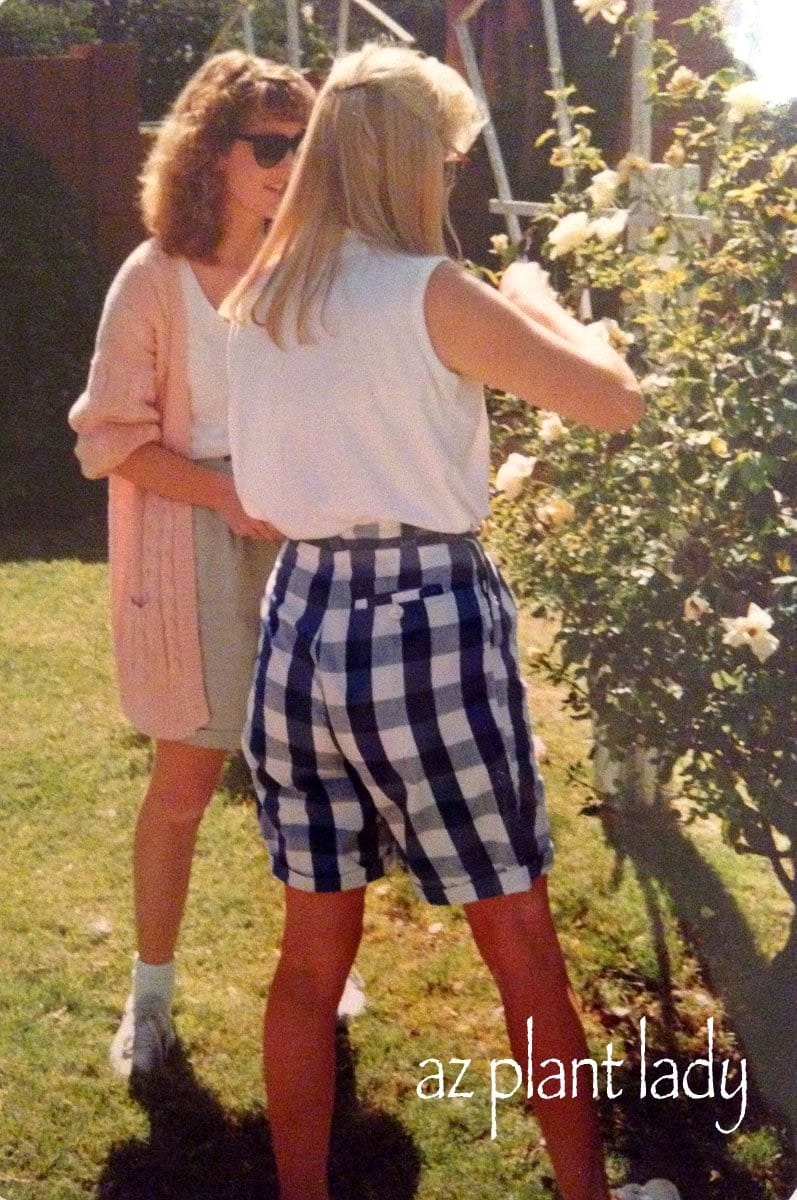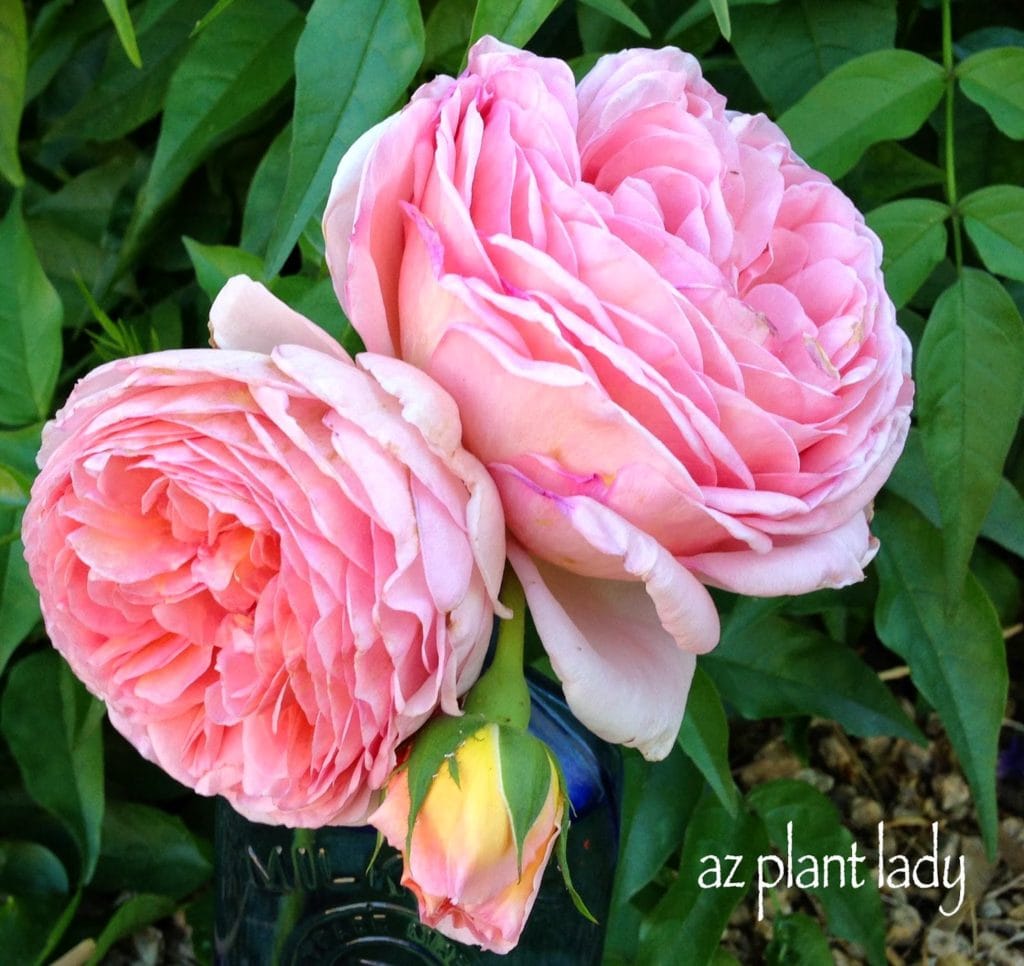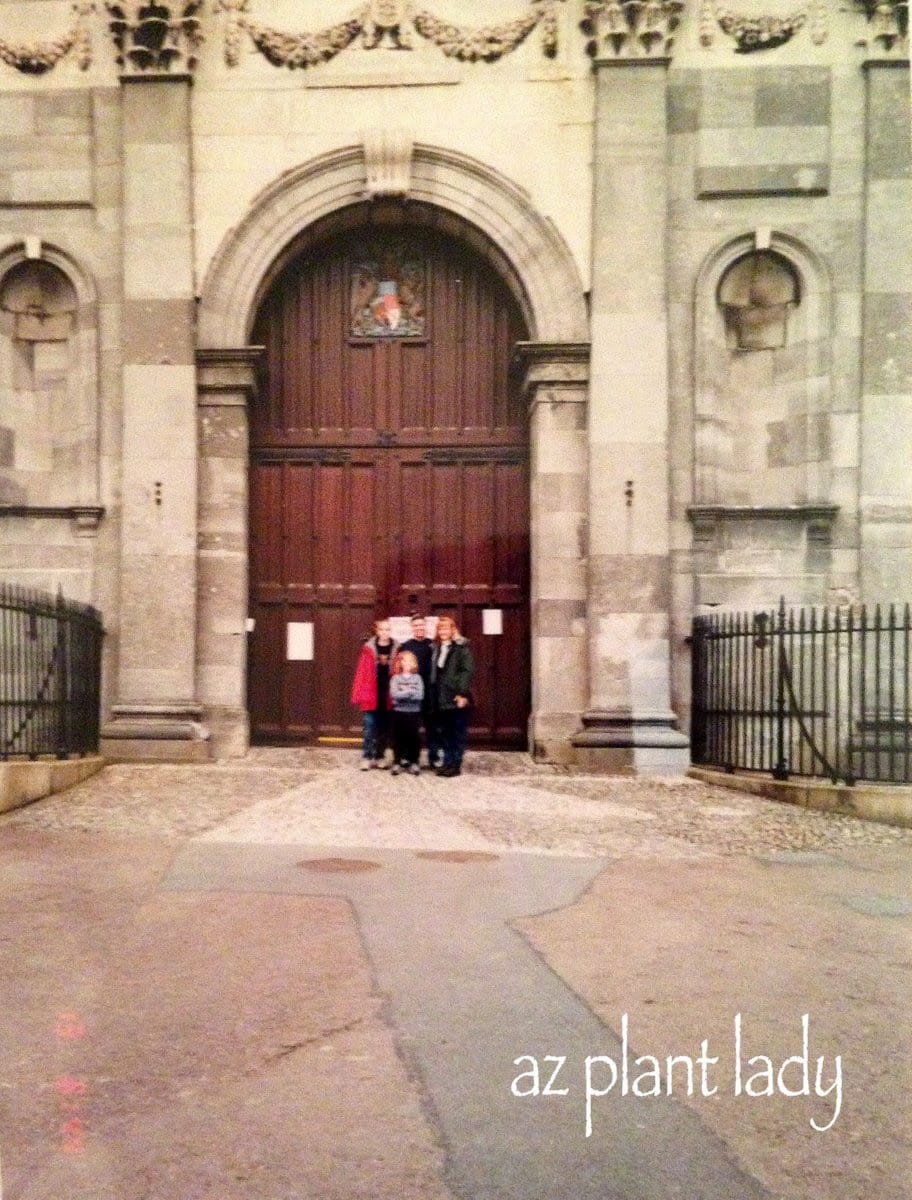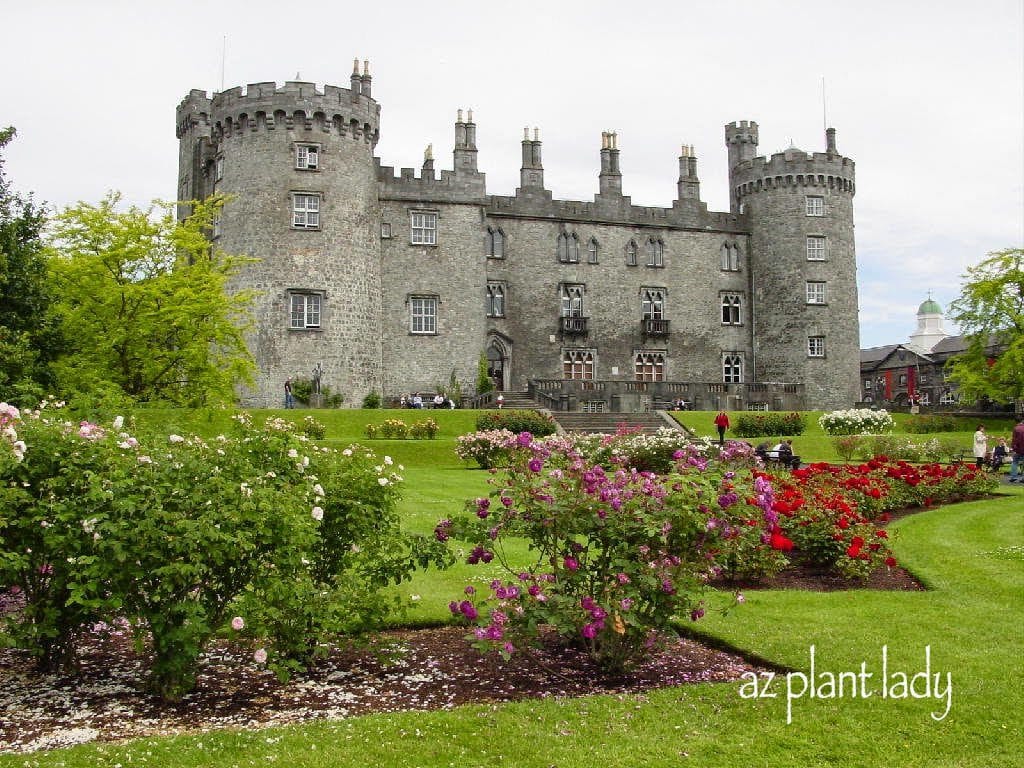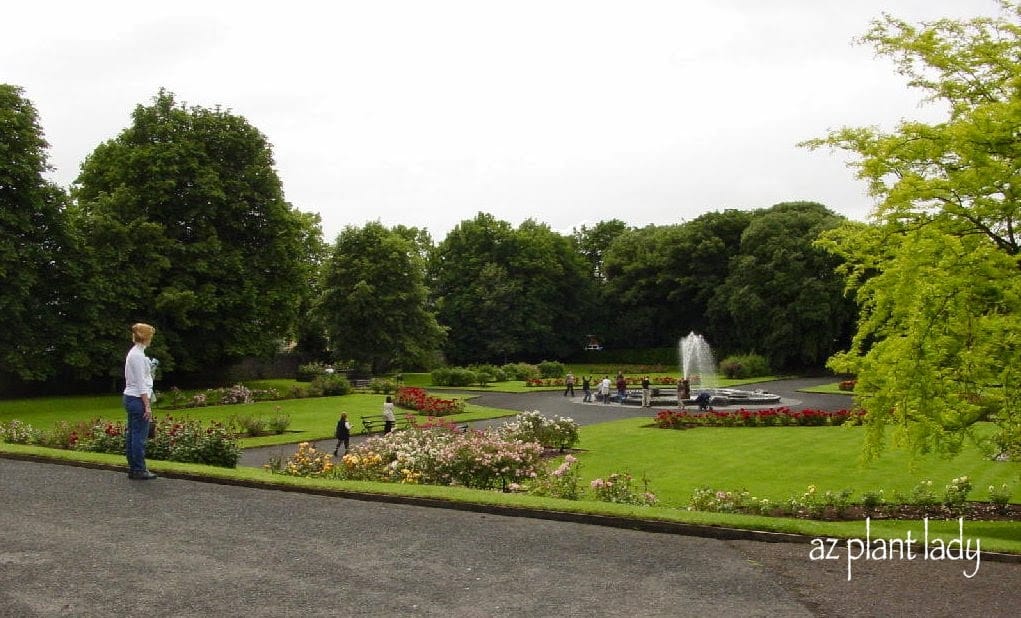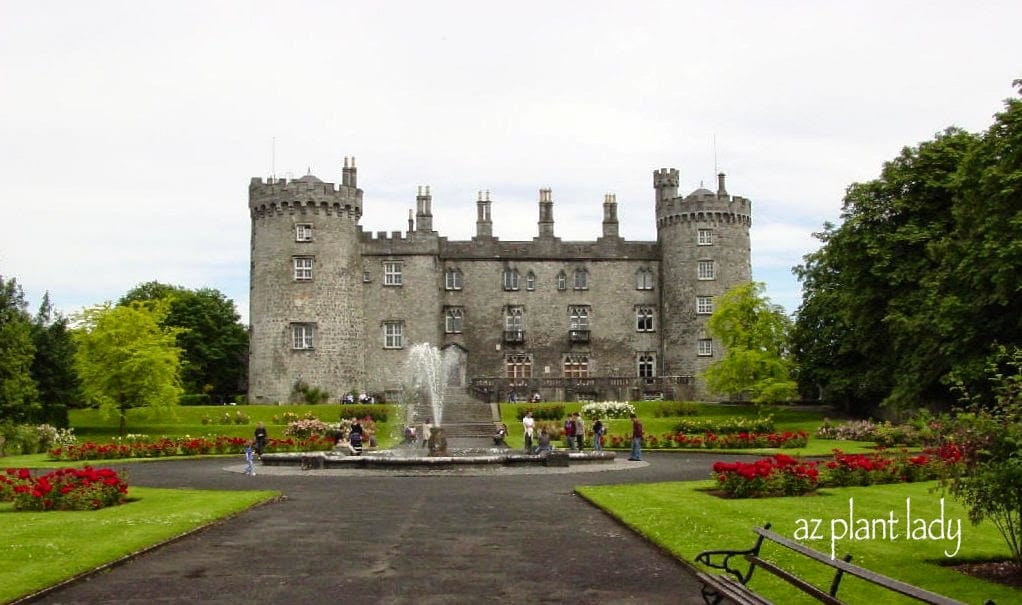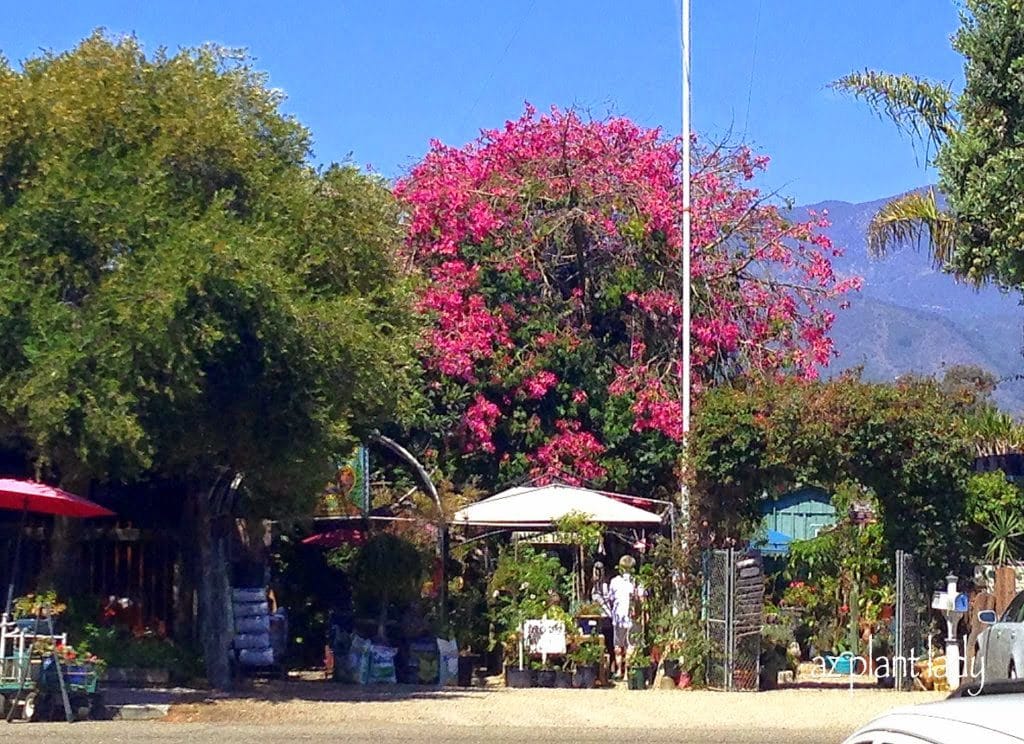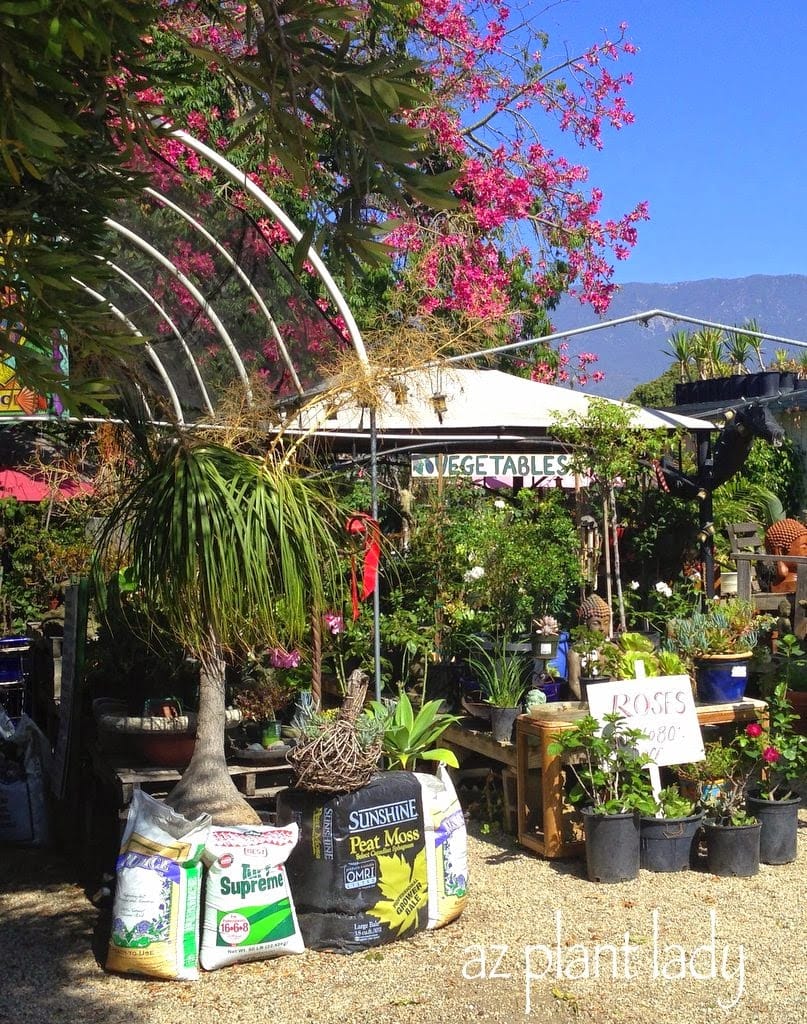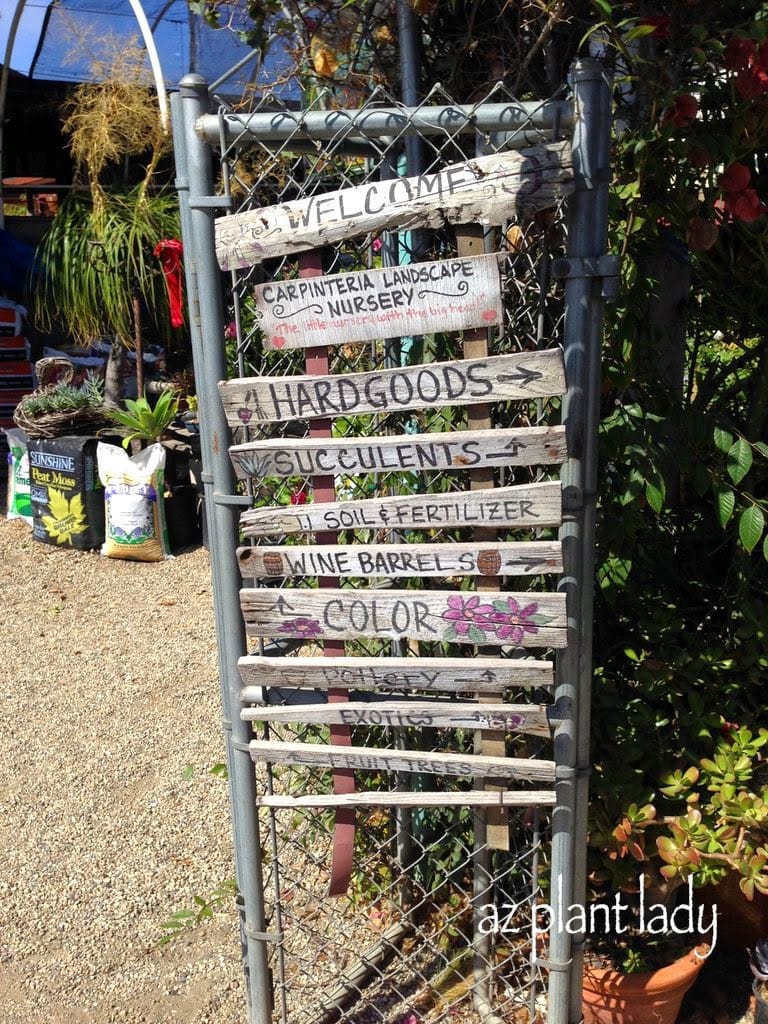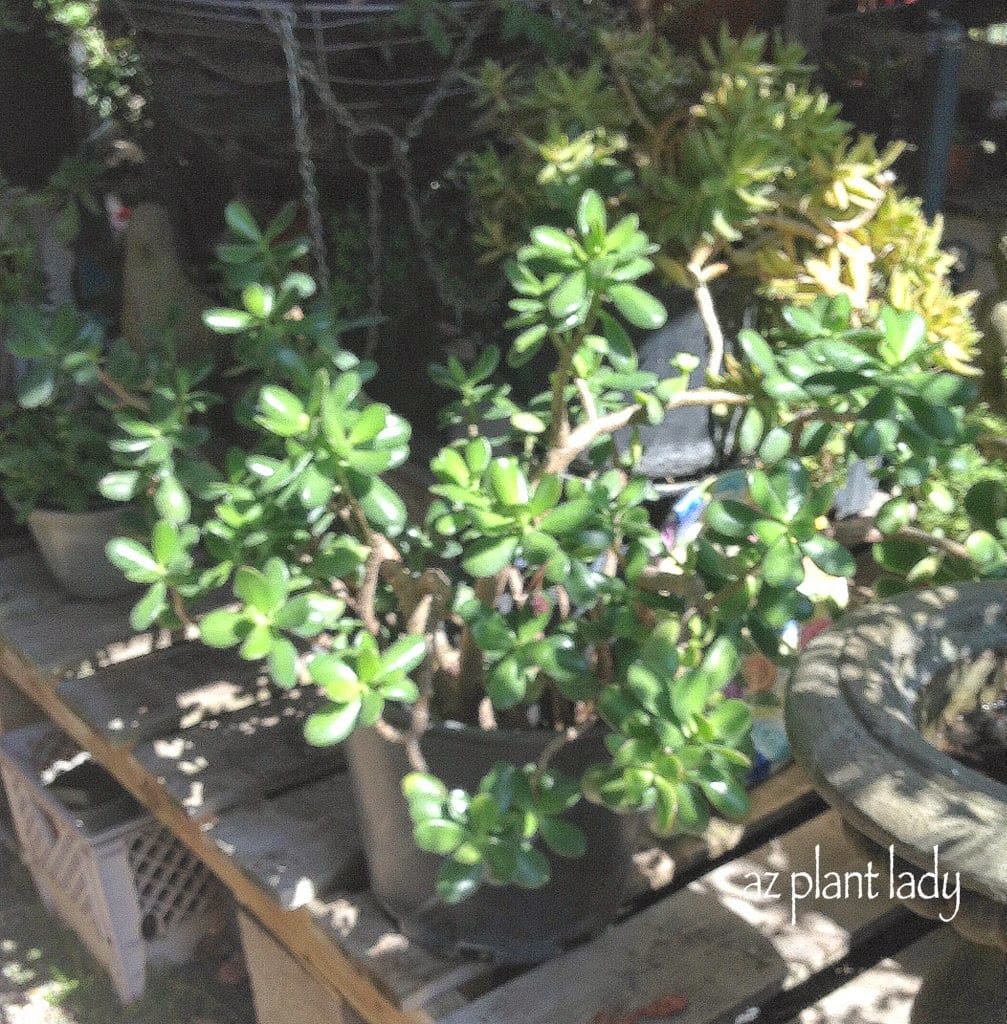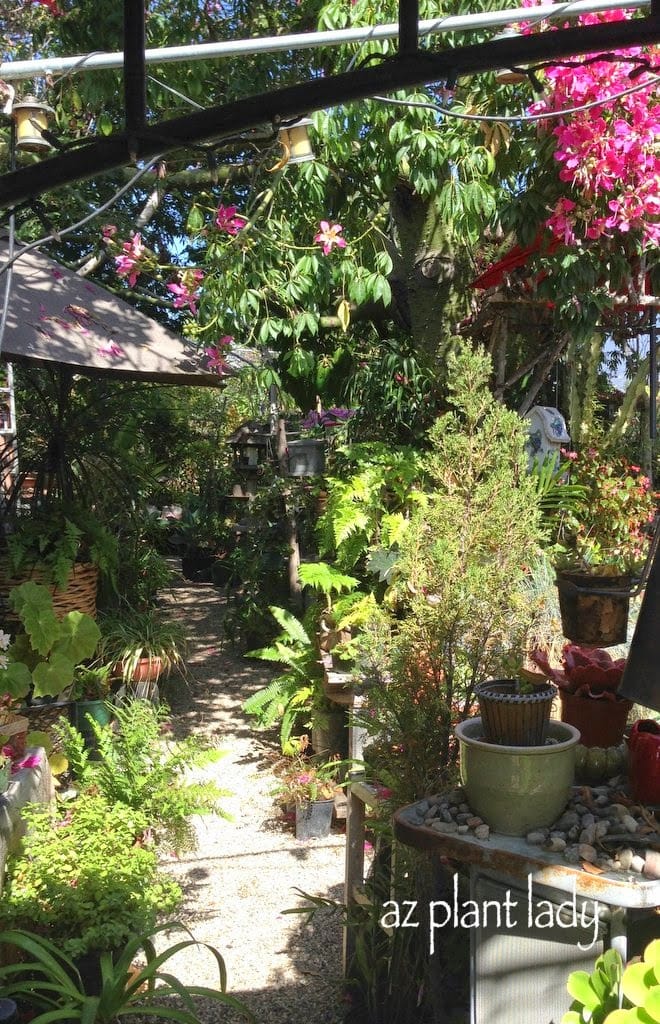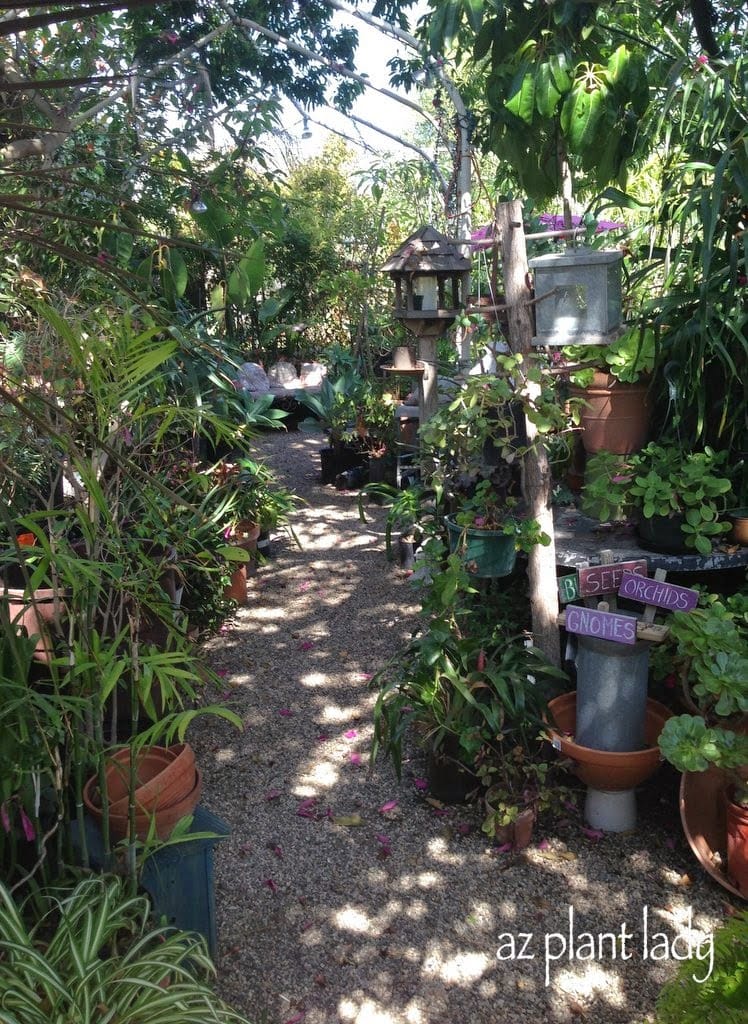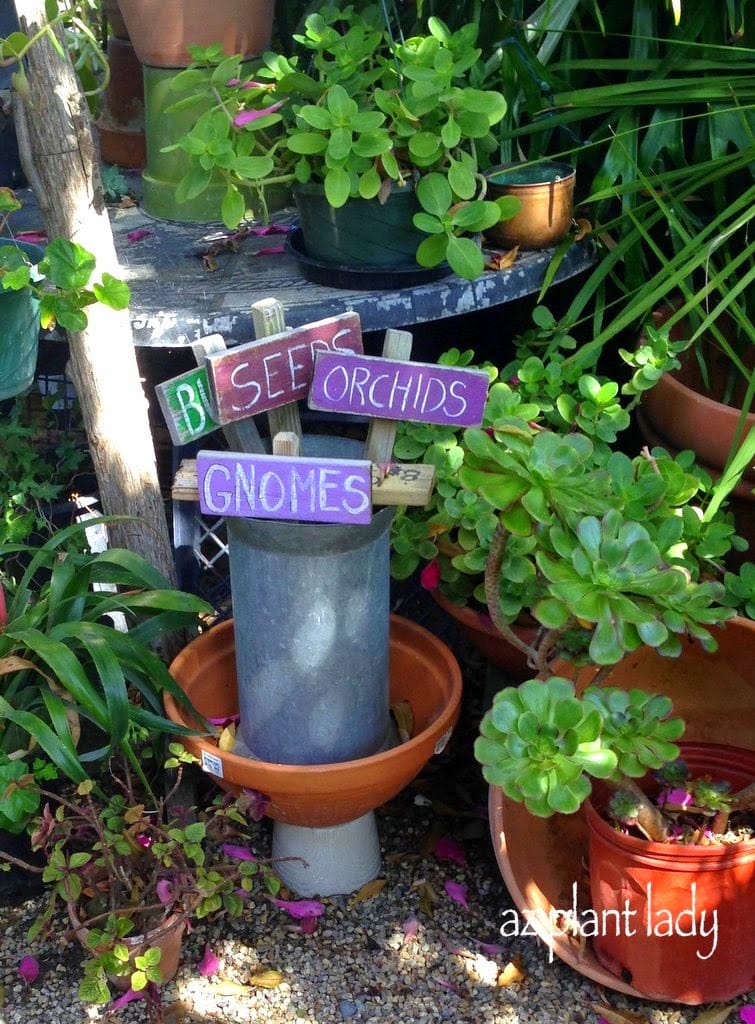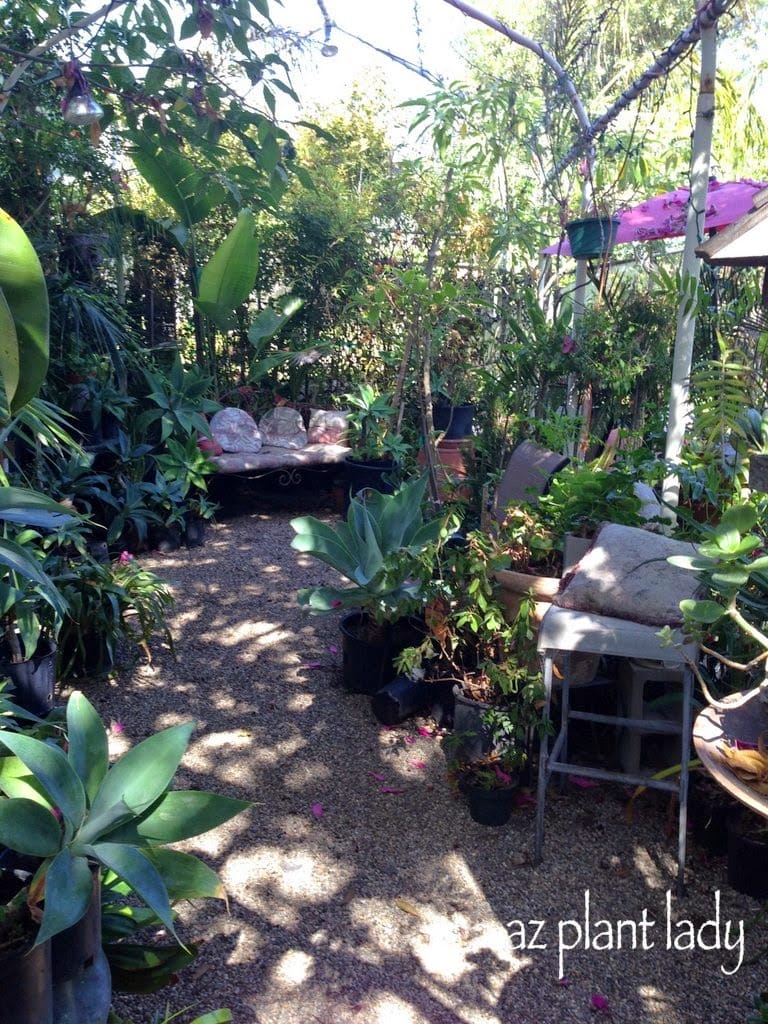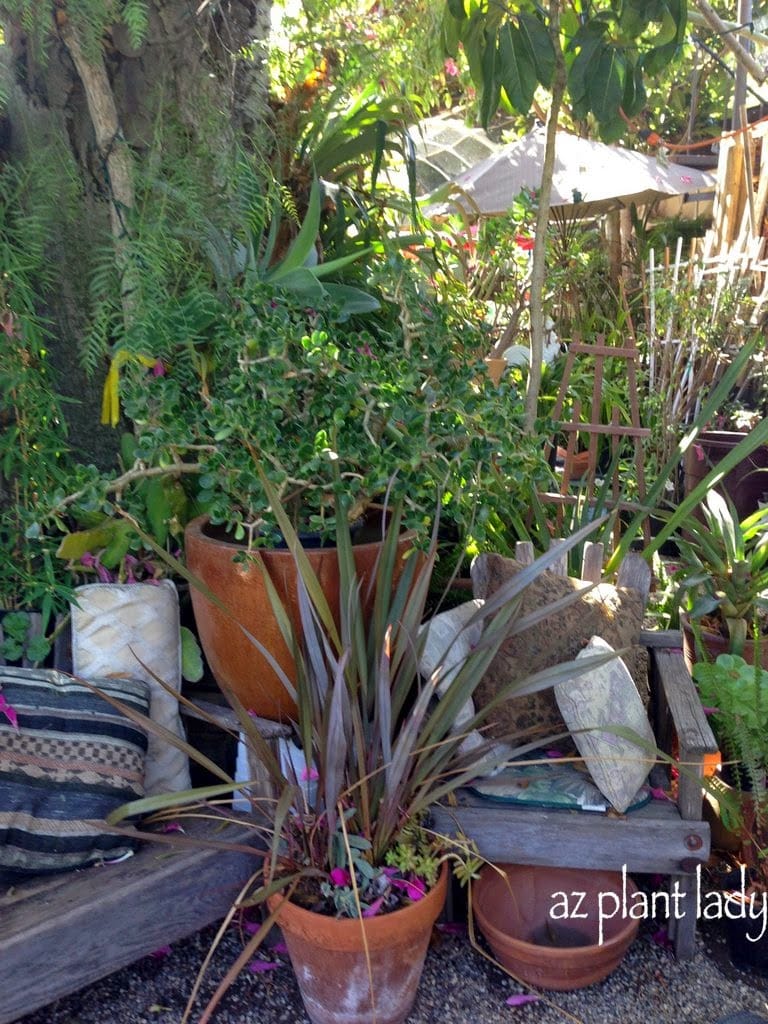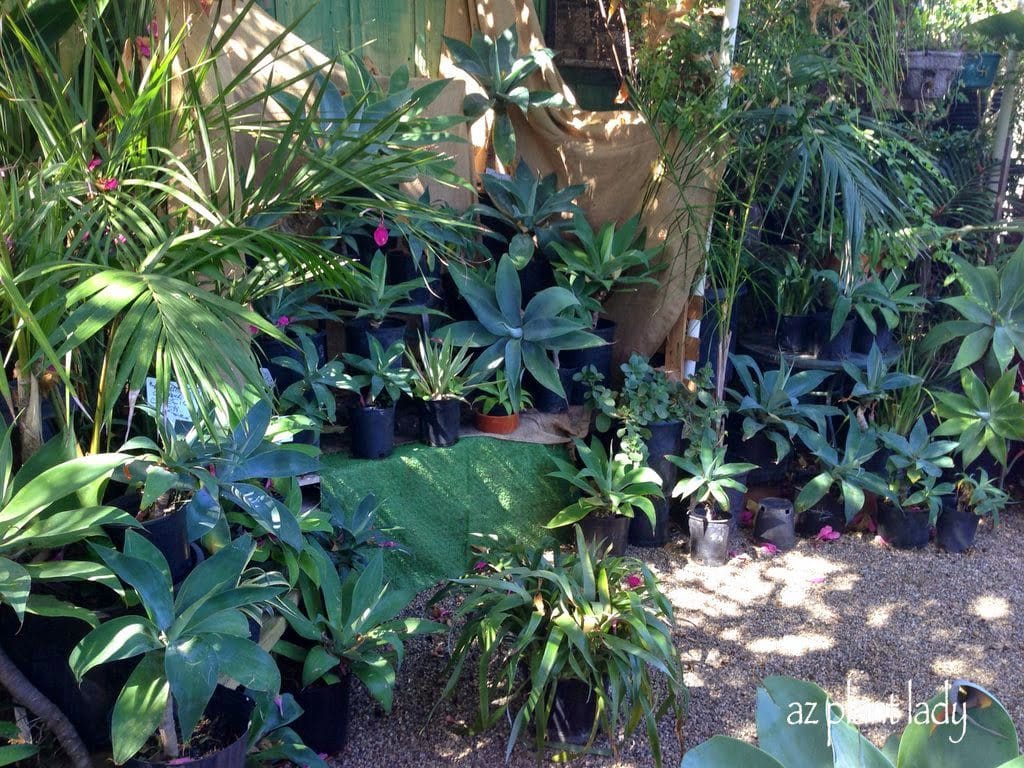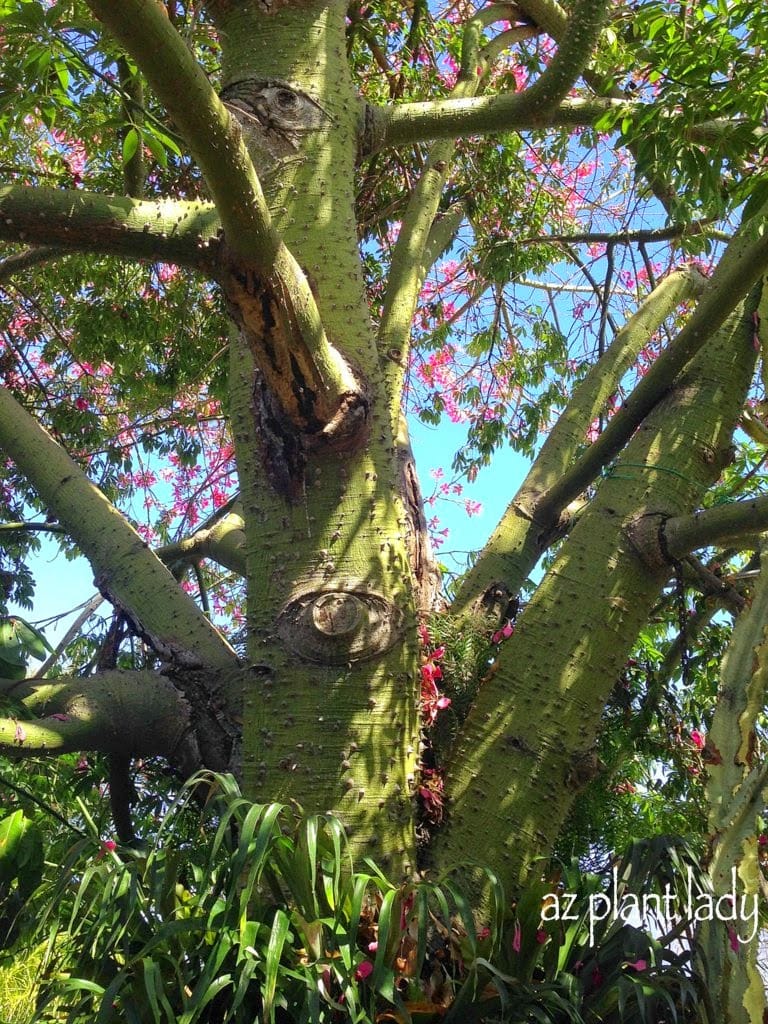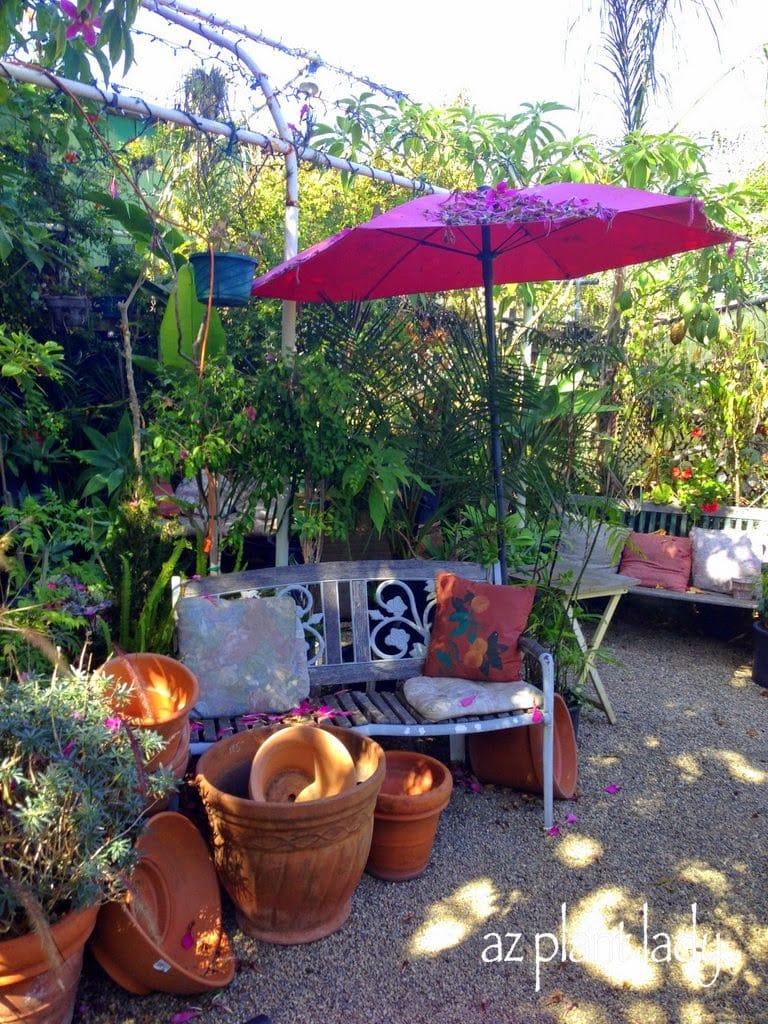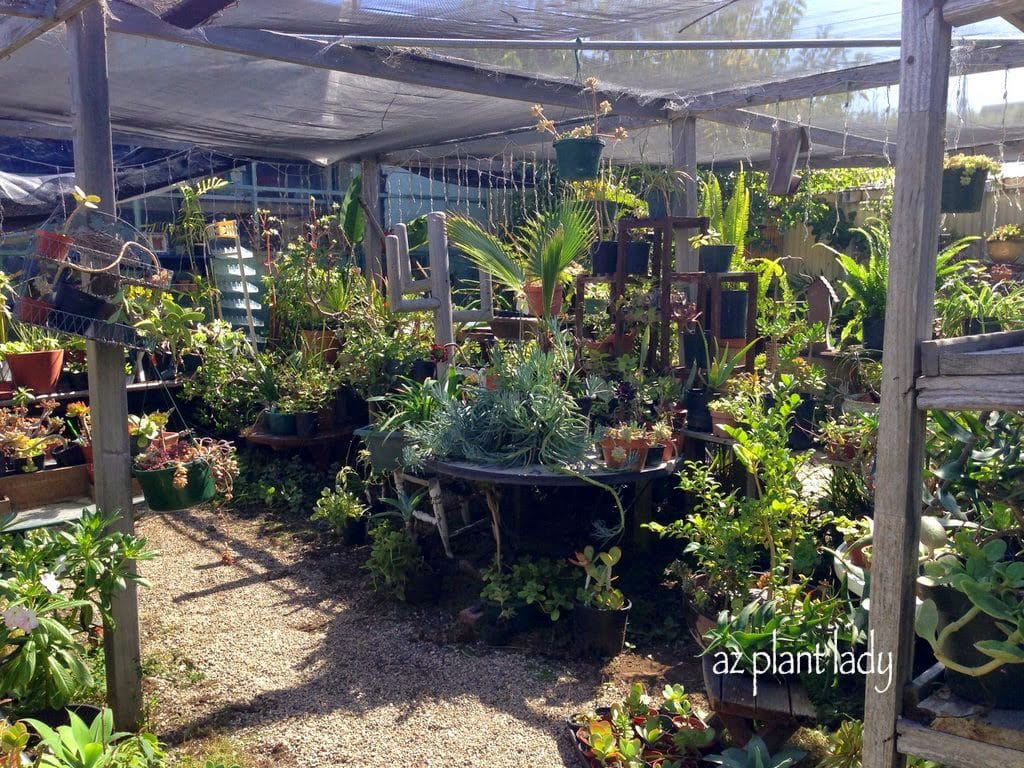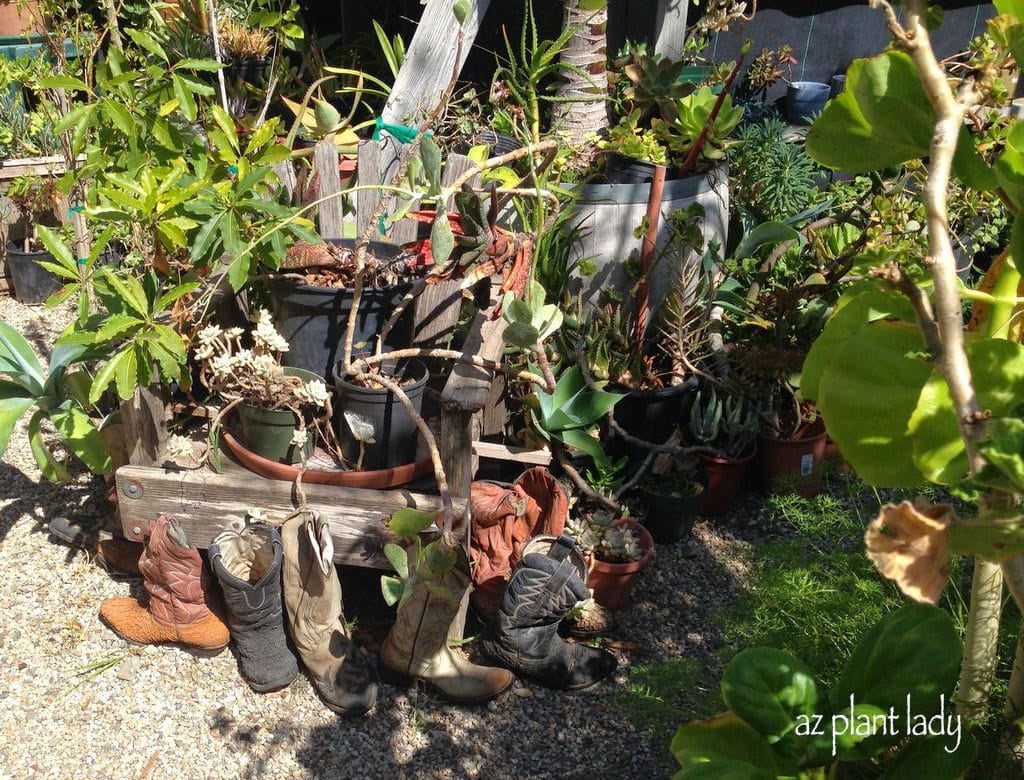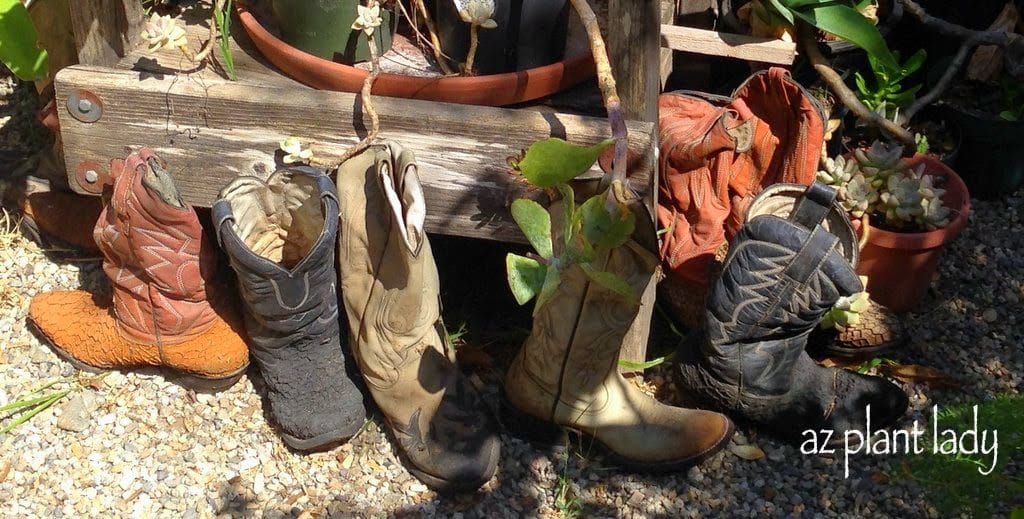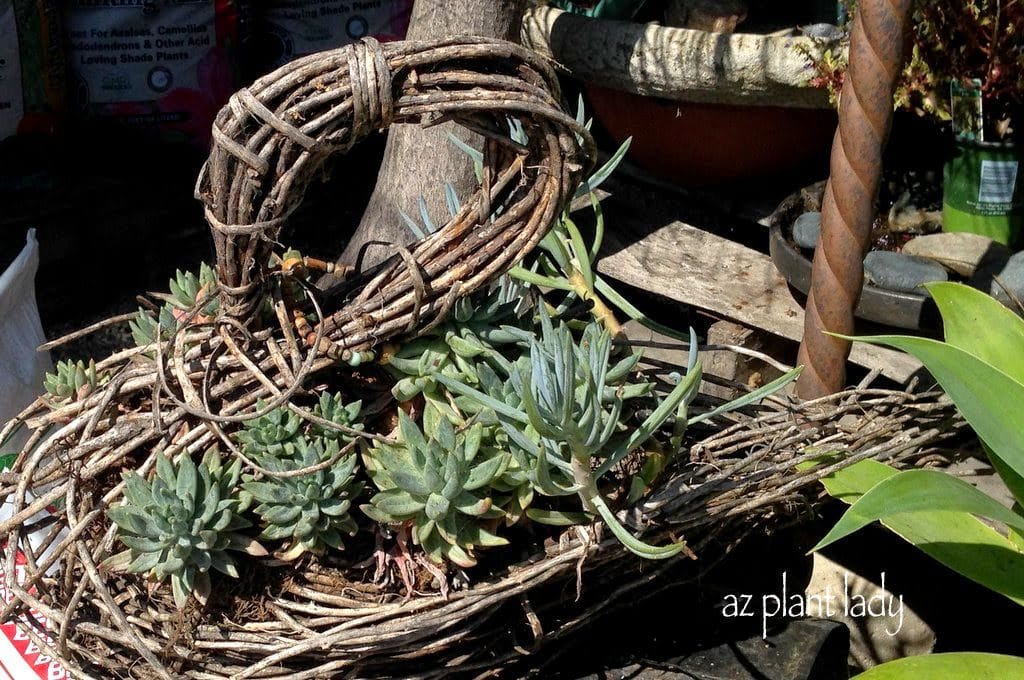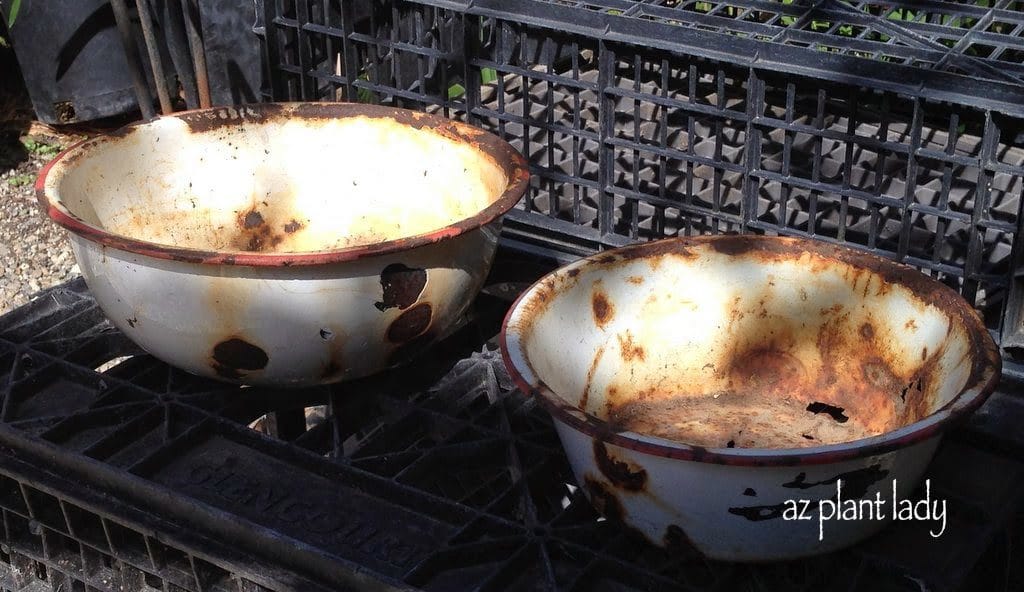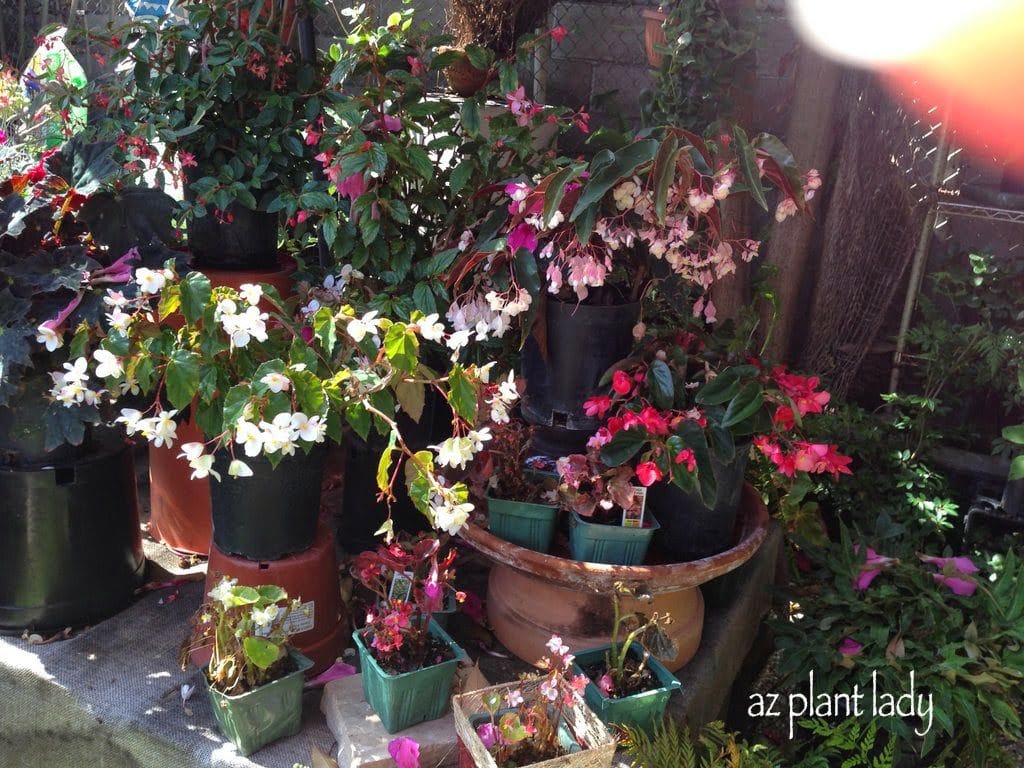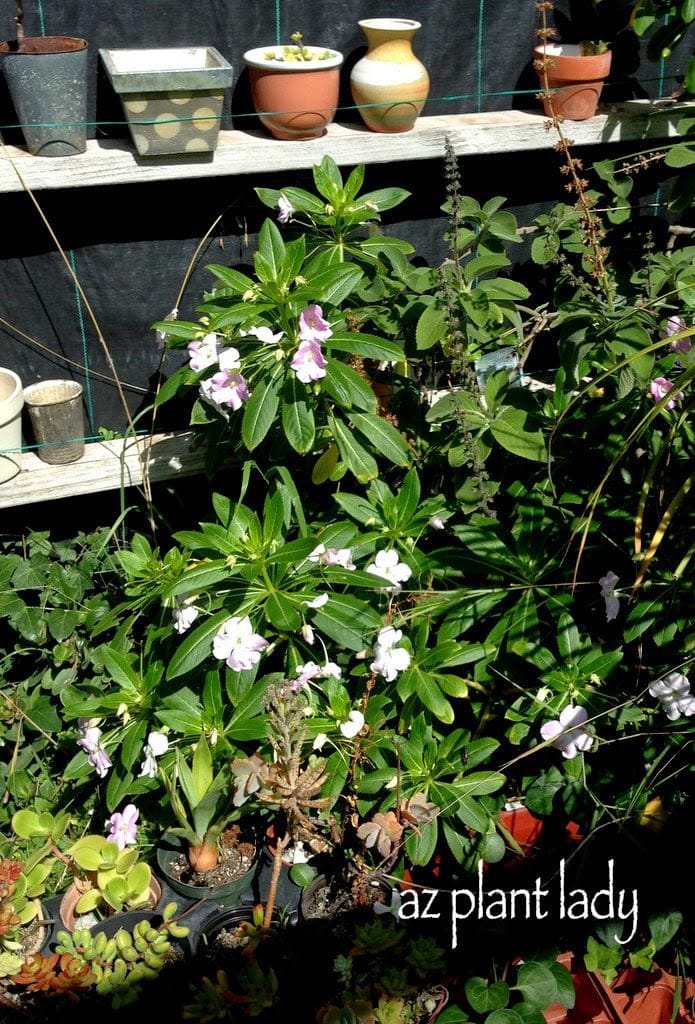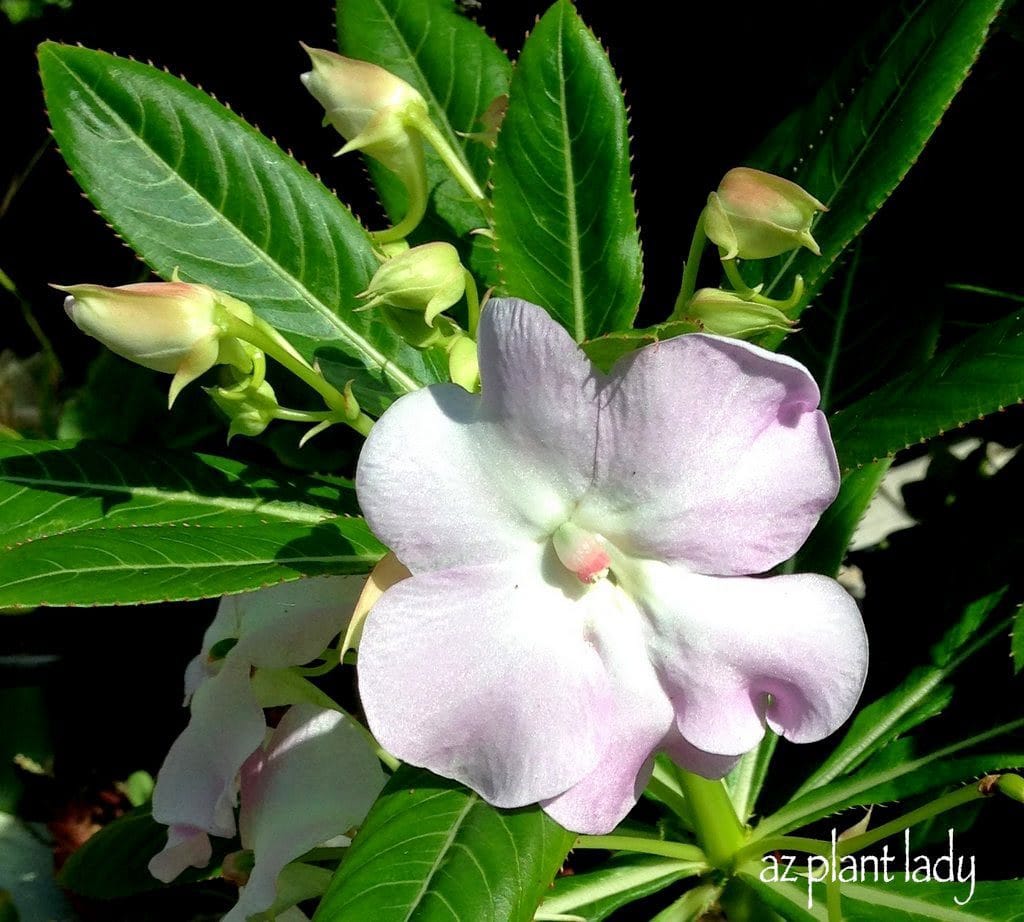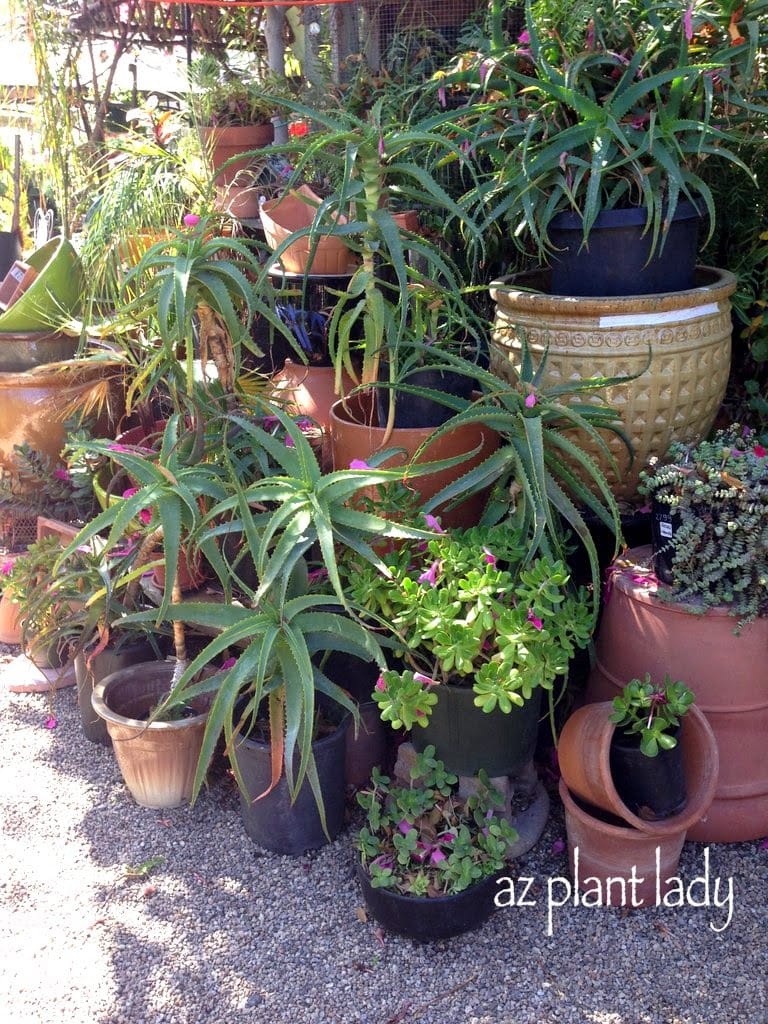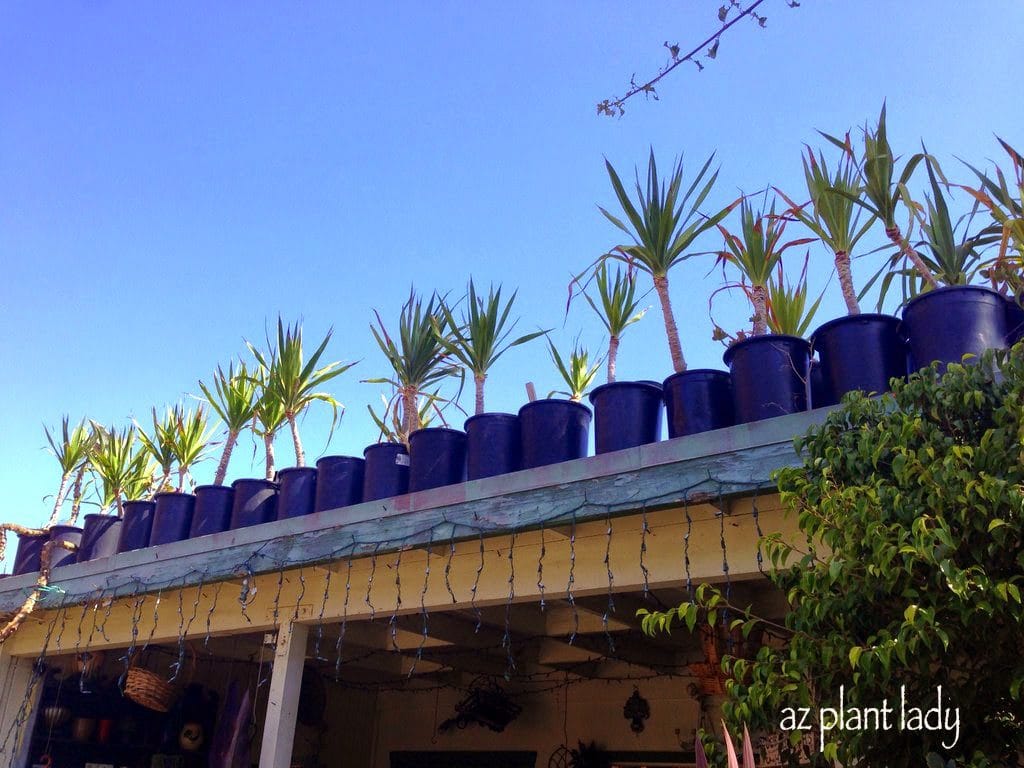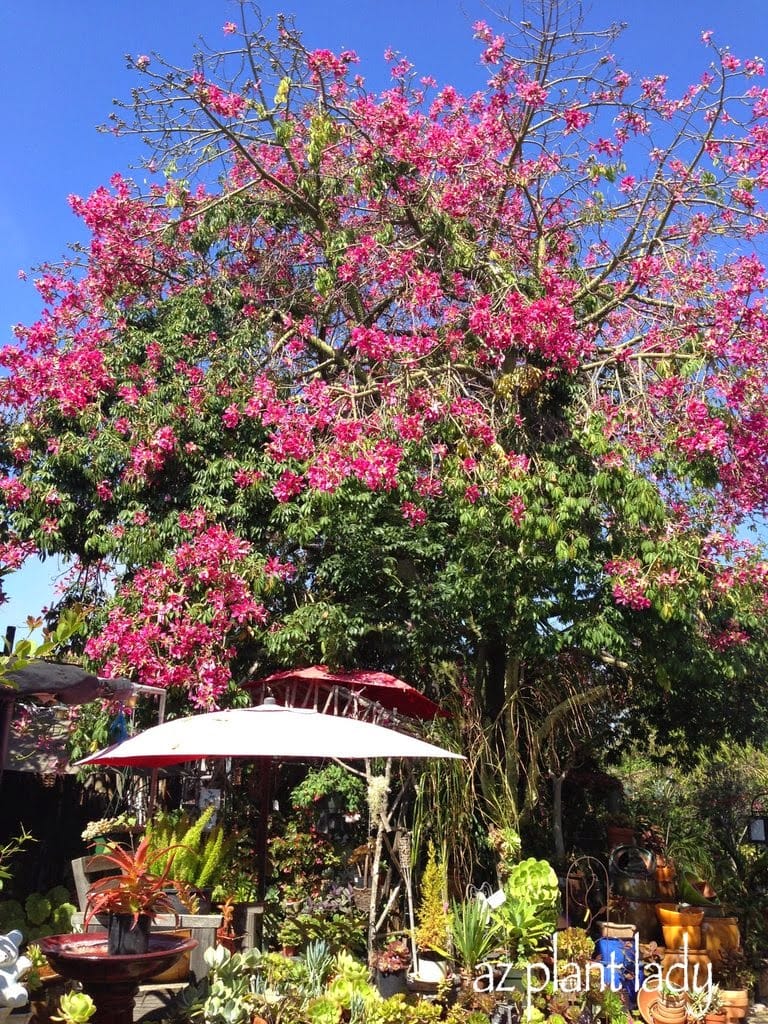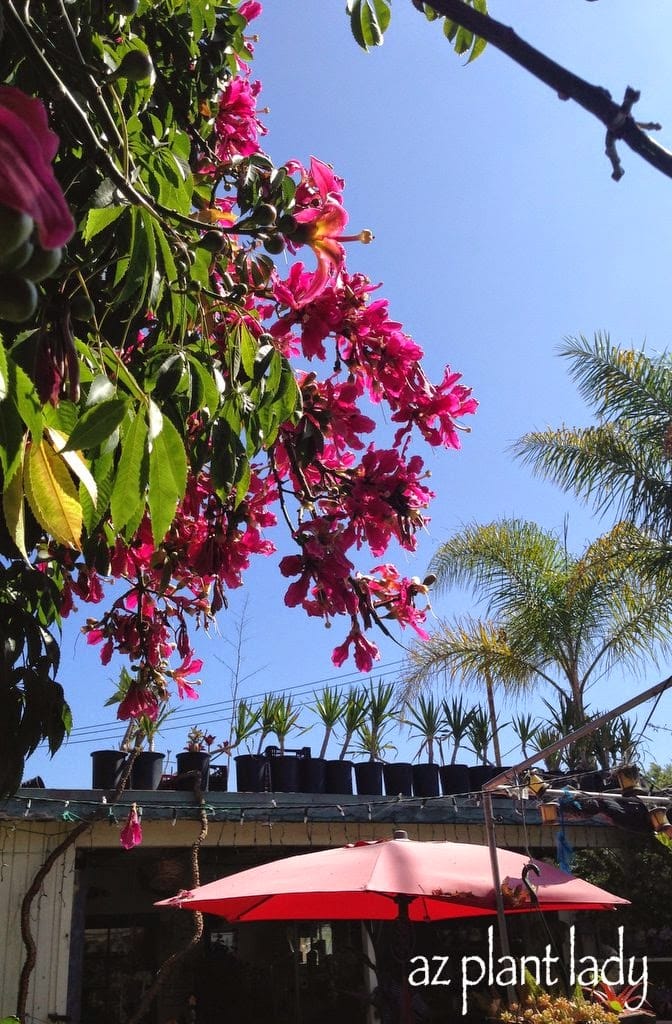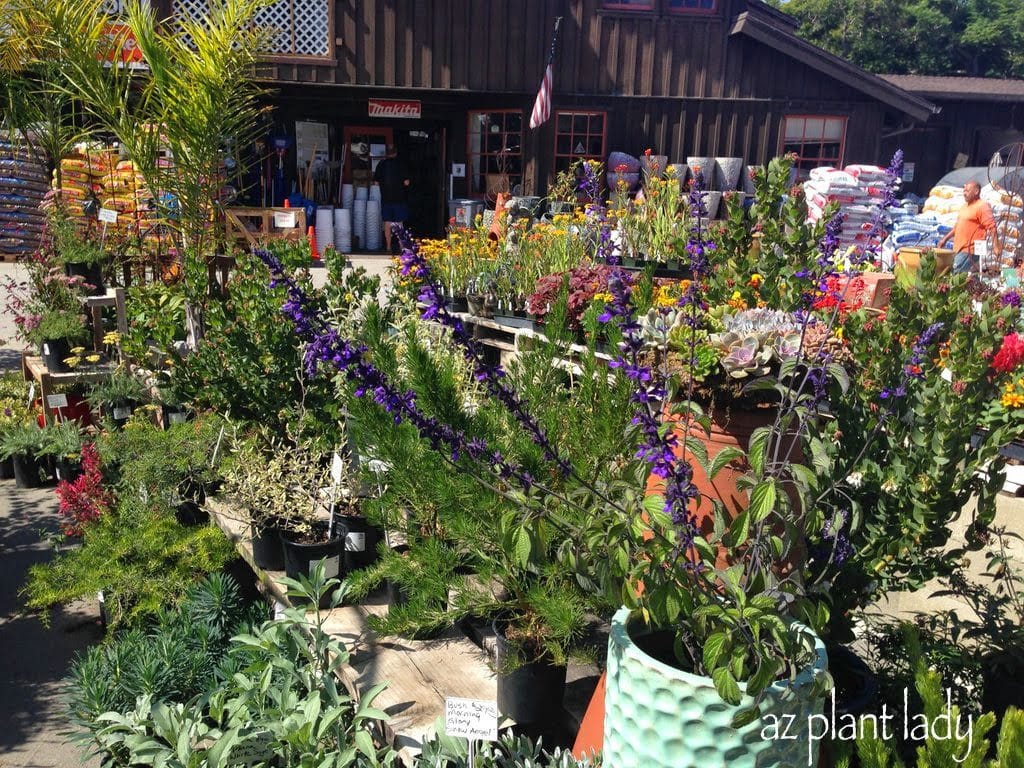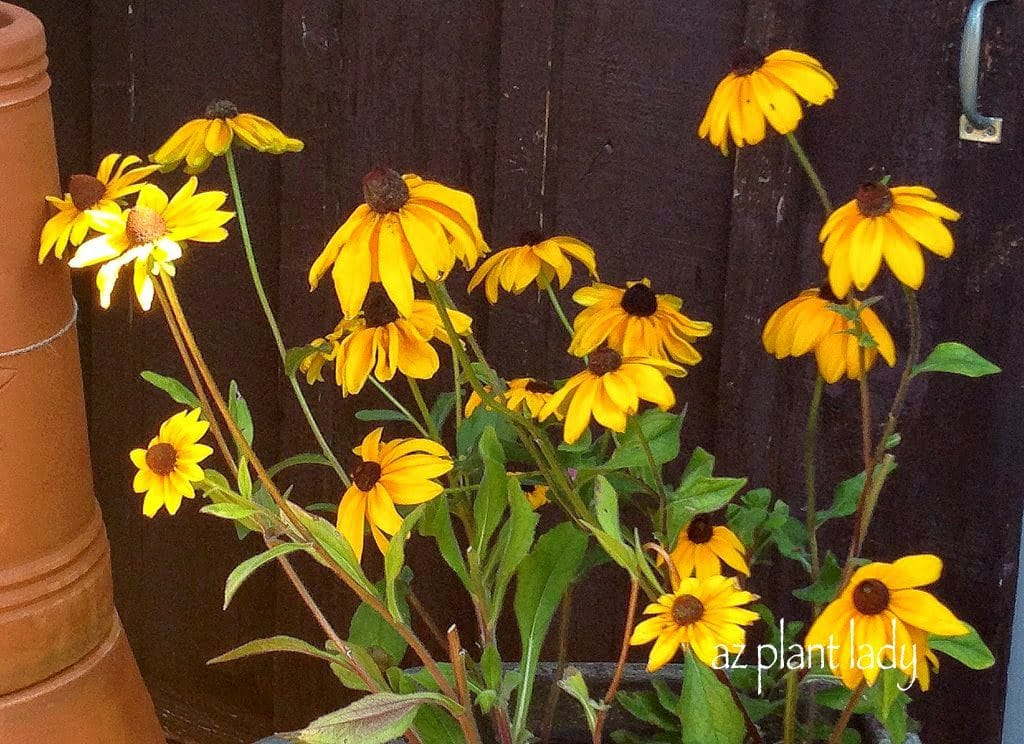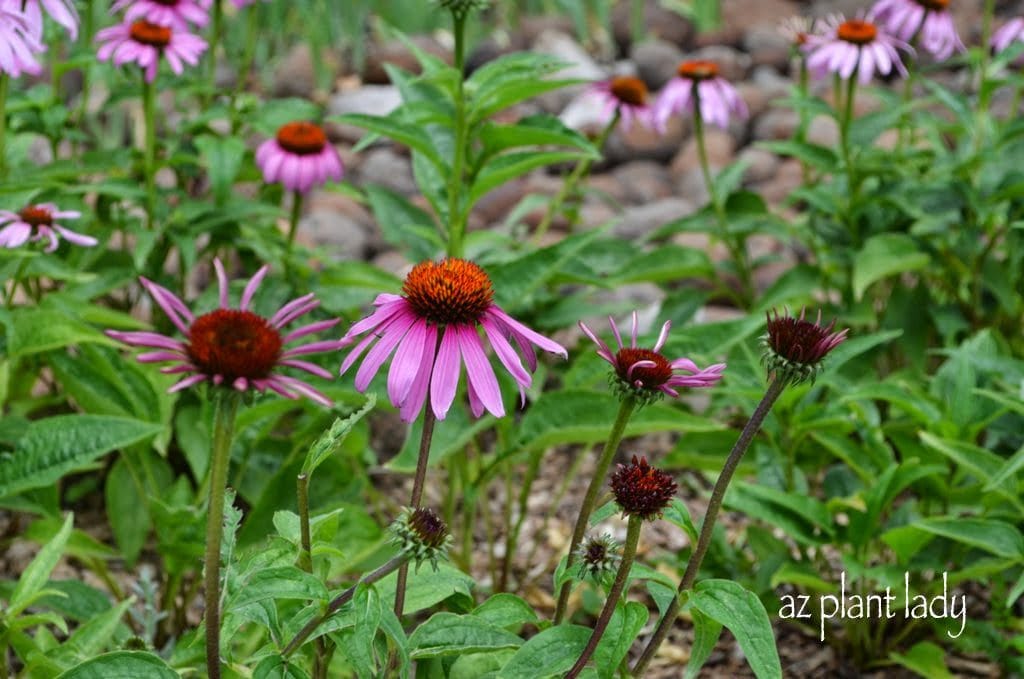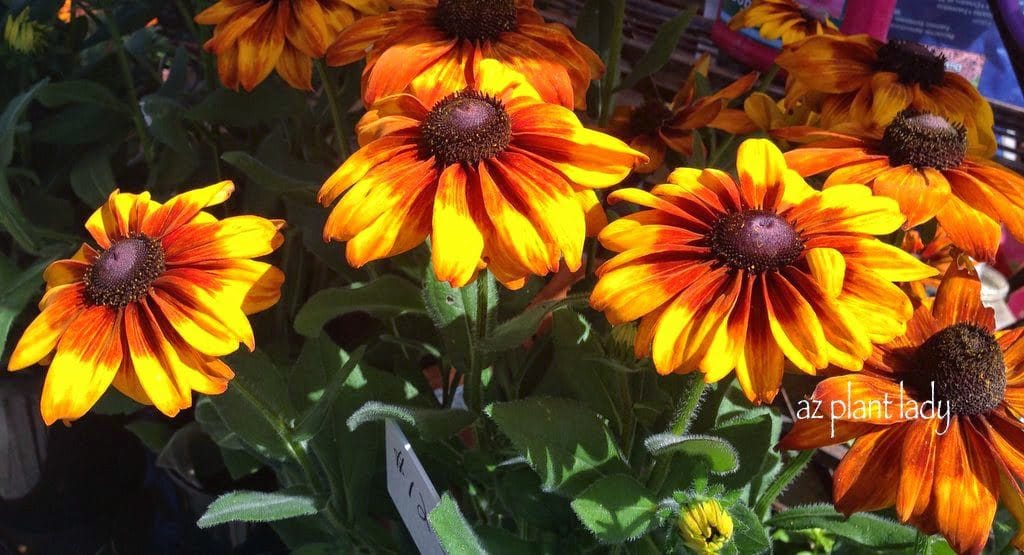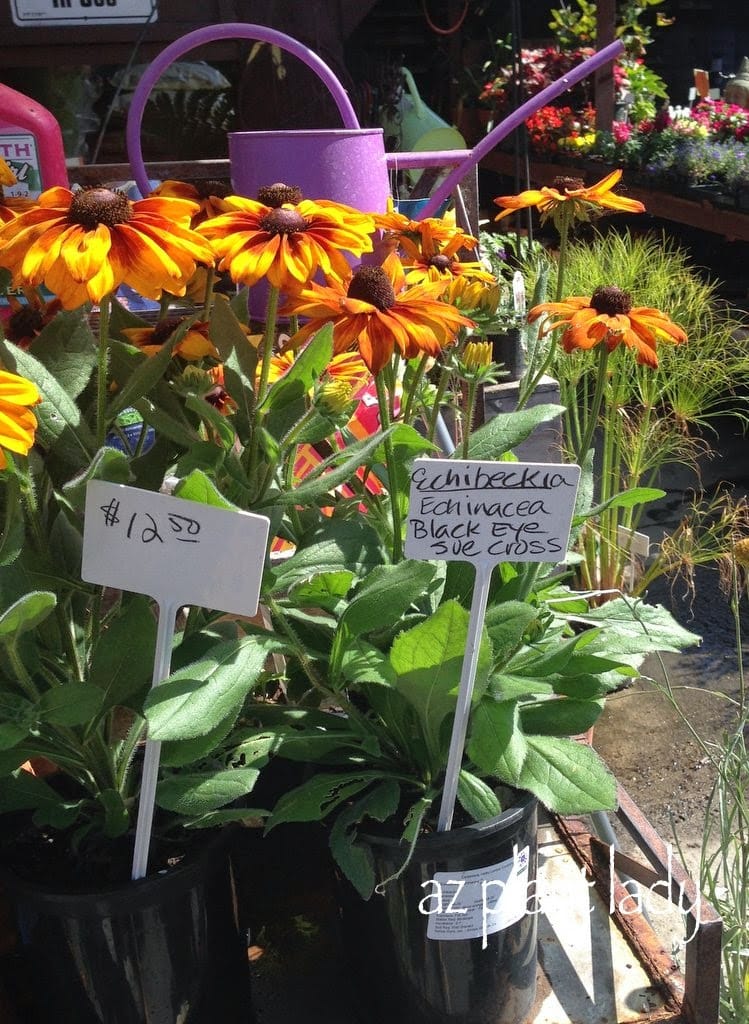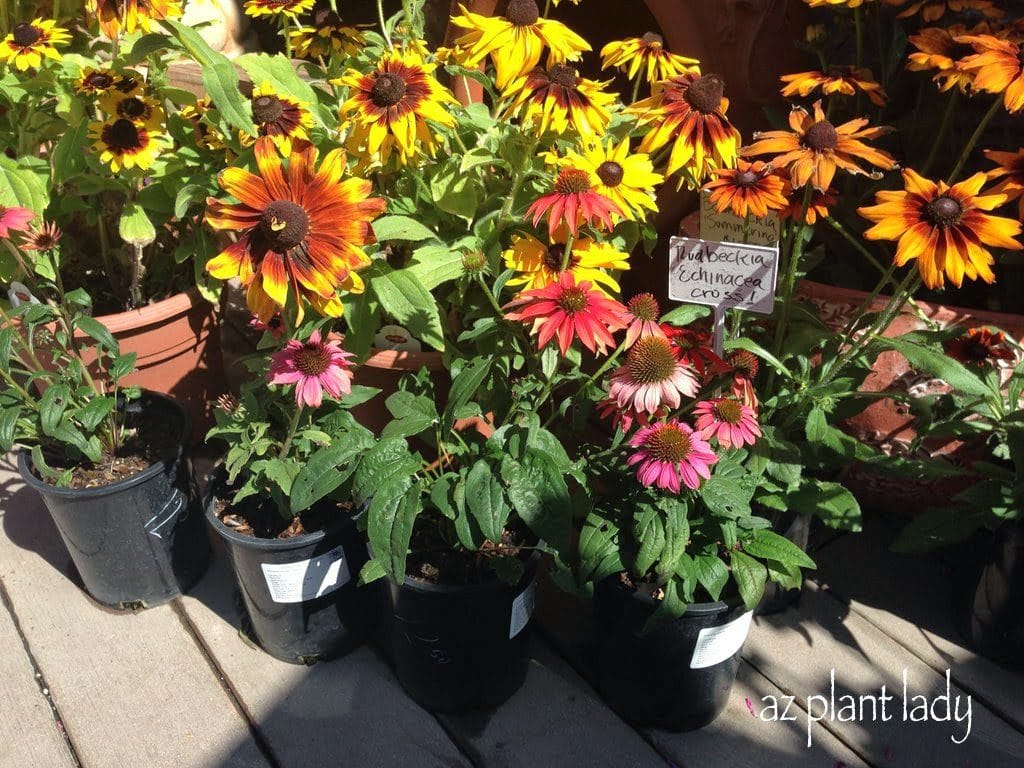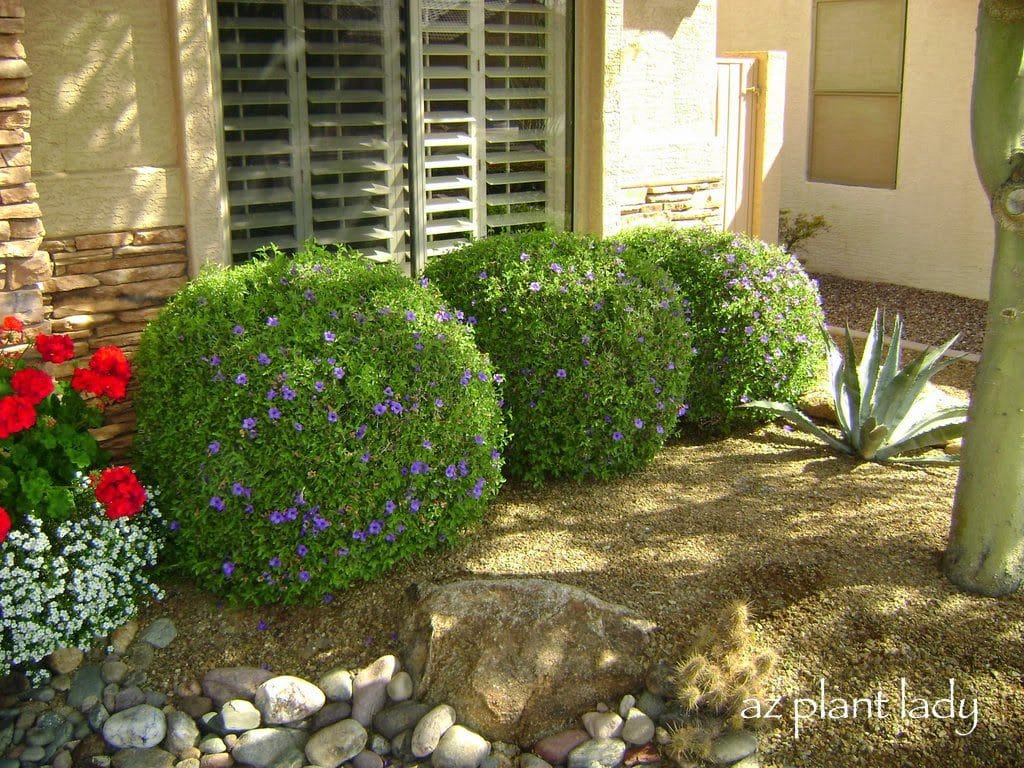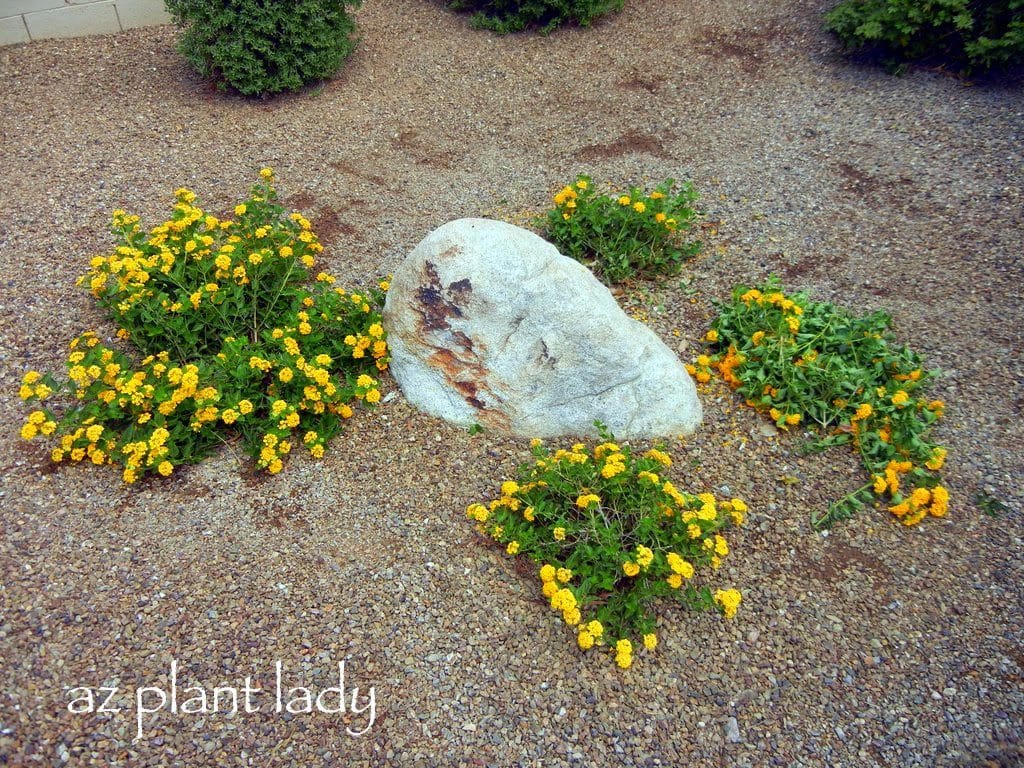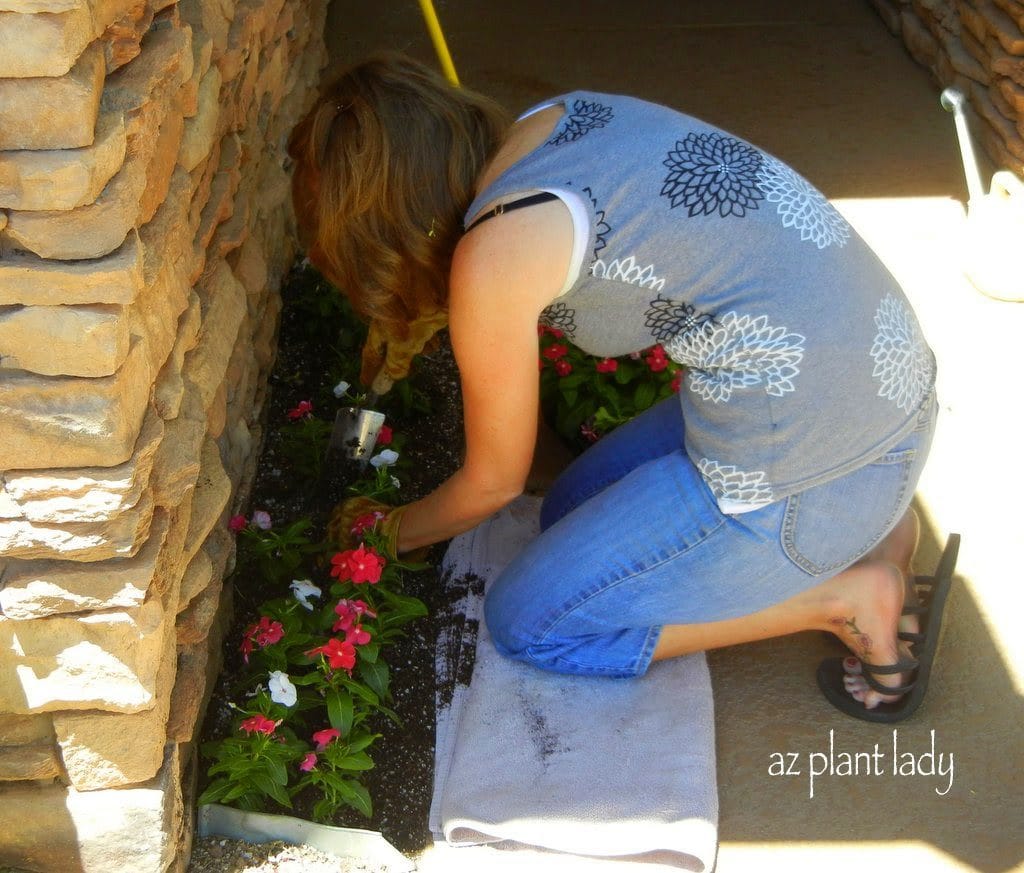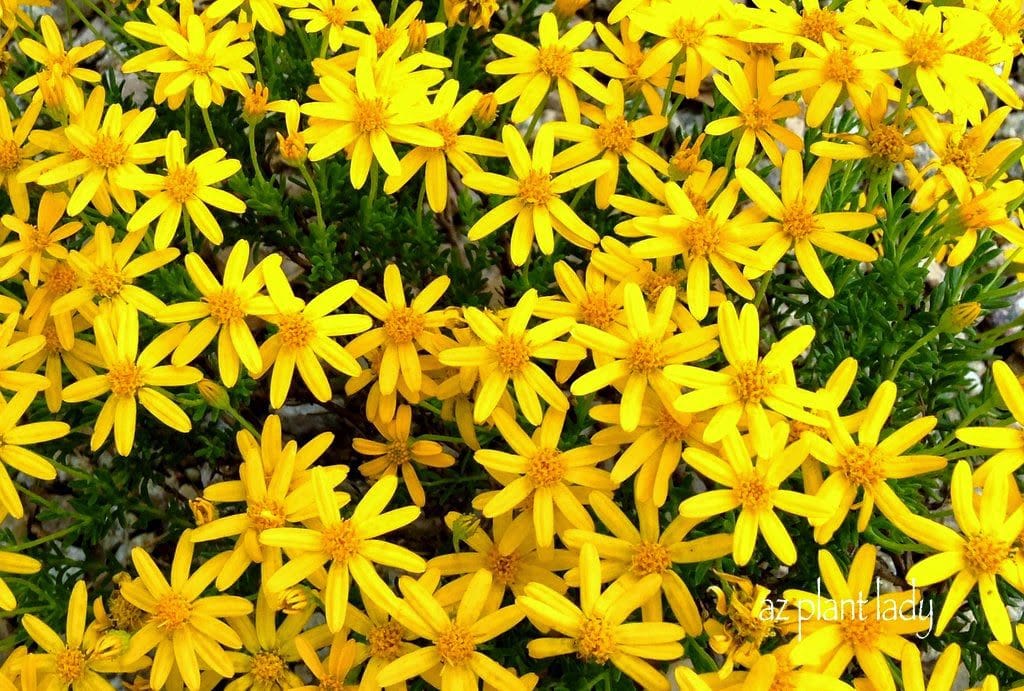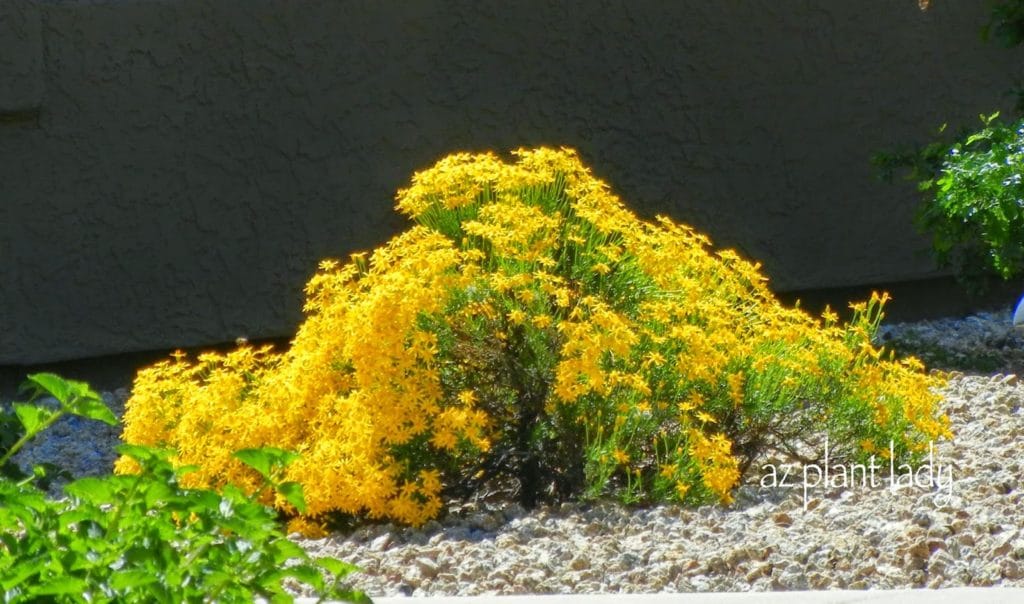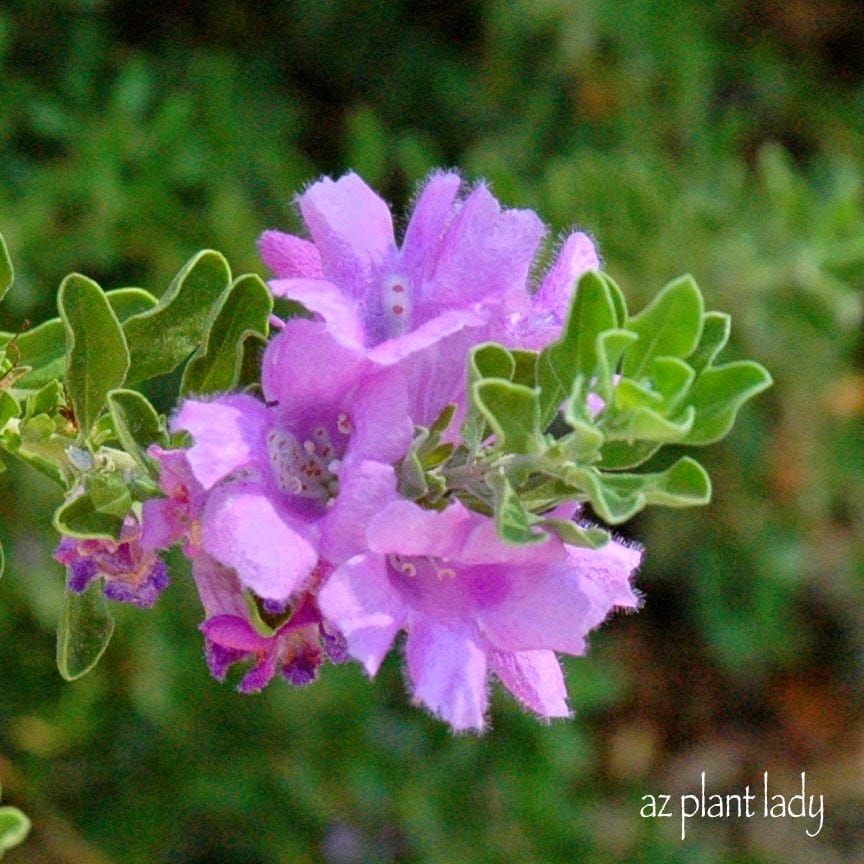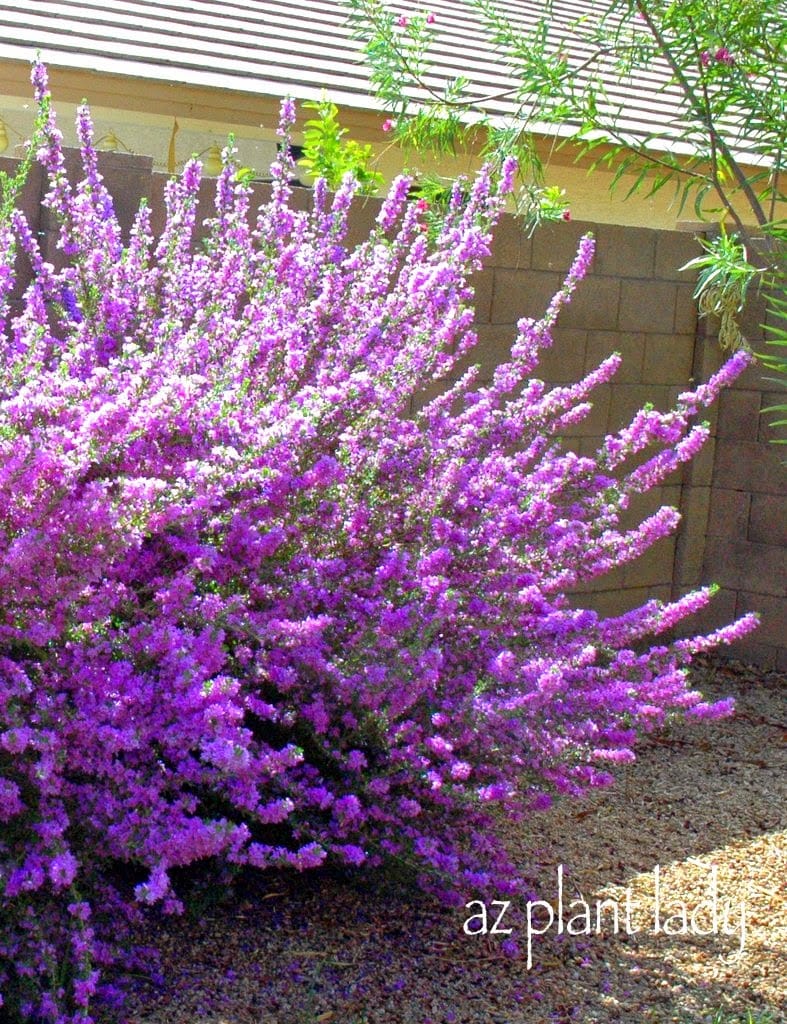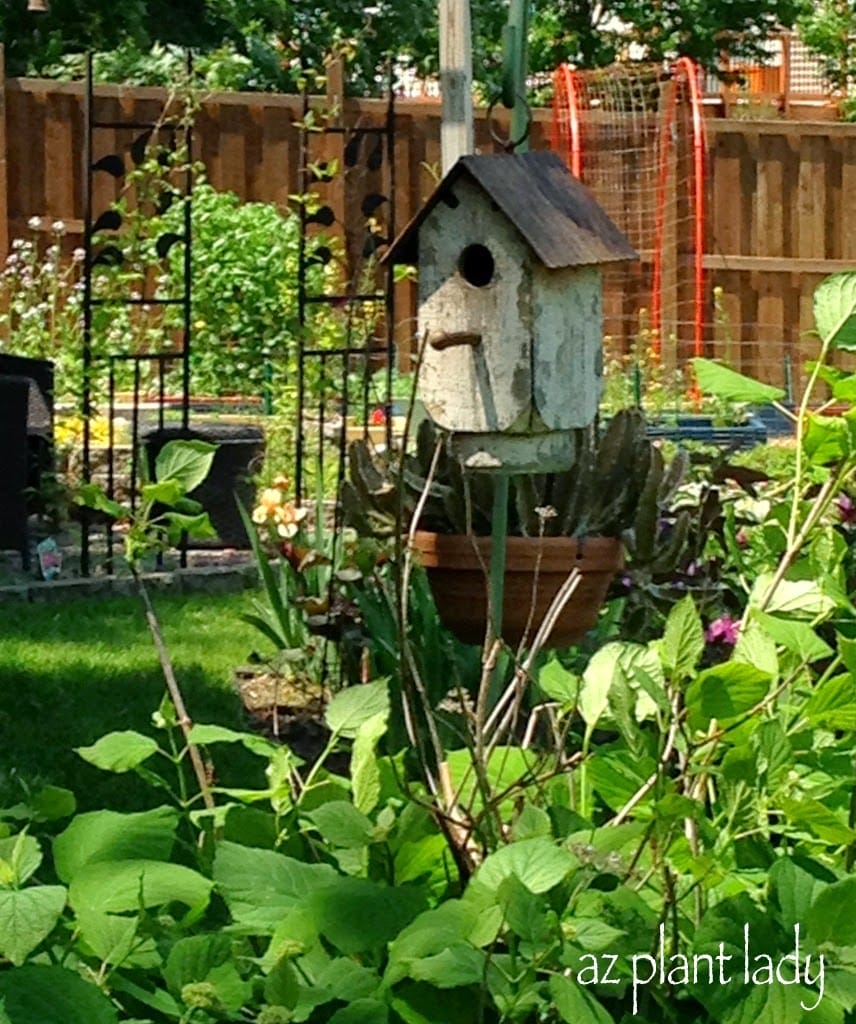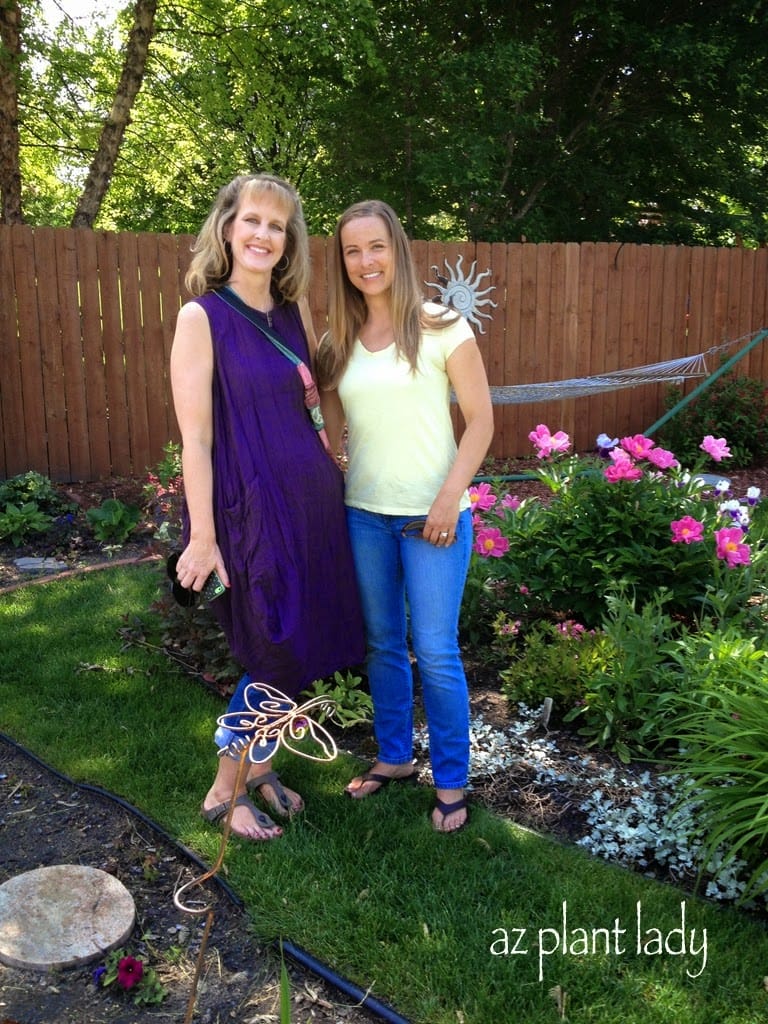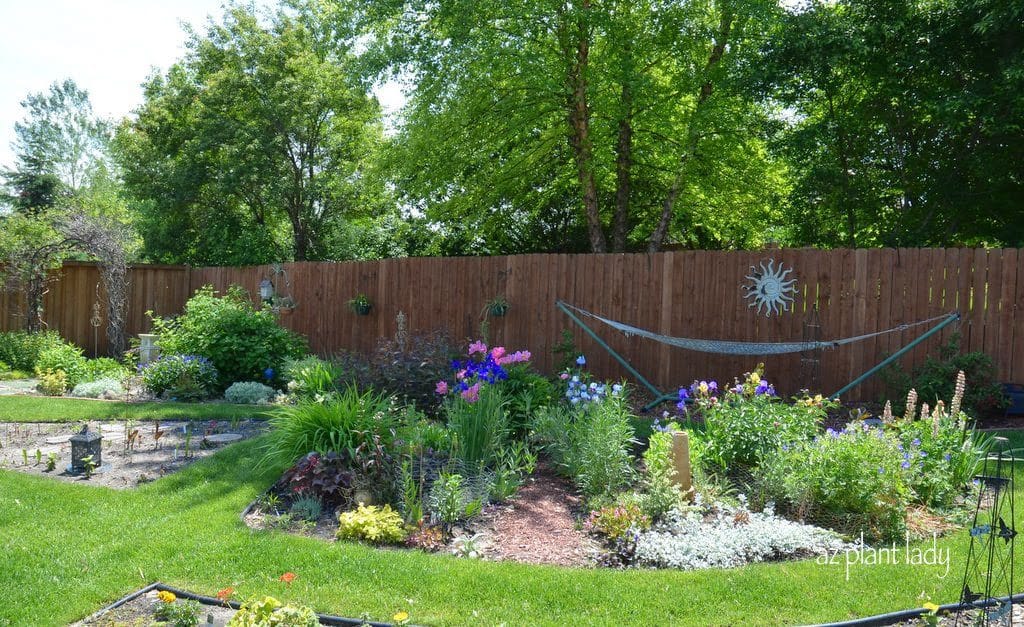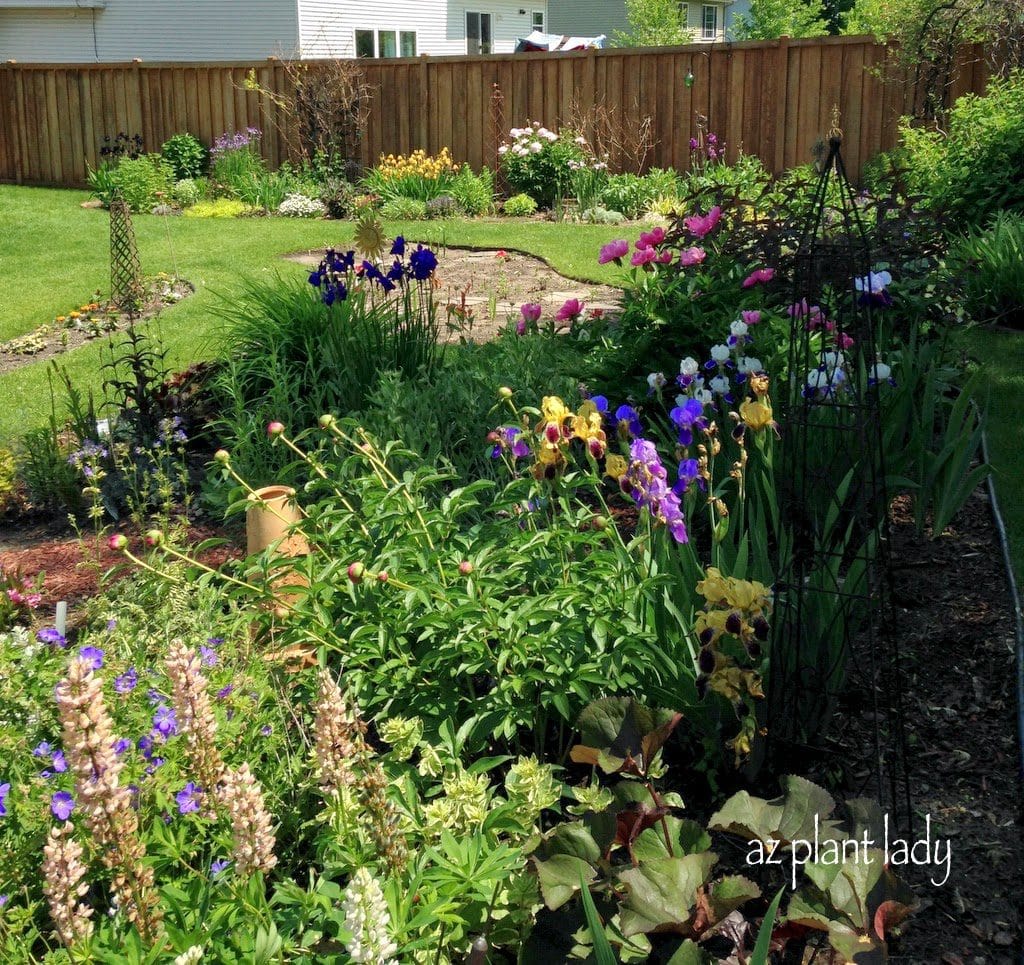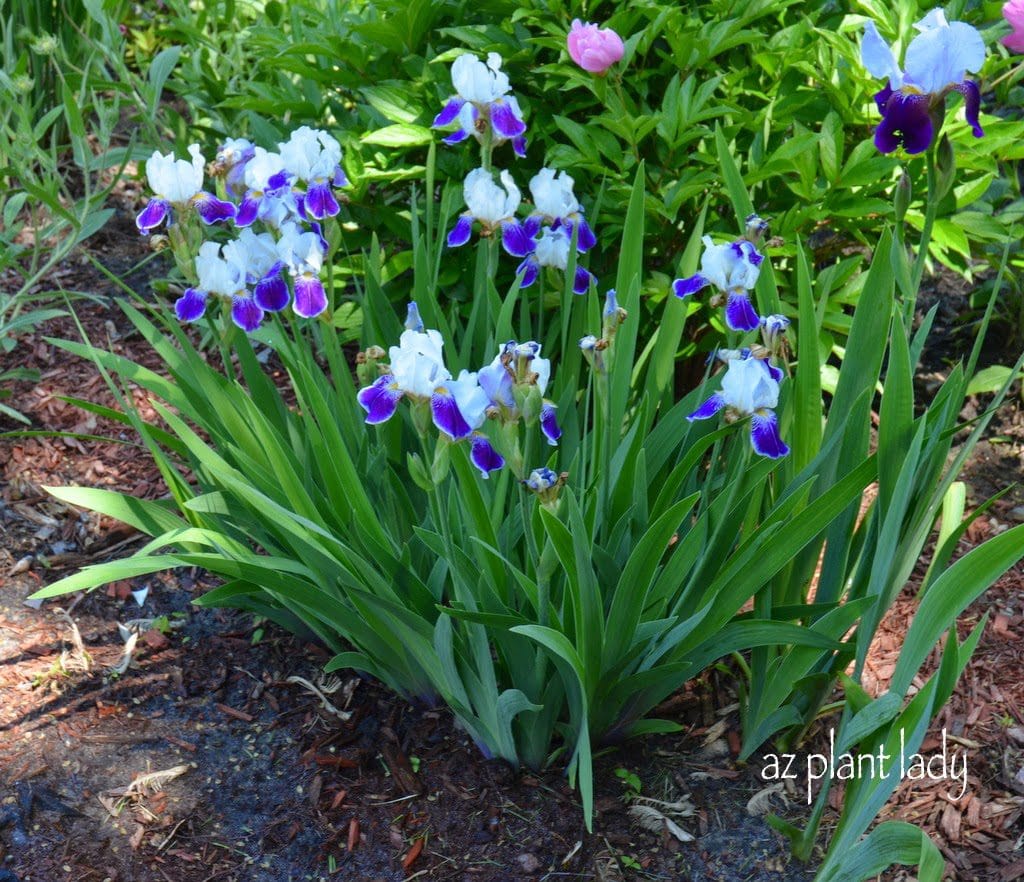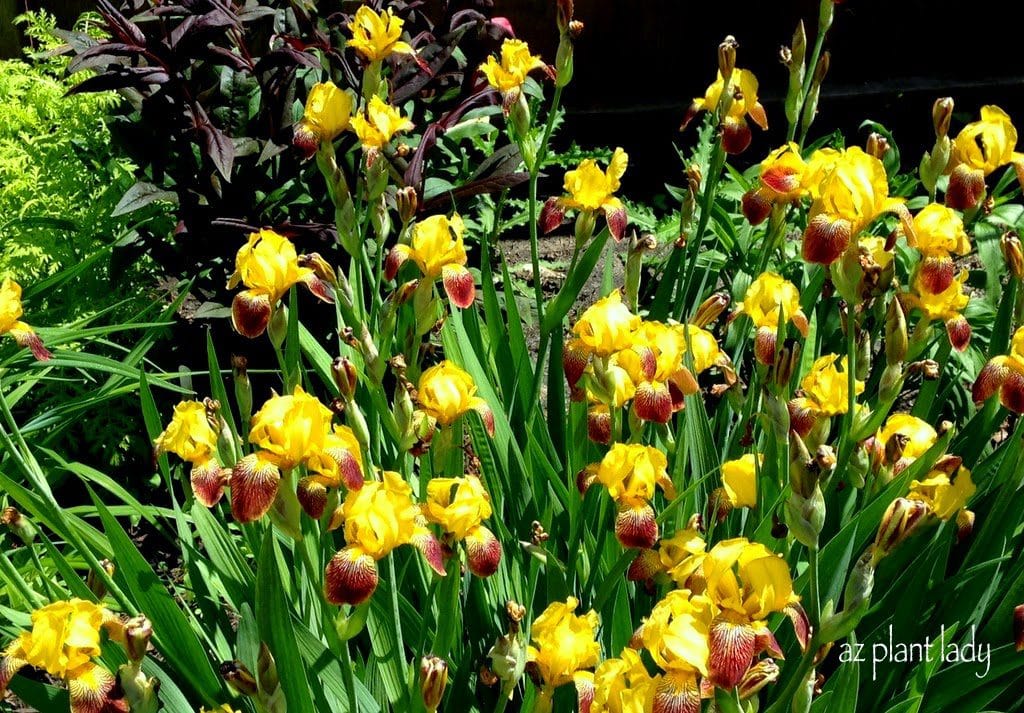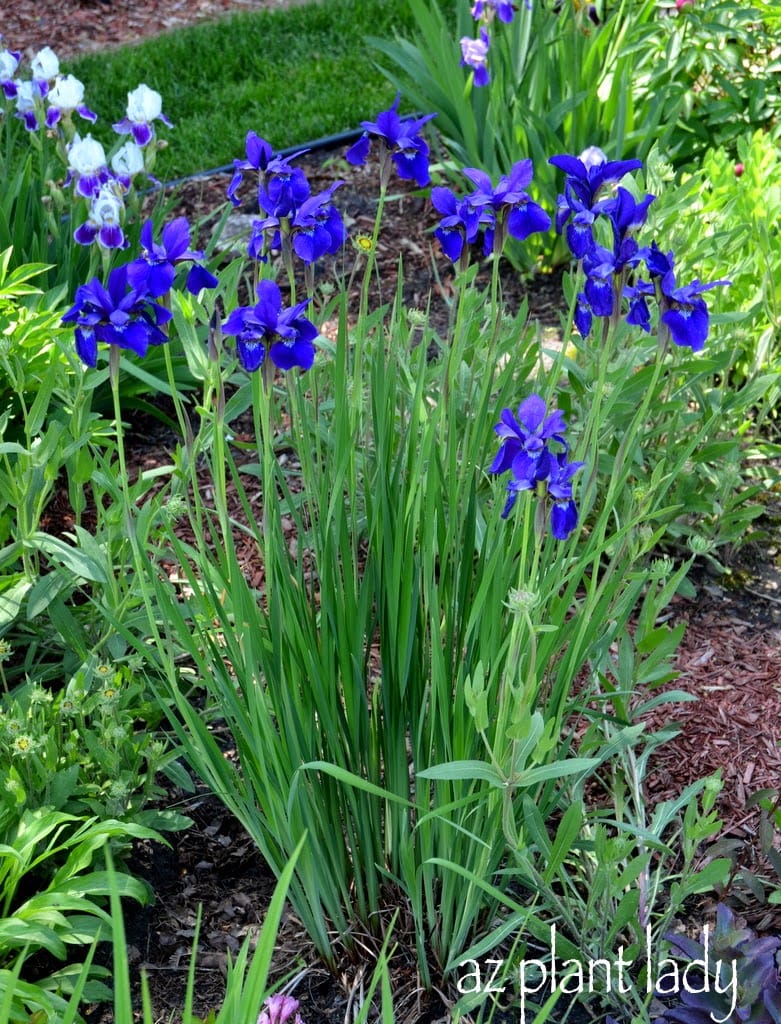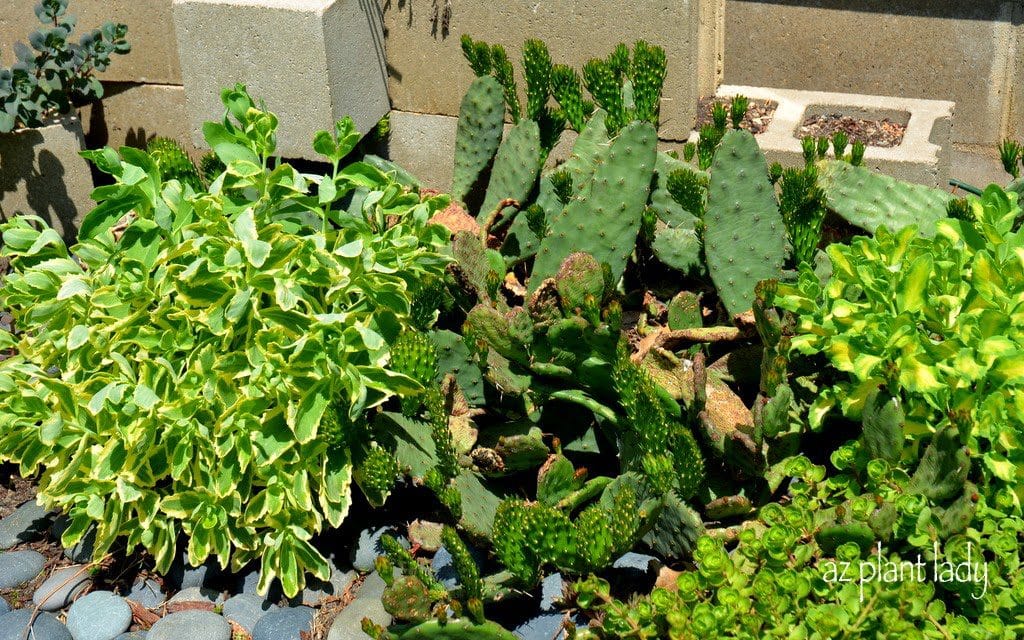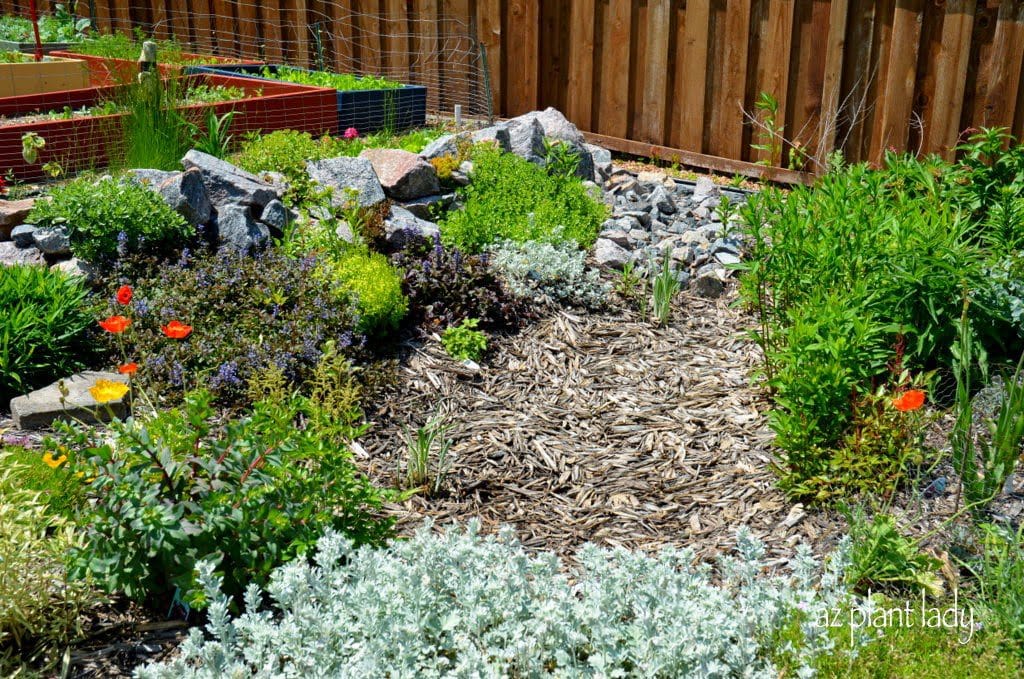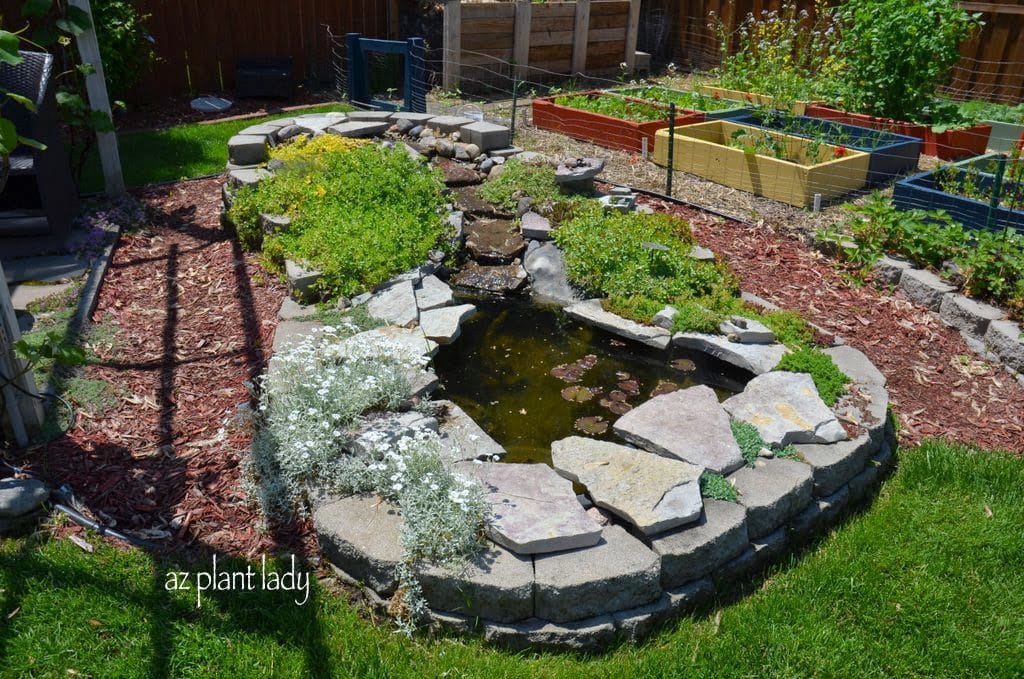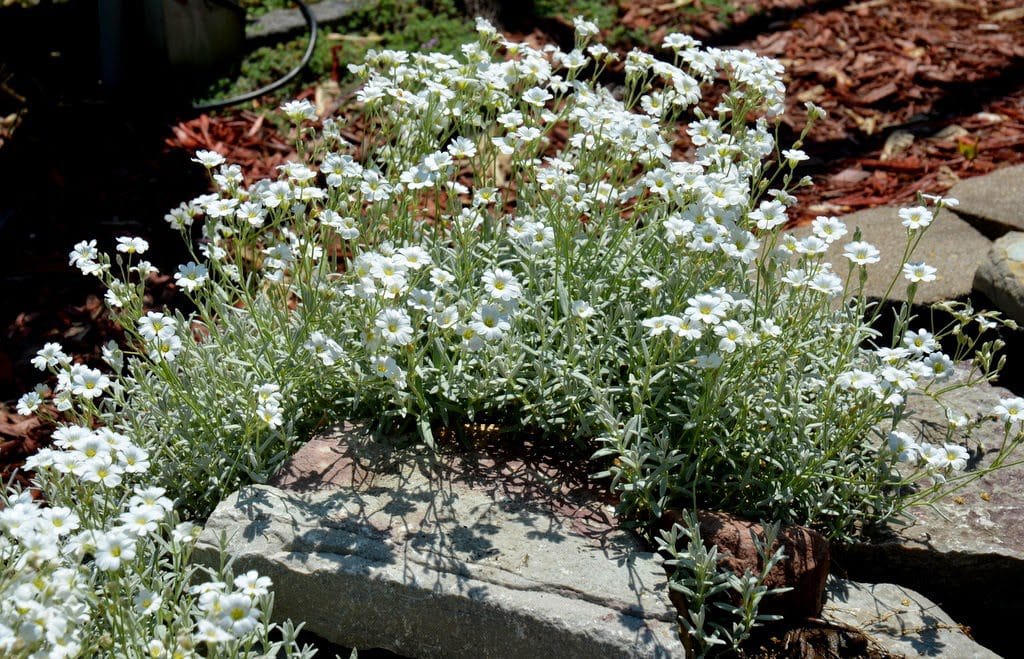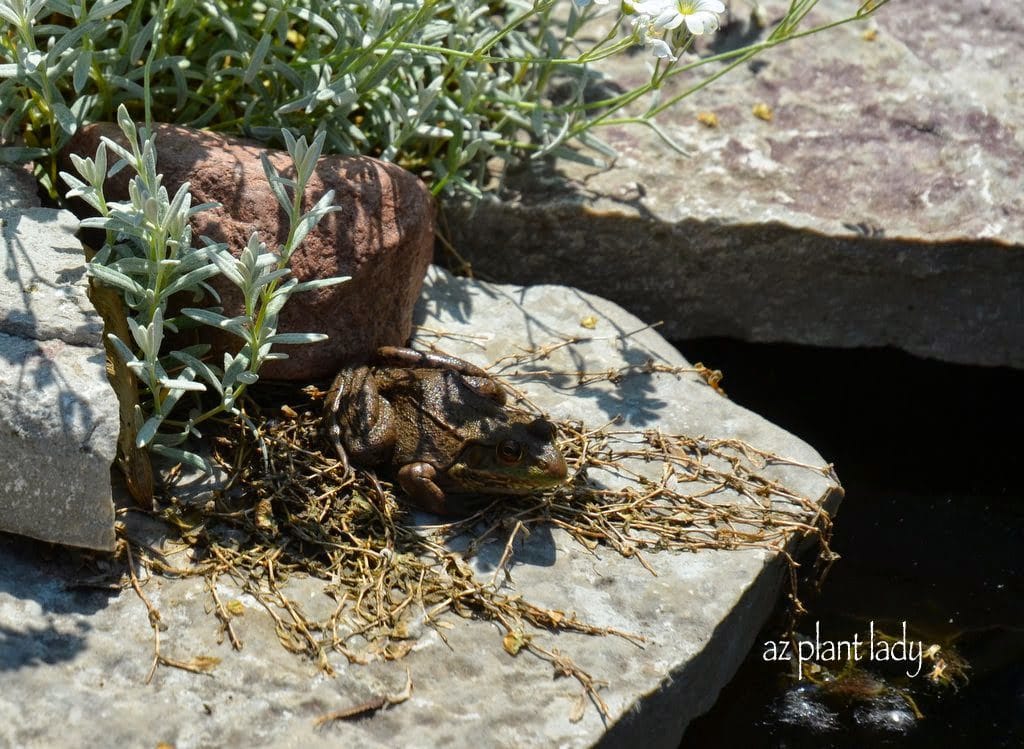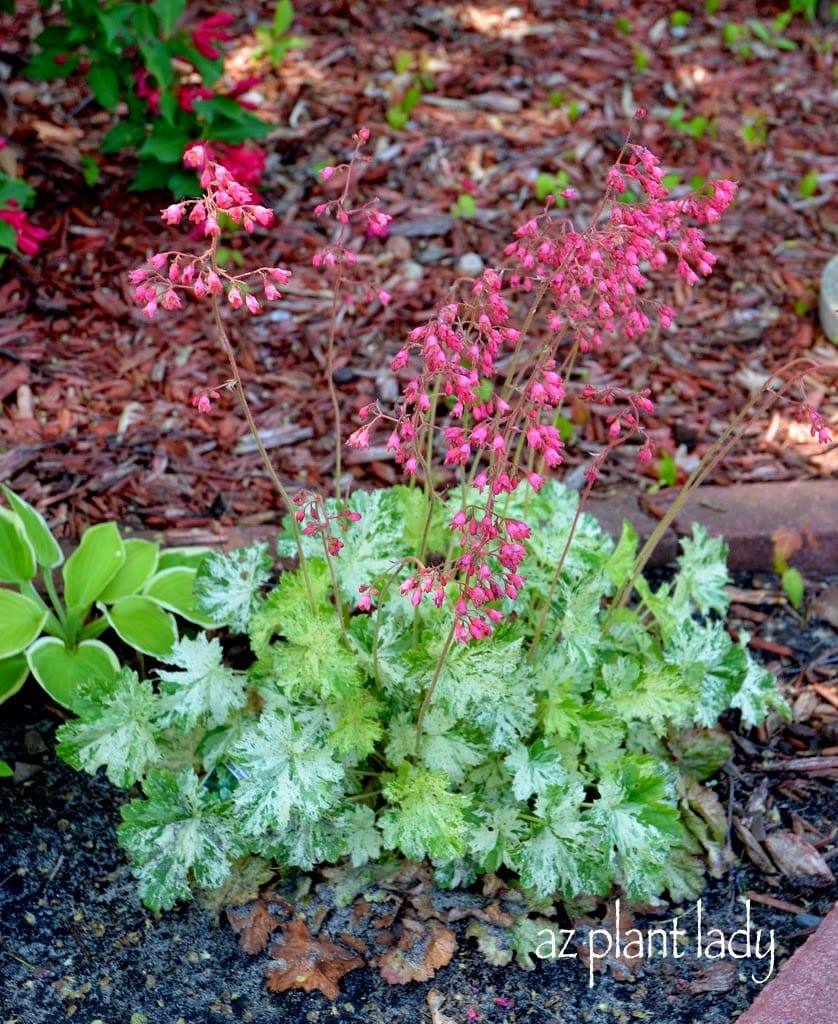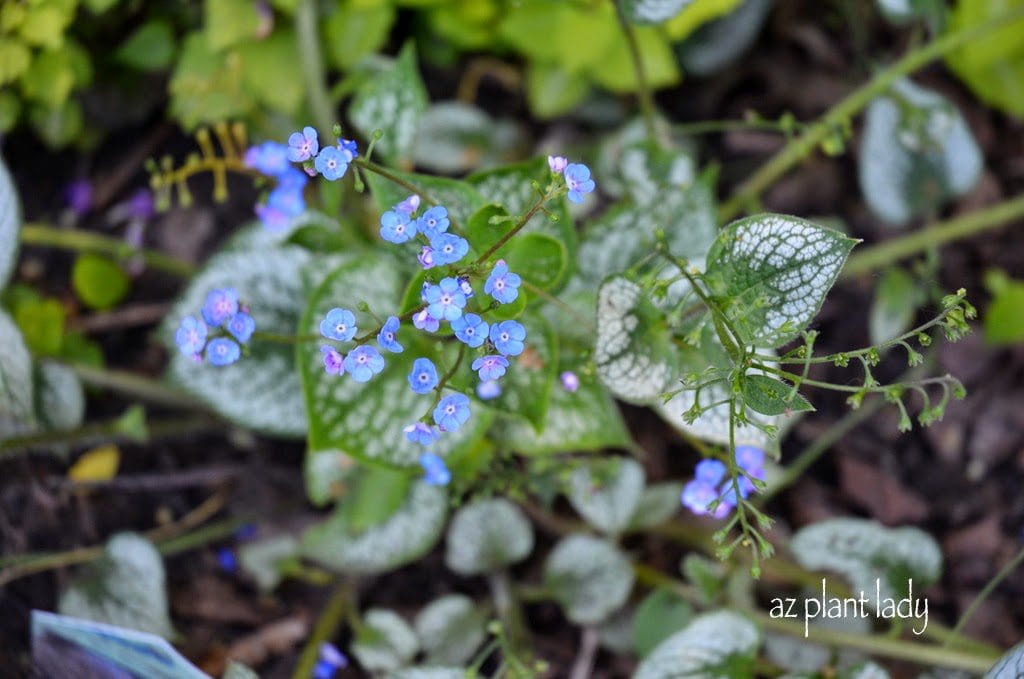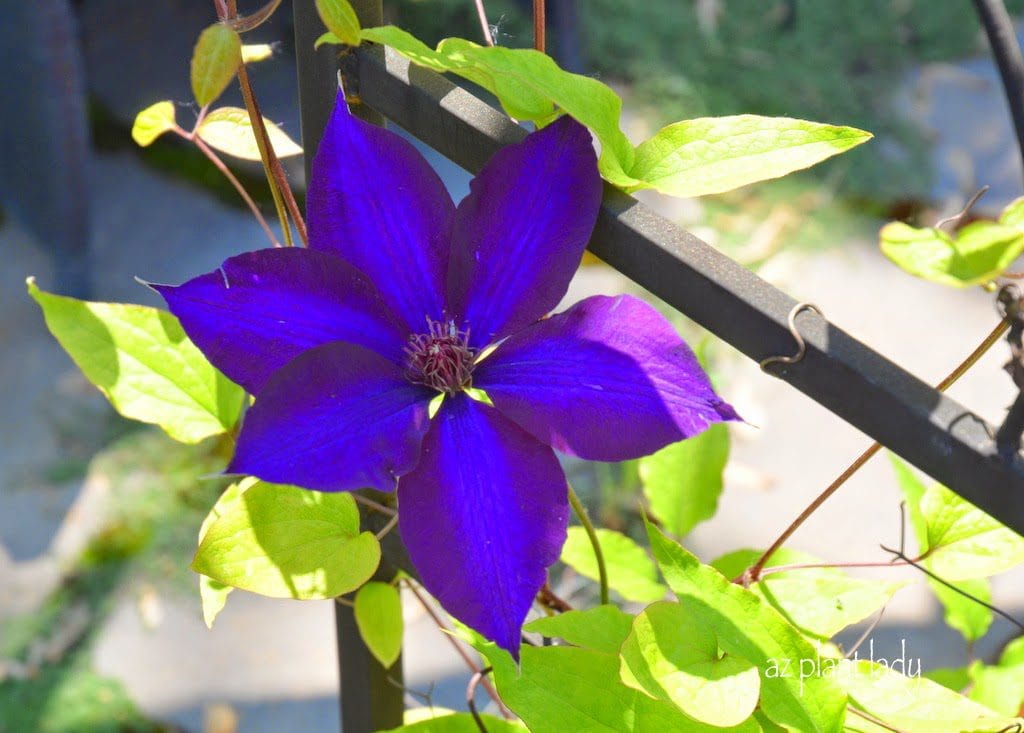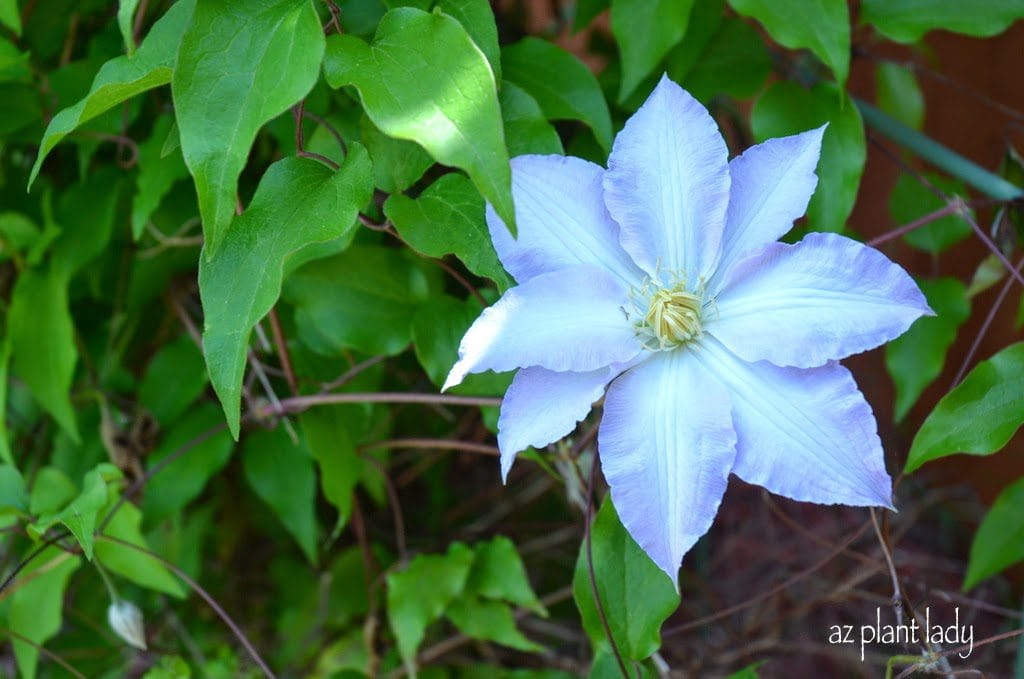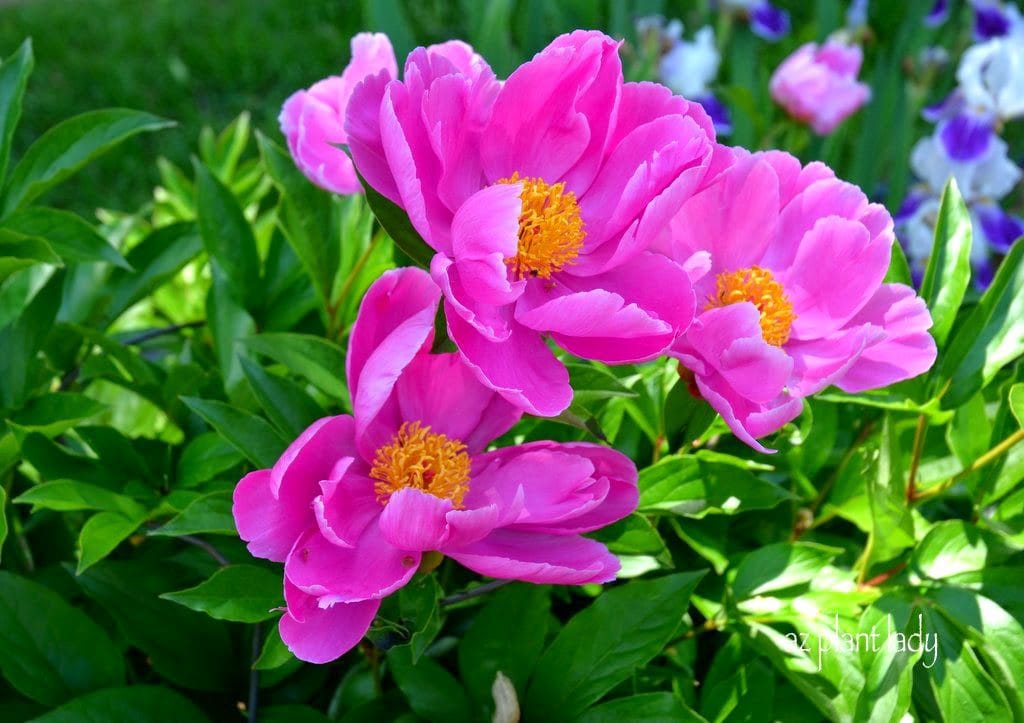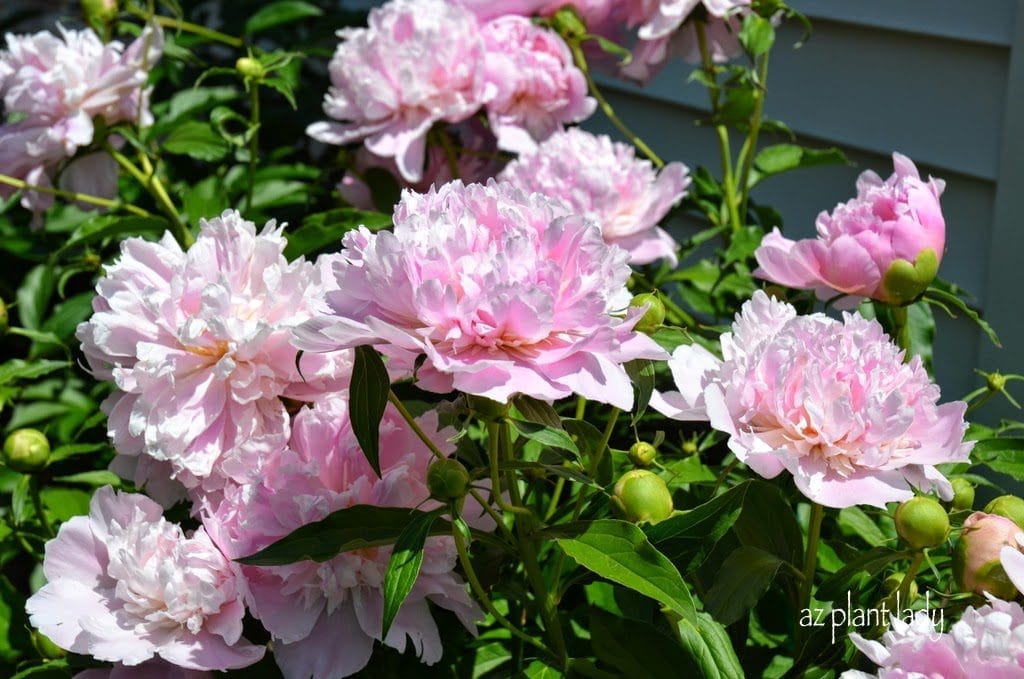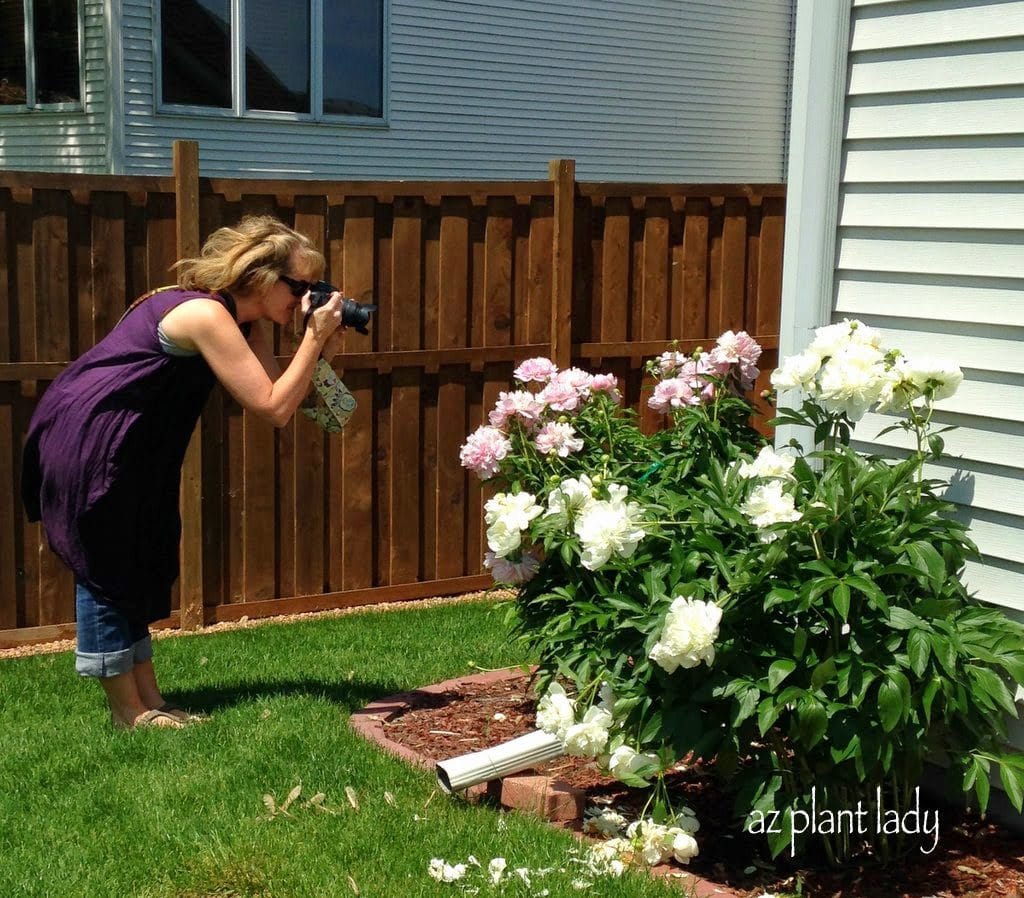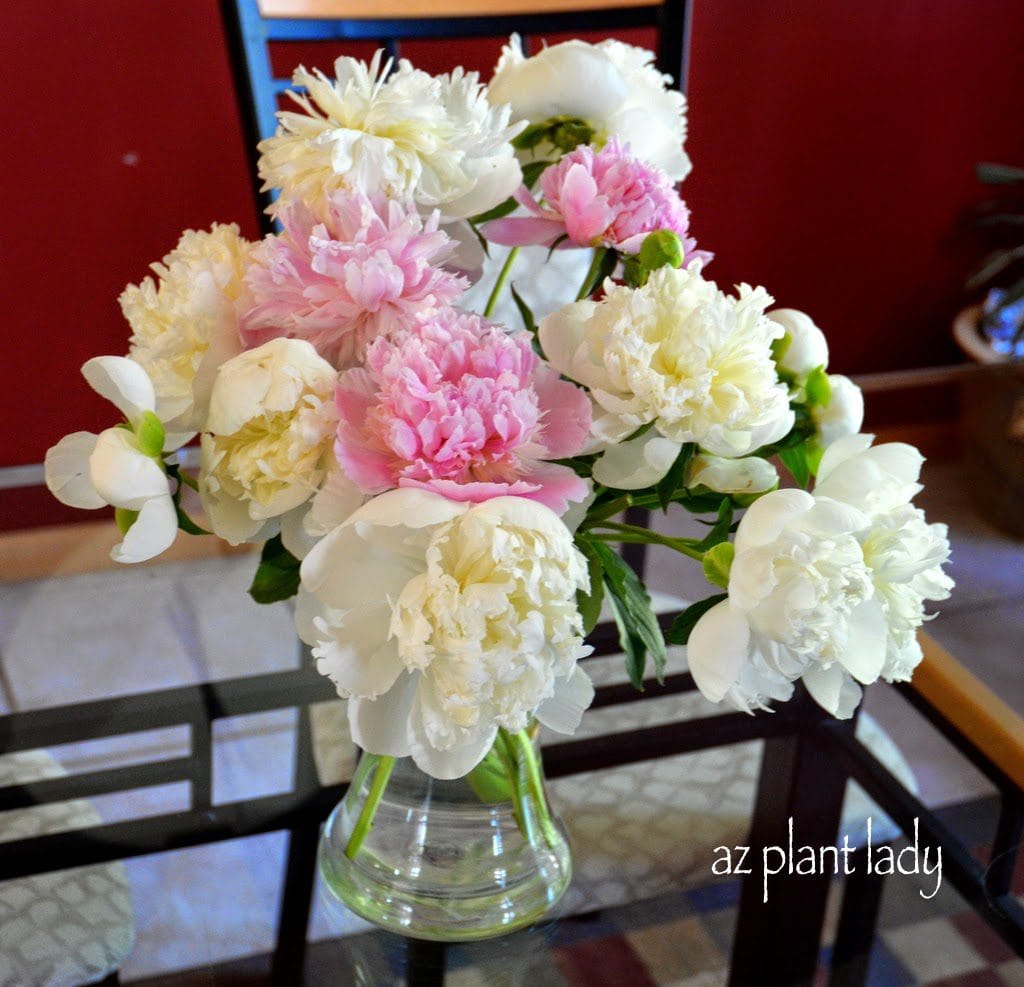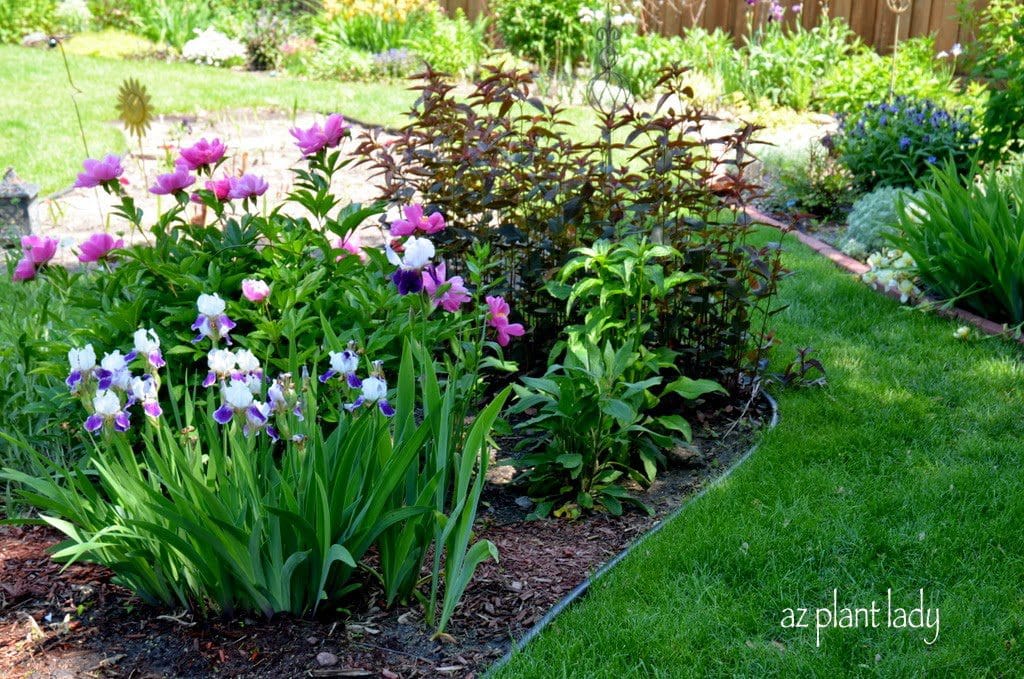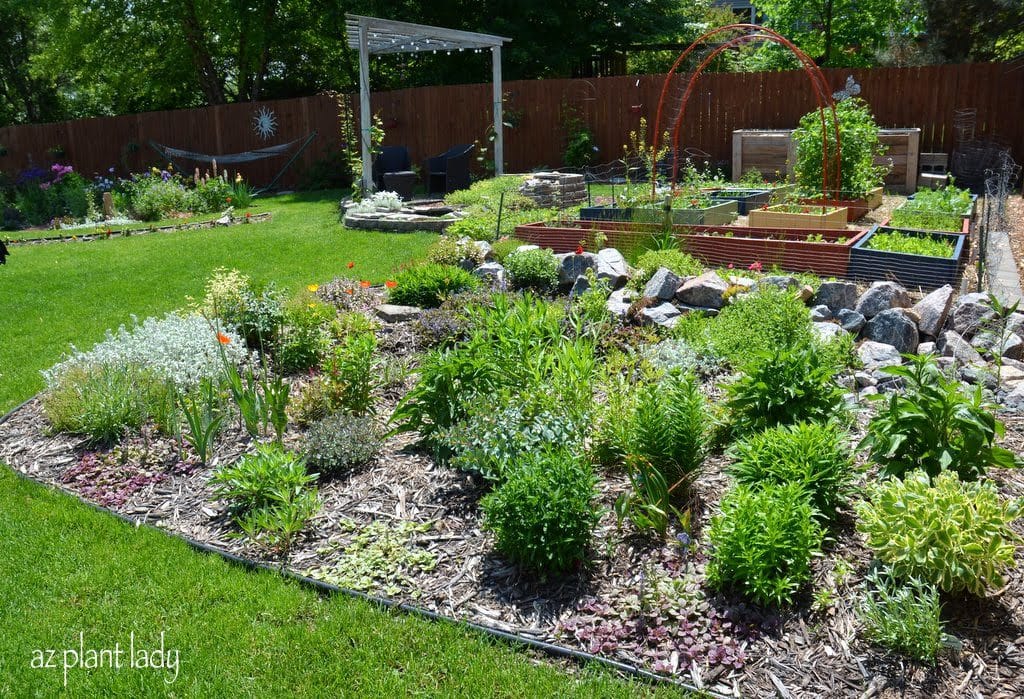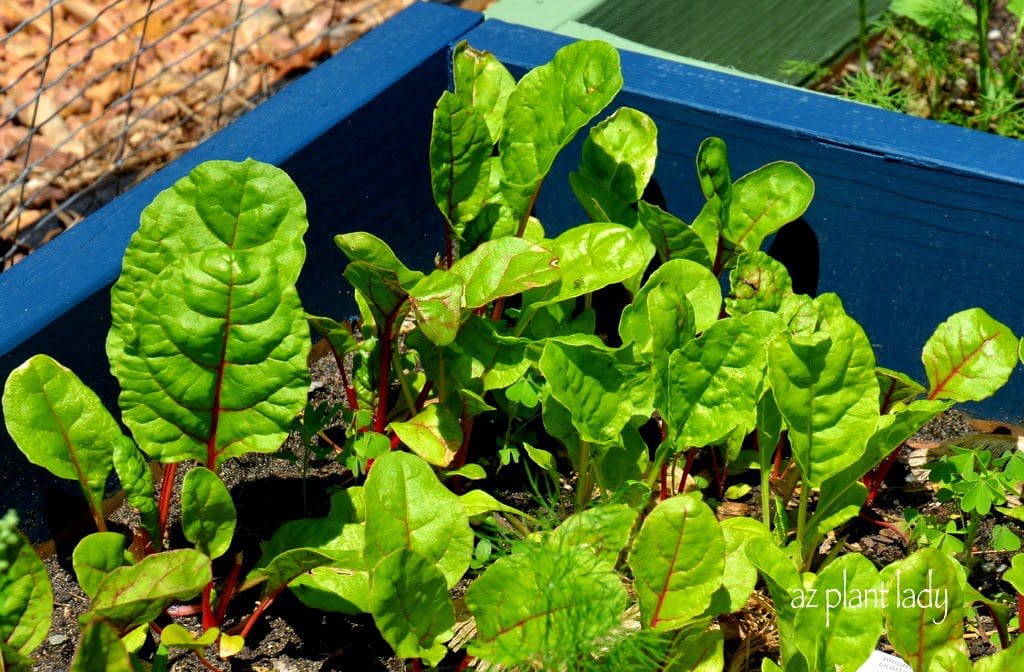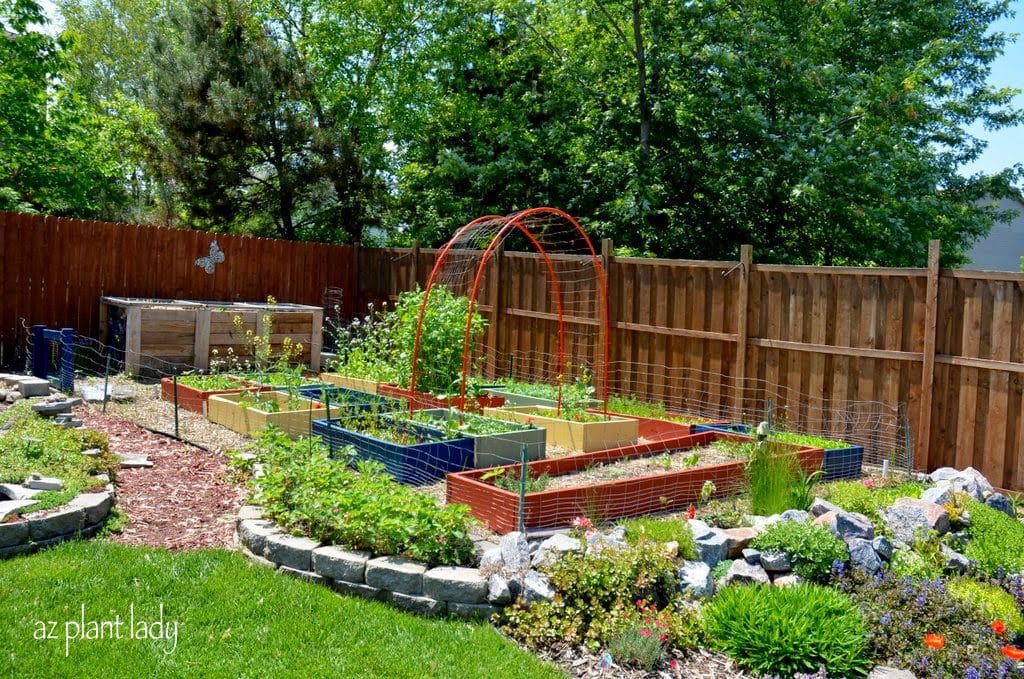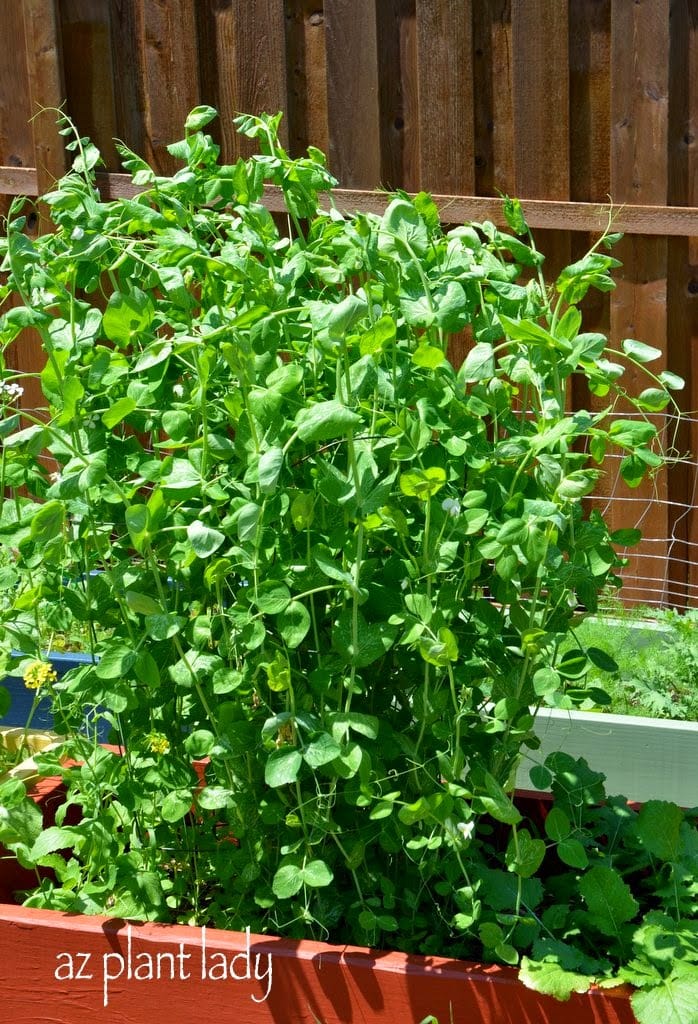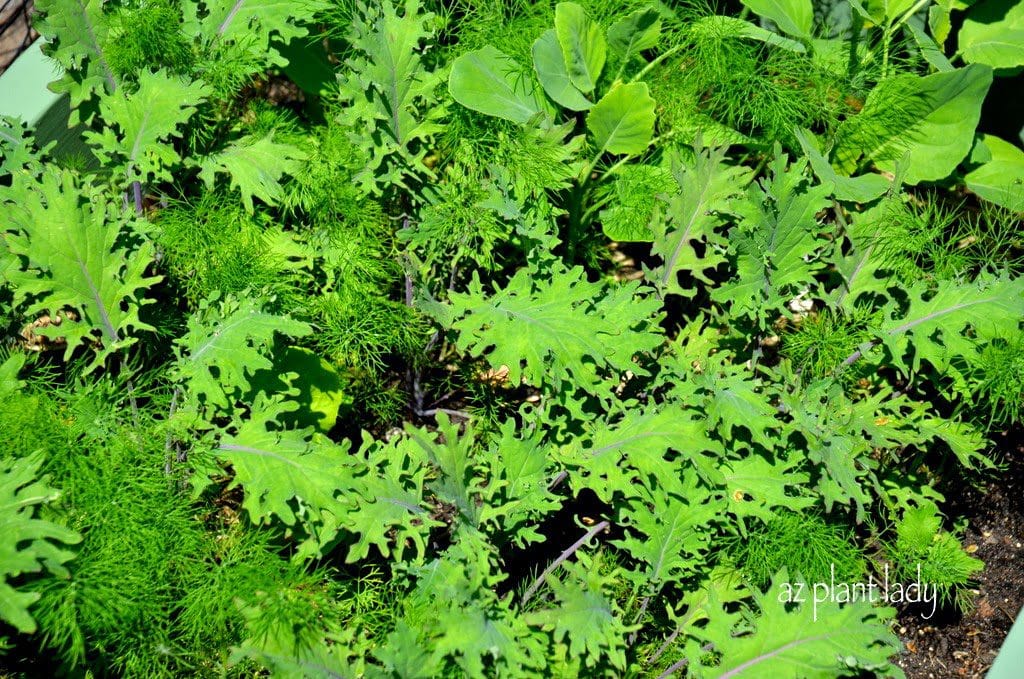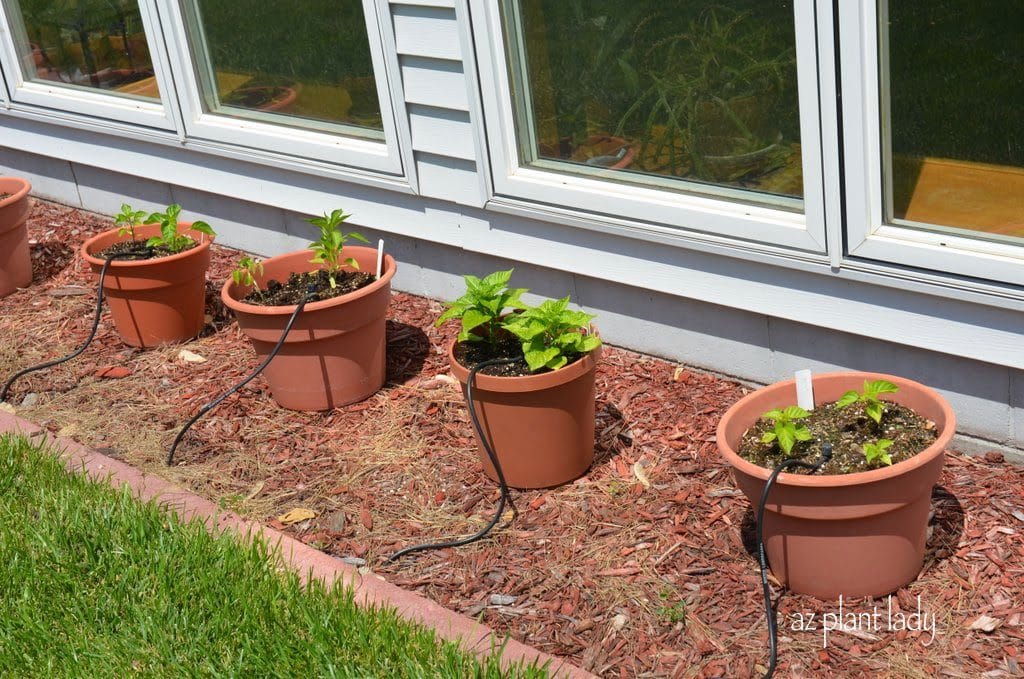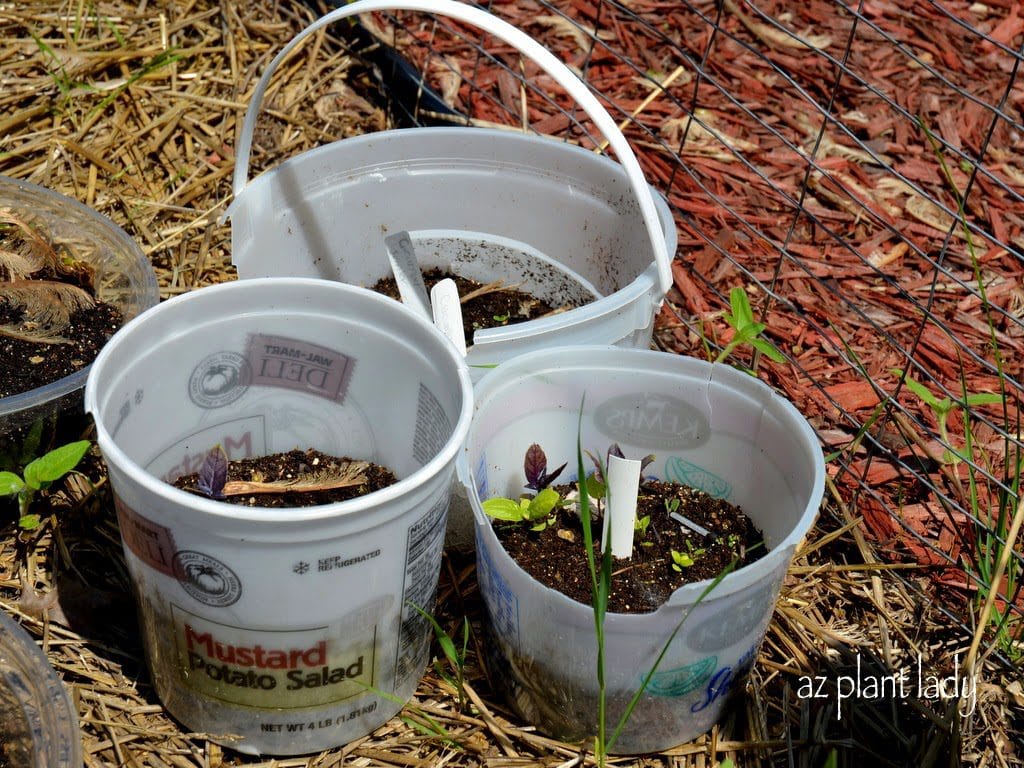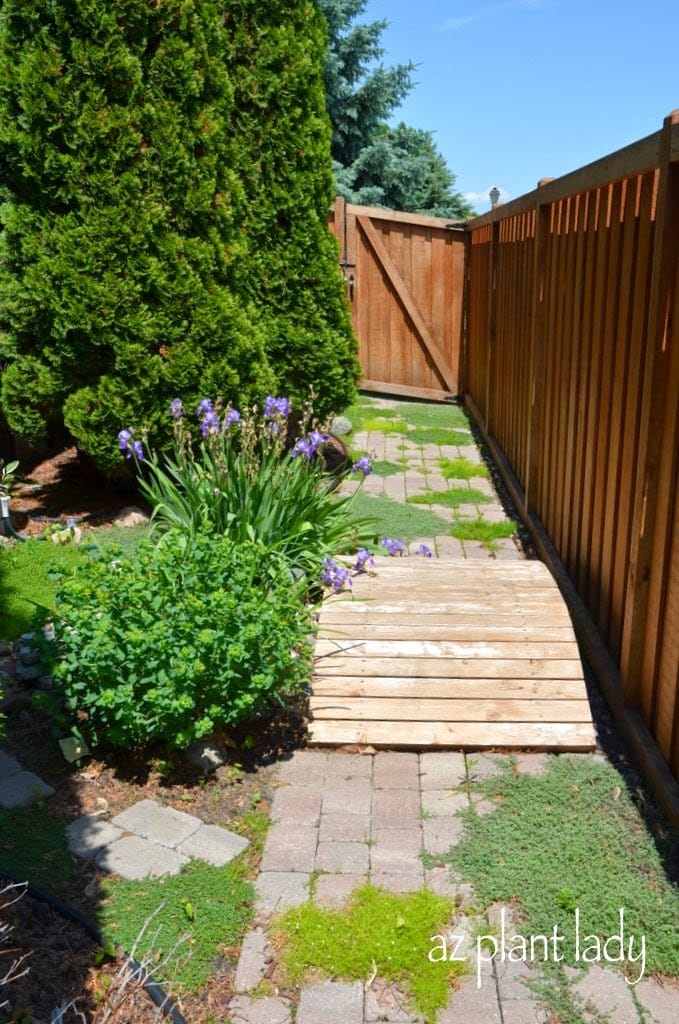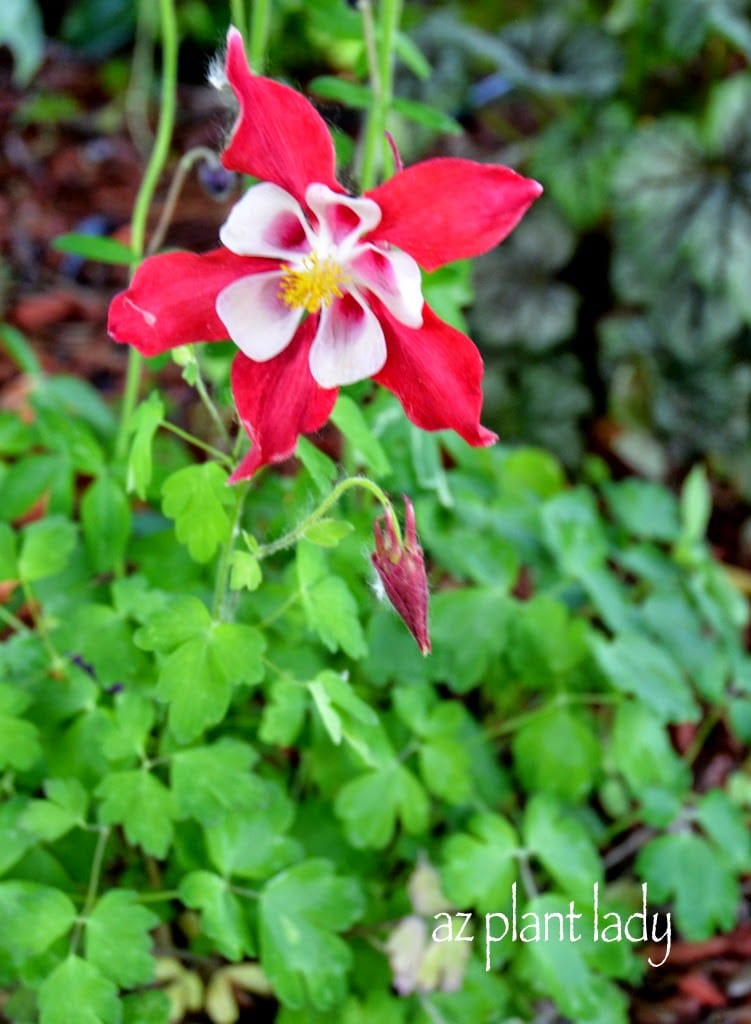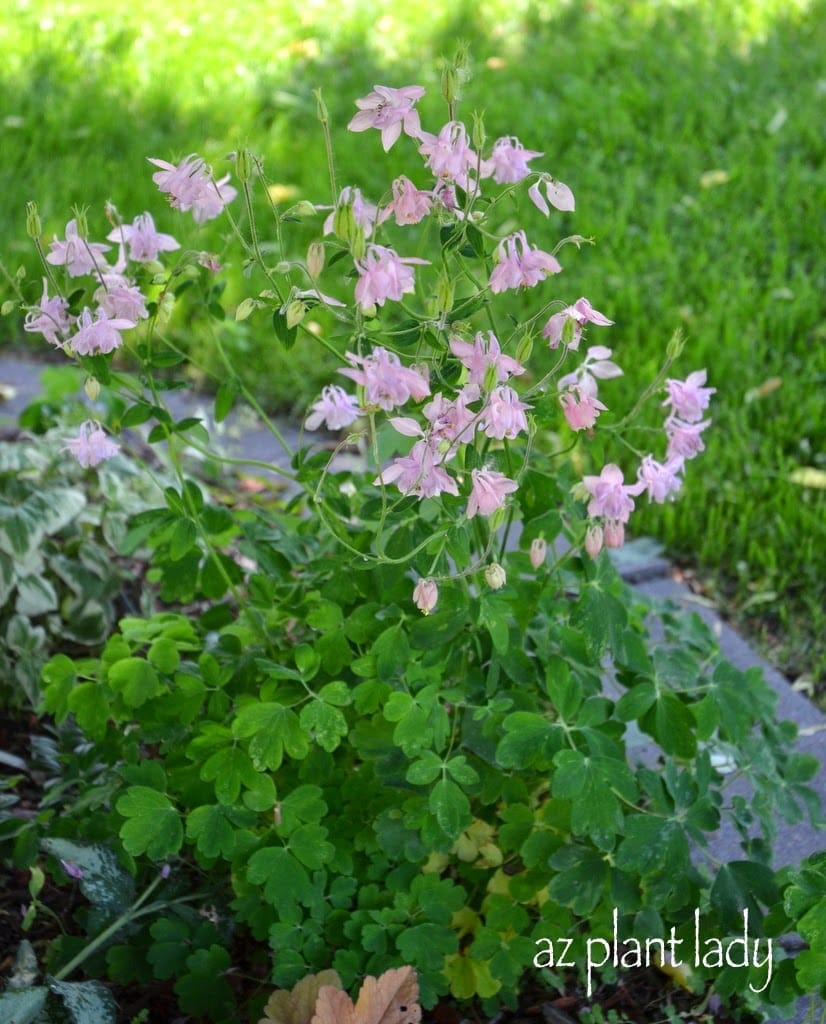Do you ever find yourself pulling into the drive-thru of a fast food restaurant?
I do.
Lately, I have been very busy with landscape consults as well as working on a large golf course re-landscaping project, which have resulted in more than my share of visits to the local drive-thru. Add to that my preparations for a local craft fair in November (along with my sister and mom where I am making basil salt, seed bombs and air plants mounted on creosote roots), preparations for an upcoming family reunion as well as hosting my daughter’s baby shower – we will probably be making quite a few more visits to the drive-thru.
Normally, drive-thru restaurants are places where you can see examples of poor design showcasing overplanted and over pruned shrubs that are too large for the narrow landscape spaces by the drive-thru lane. However, I was truly surprised during one trip through at my local fast food restaurant.
First, let’s look at the landscaping you normally find as you visit the drive-thru…
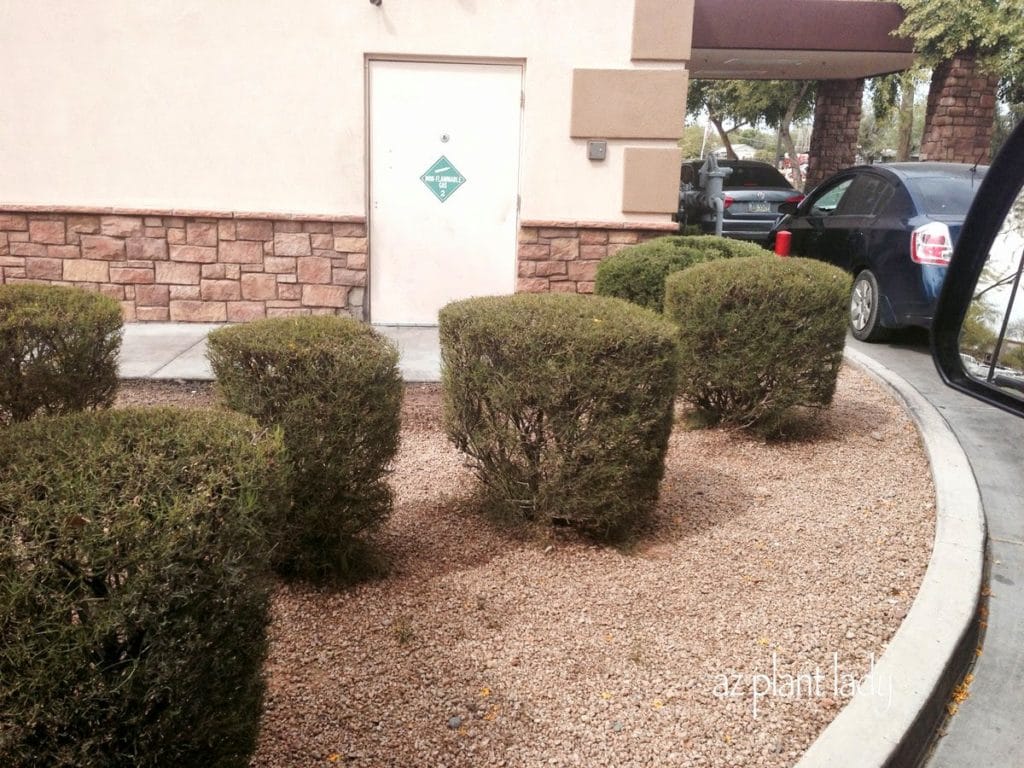
Over pruned feathery cassia shrubs (Senna artemisioides)
These shrubs would actually work well in this space if you reduced the amount down to three and allowed them to grow to their natural size and form…
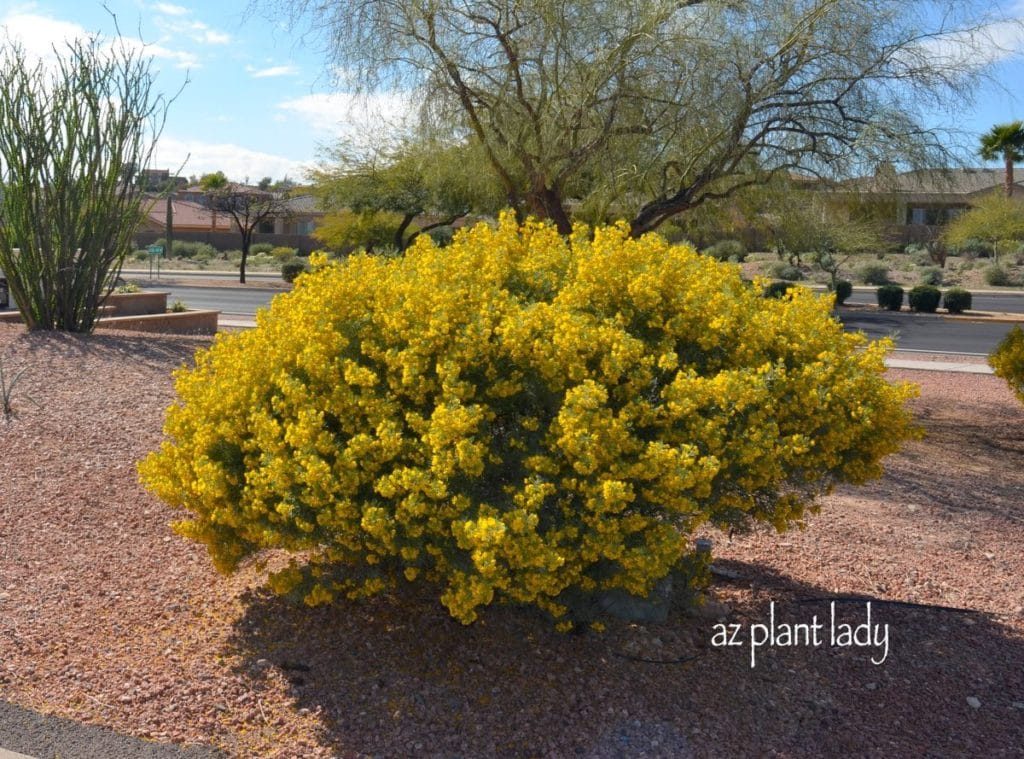
Feathery cassia in bloom
Do you think that those overpruned shrubs ever have any flowers appearing in late winter and spring, like this one?
I didn’t think so.
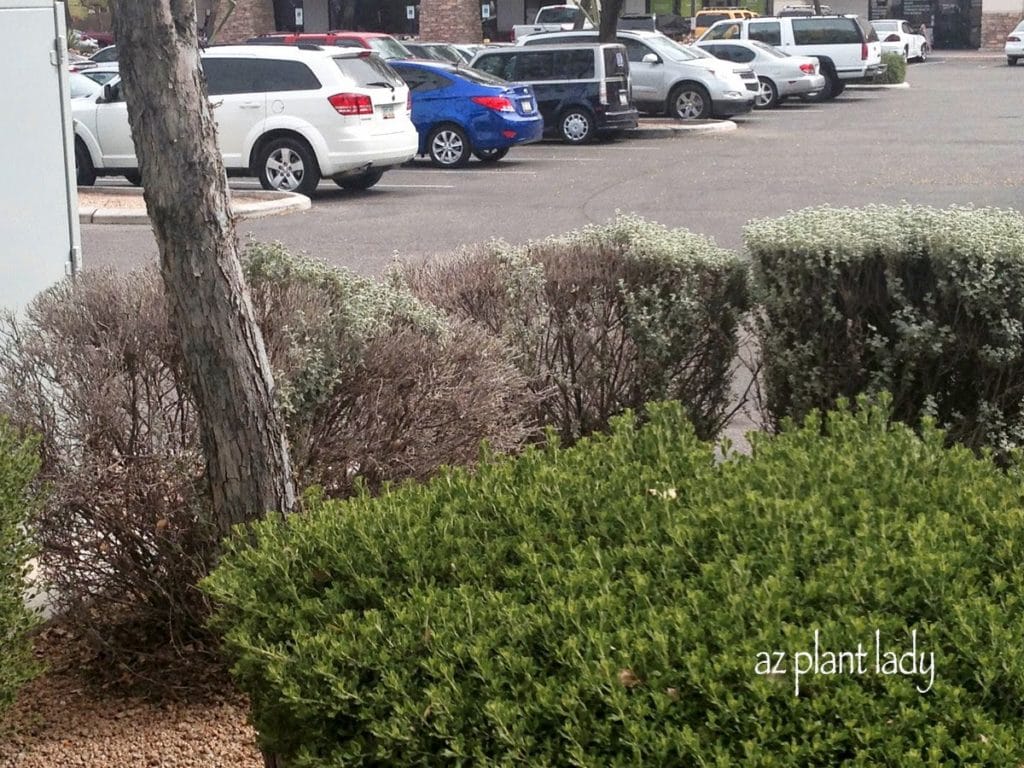
In the Southwest, the types of shrubs that you are most likely to see growing along drive-thru landscapes are oleander and Texas sage species.
Lately, Valentine bush, which is one of my favorite shrubs, has also been showing up more often in these areas.
Again, the problem is too many plants in not enough space. Couple that with the compulsive need to strip the natural beauty from these beautiful, flowering shrubs in an attempt to create anonymous green shapes and you have the perfect scenario for drive-thru landscapes.
With so many bad examples of landscaping while visiting the drive-thru, I must admit that I’ve become somewhat de-sensitized and purposely ignore it.
However, a recent visit to the drive-thru made me take a second look as I drove past this…
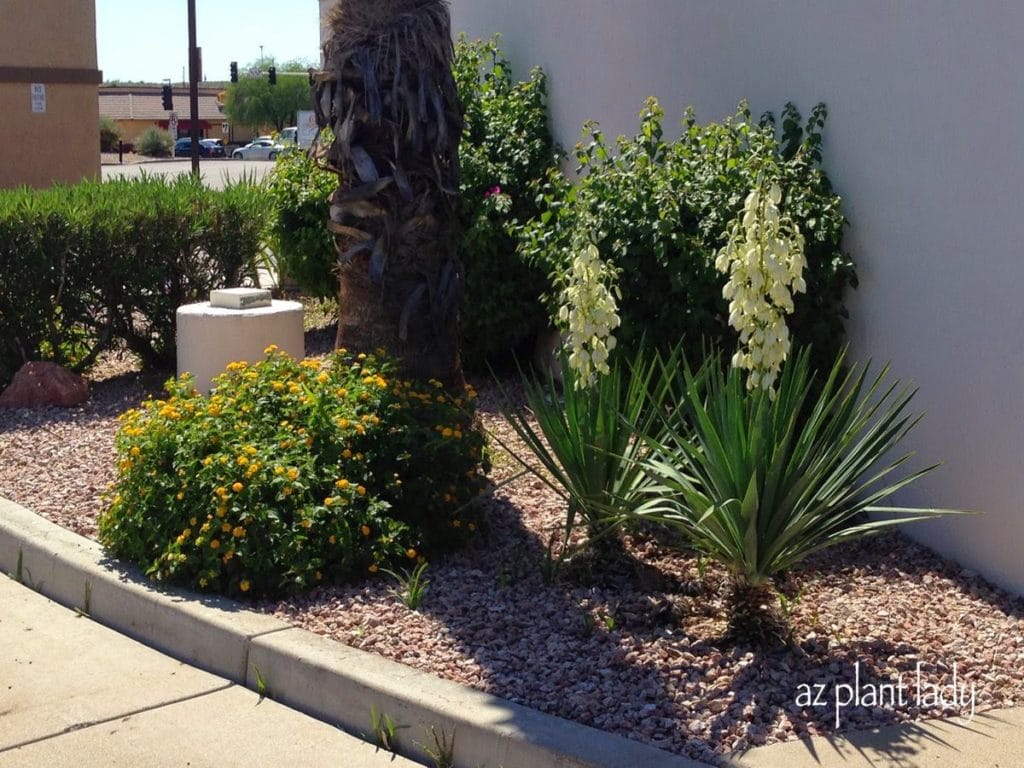
Notice anything different?
The plants actually fit into this space and without over pruning!
There is room for the bougainvillea against the wall to grow and while the lantana could use a little more room – it is looking great too.
What I really liked about this landscape was the use of banana yucca. Its leaves added great spiky texture and the flowers are just lovely.
*I did notice the overpruned dwarf oleanders in the background, but I’m ignoring them.
Using fewer shrubs and allowing them room to grow is a great start to rethinking the drive-thru landscape.
The next important part is to stop the frequent pruning of flowering shrubs.
I’d love to see a mix of shrubs and succulents in drive-thru landscapes for more interest, less maintenance and that is more water efficient.
For now, I will keep trying to keep my eyes open for another great example of a drive-thru landscape.
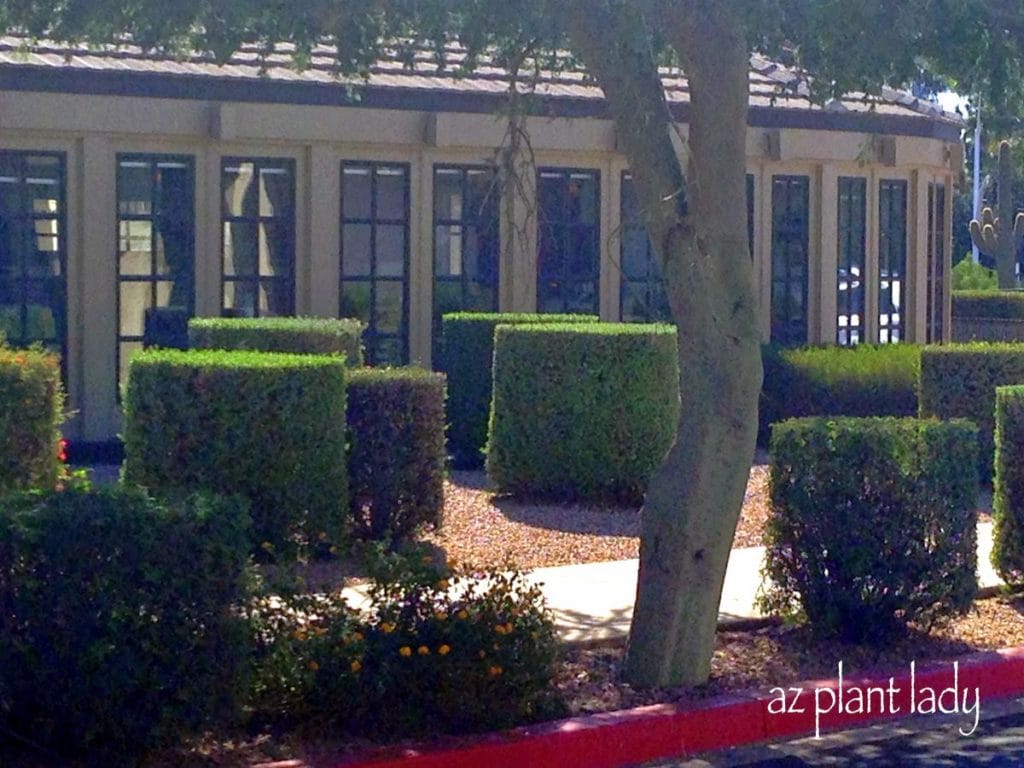
But, I think it may be awhile…
***************************
For other examples of drive-thru landscapes, click here.
If you have shrubs that resemble this and would like to have beautiful shrubs with a pleasing natural shape that actually flowers as well as see some other examples of bad pruning – click here for some of my favorite pruning posts.


